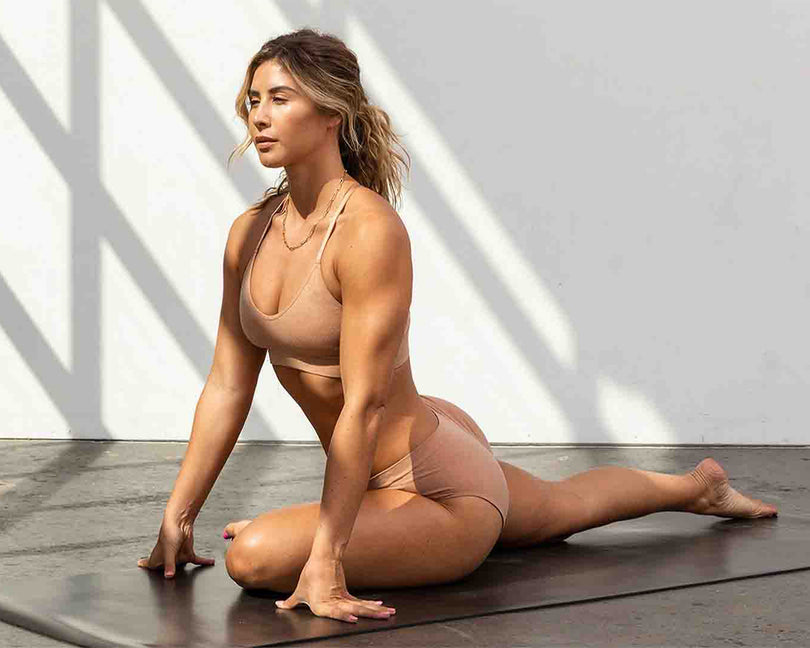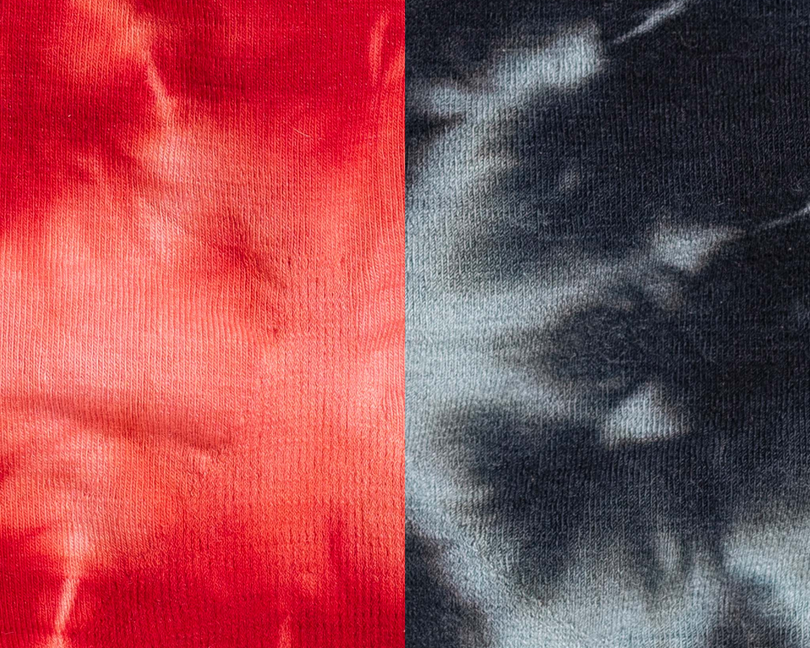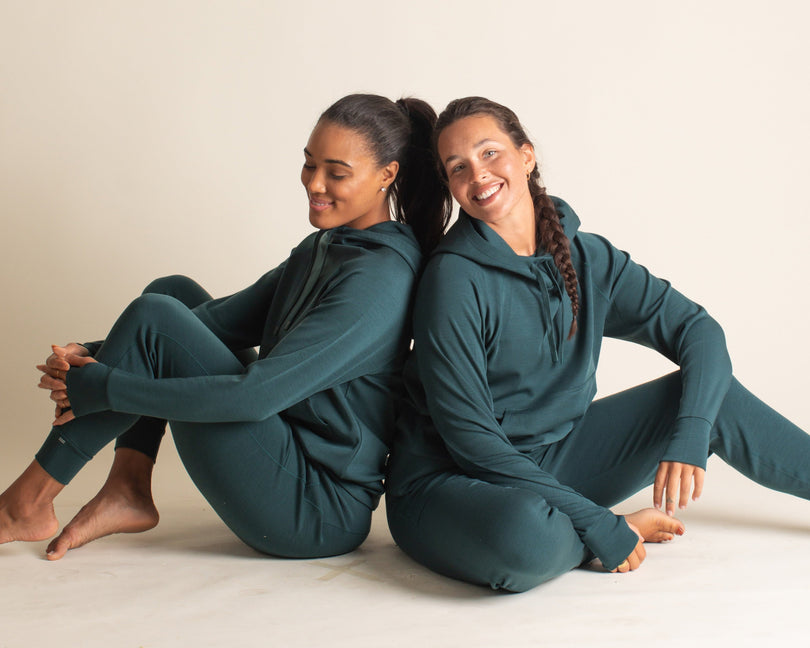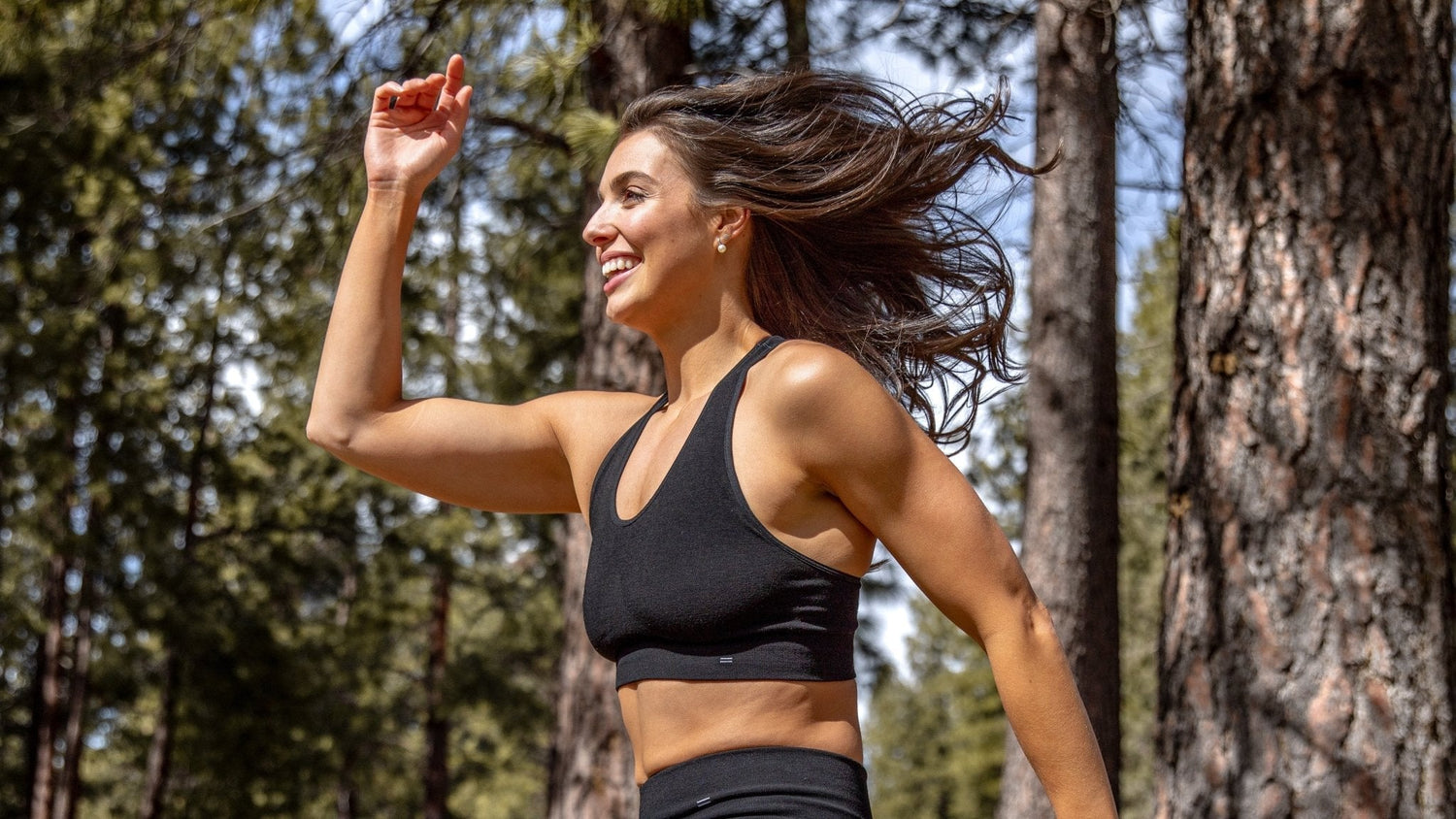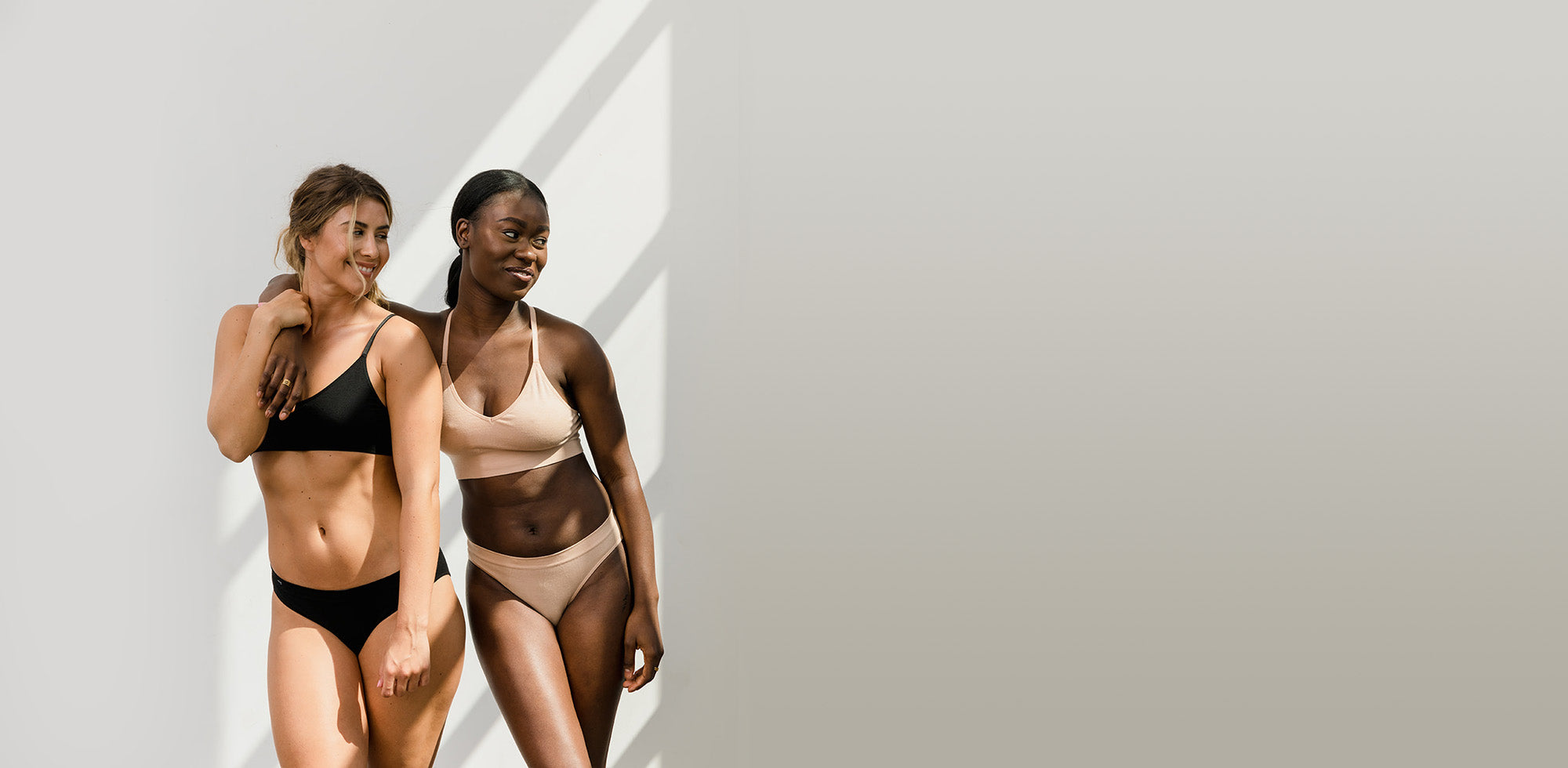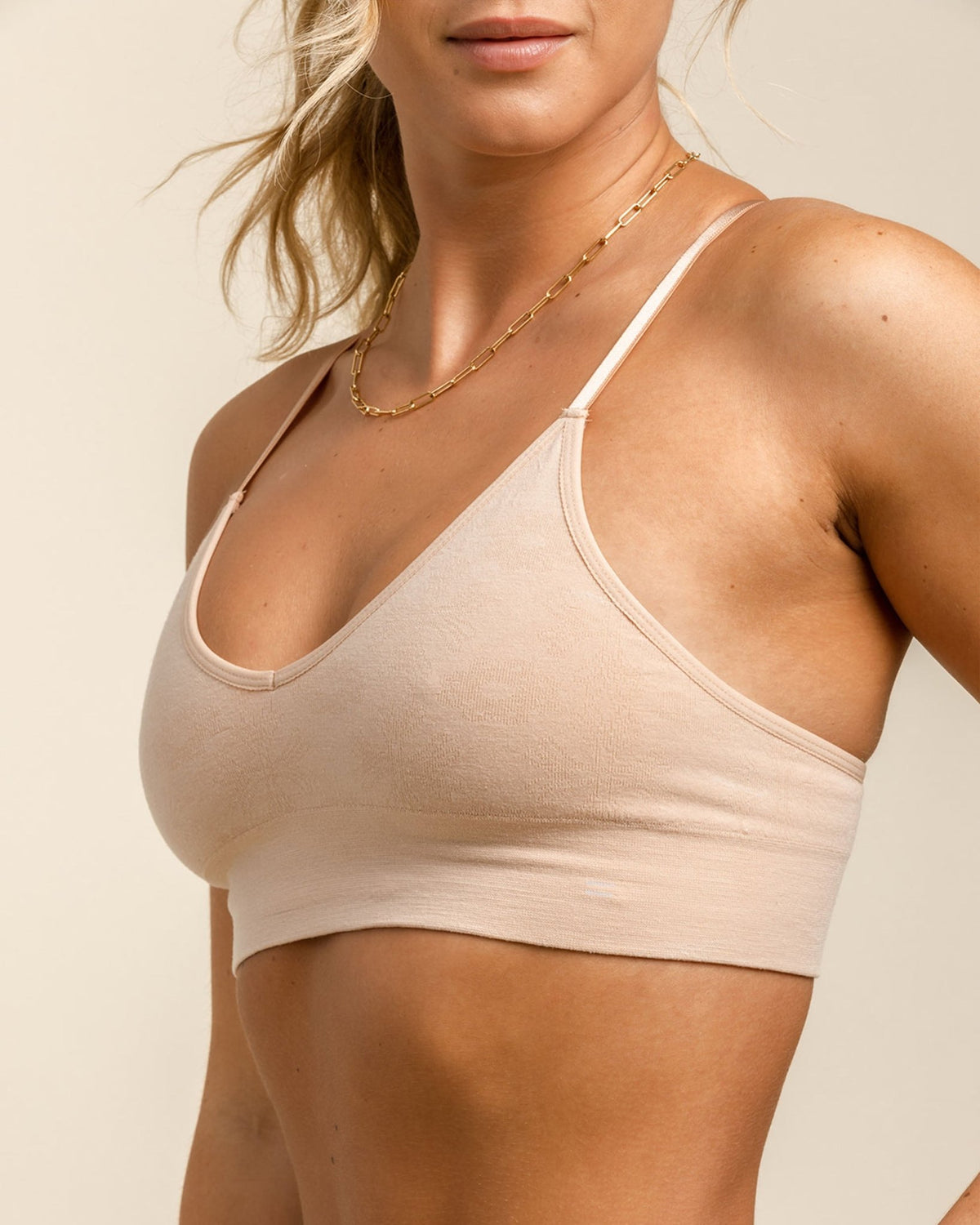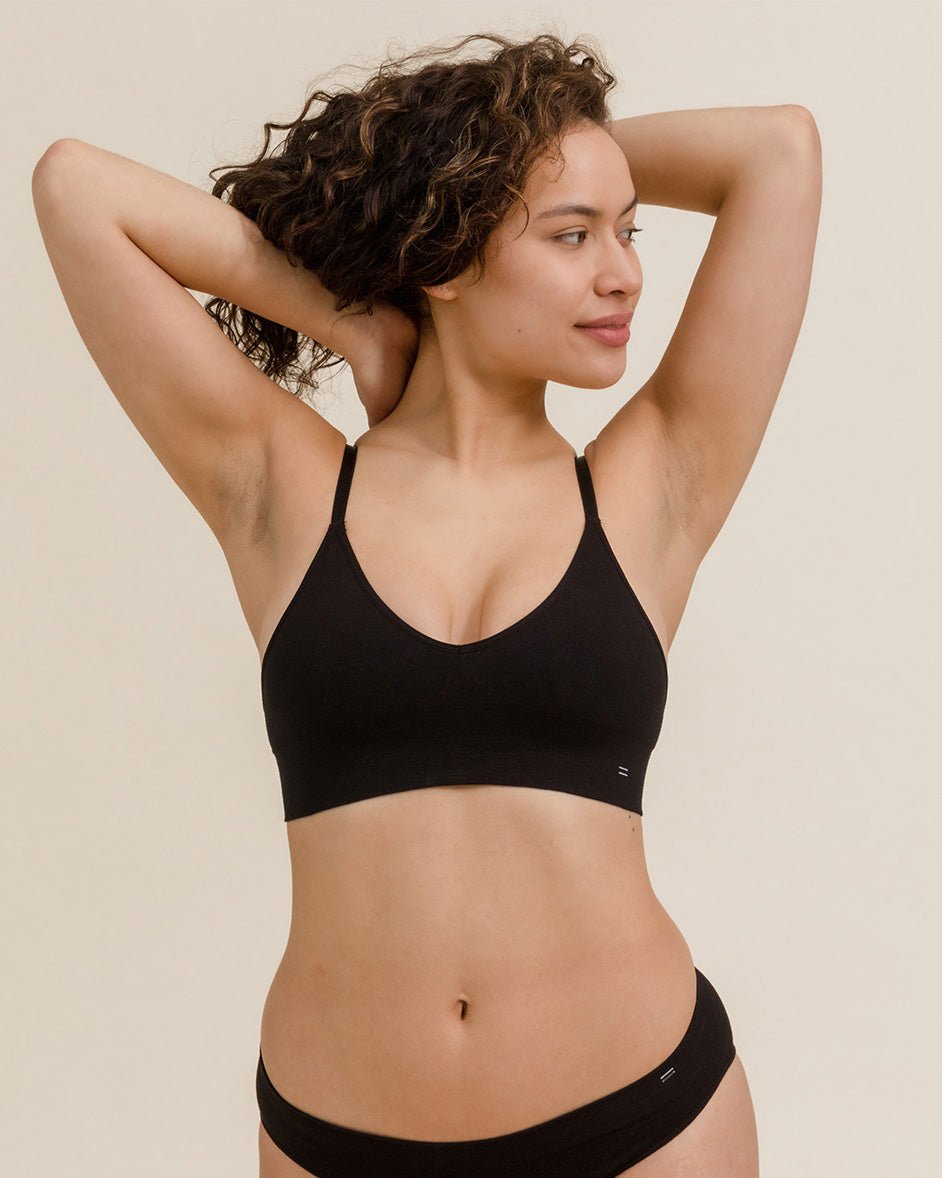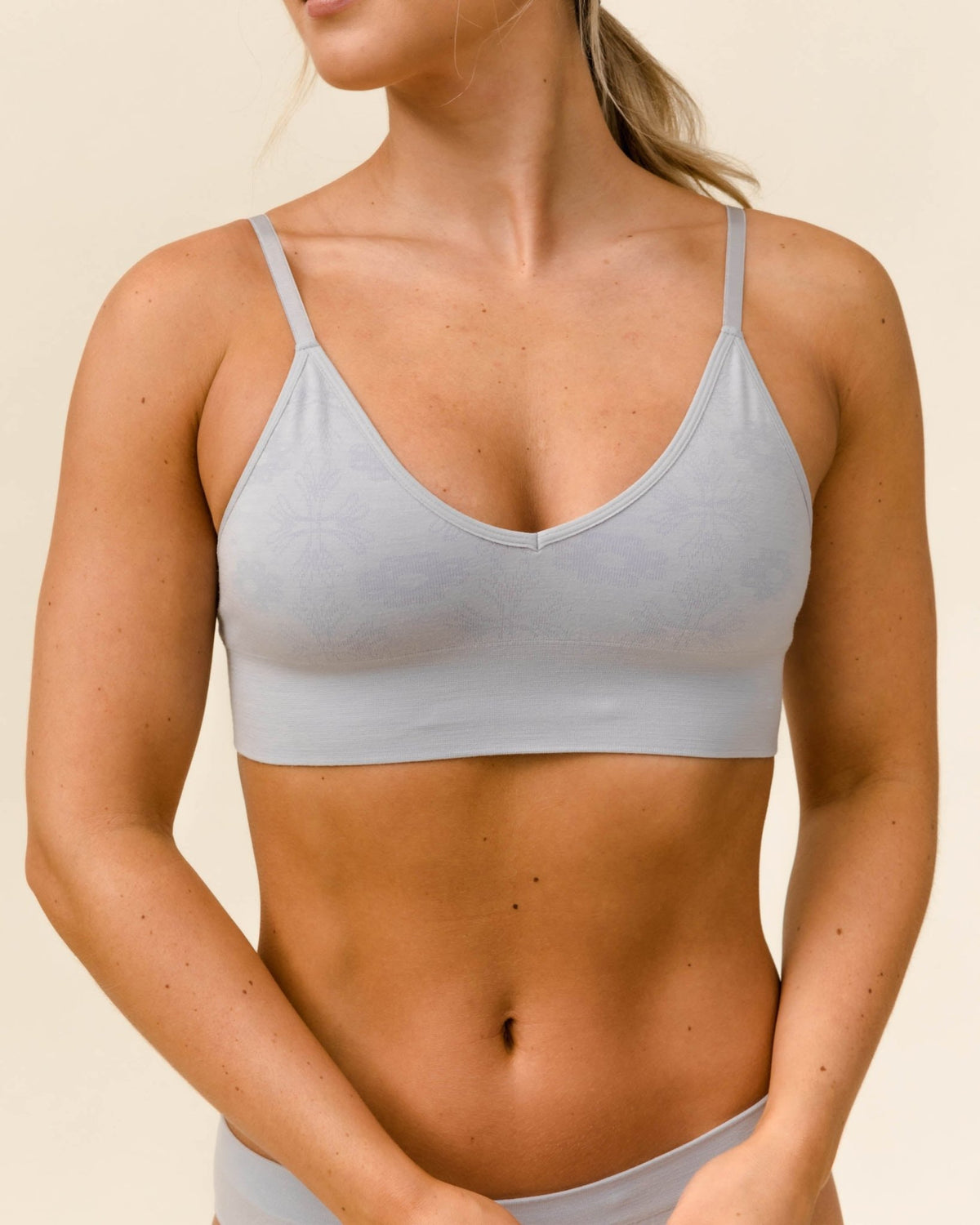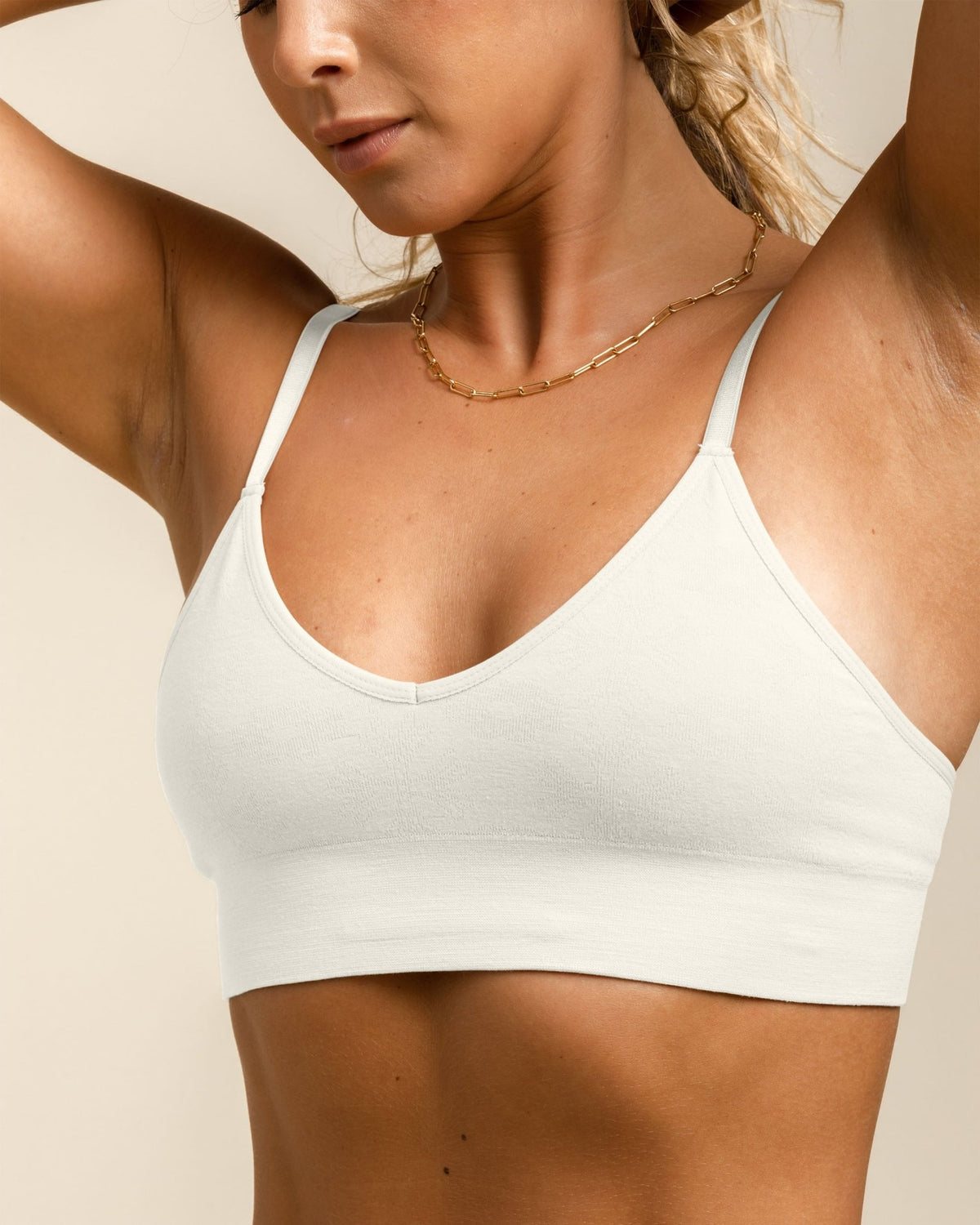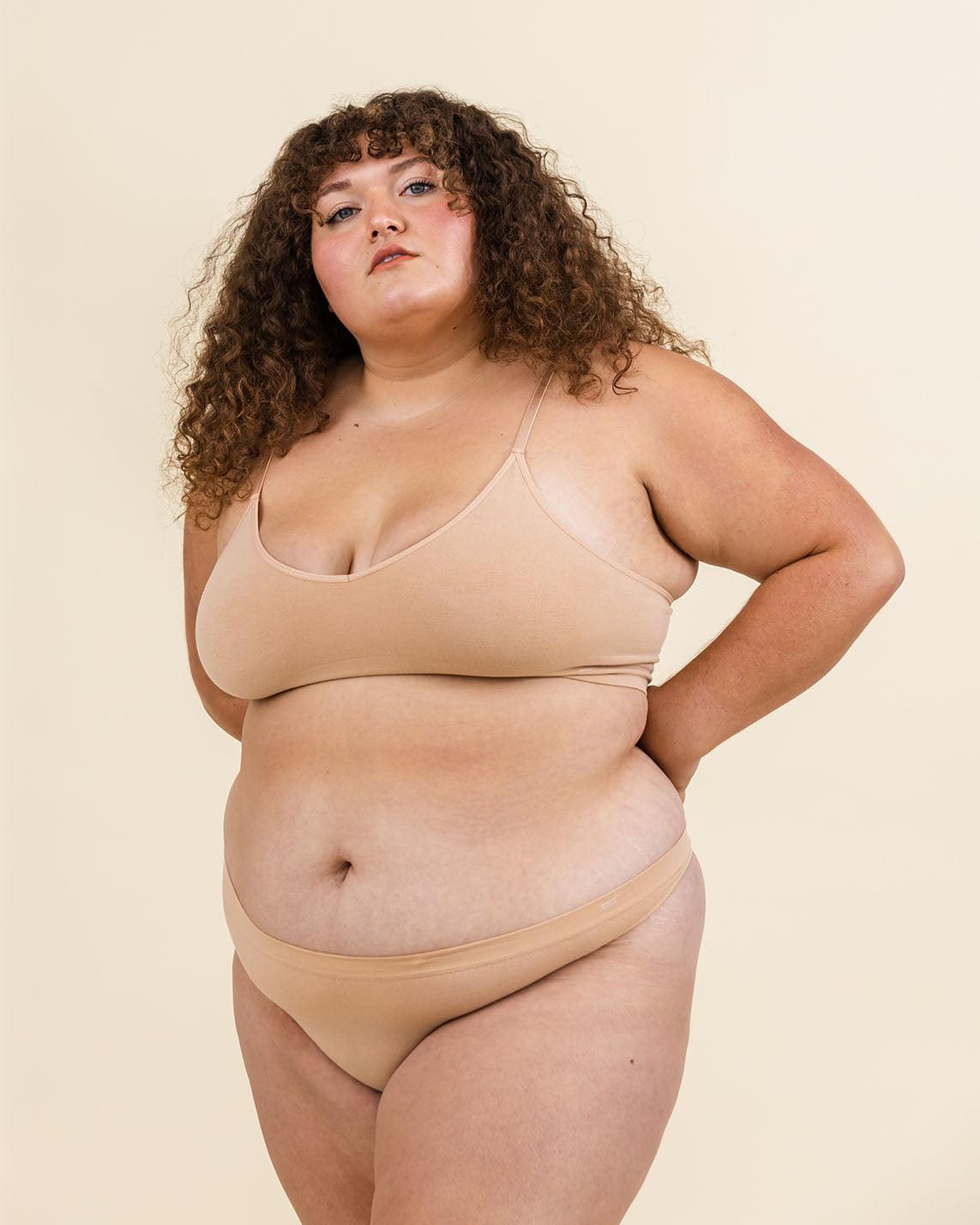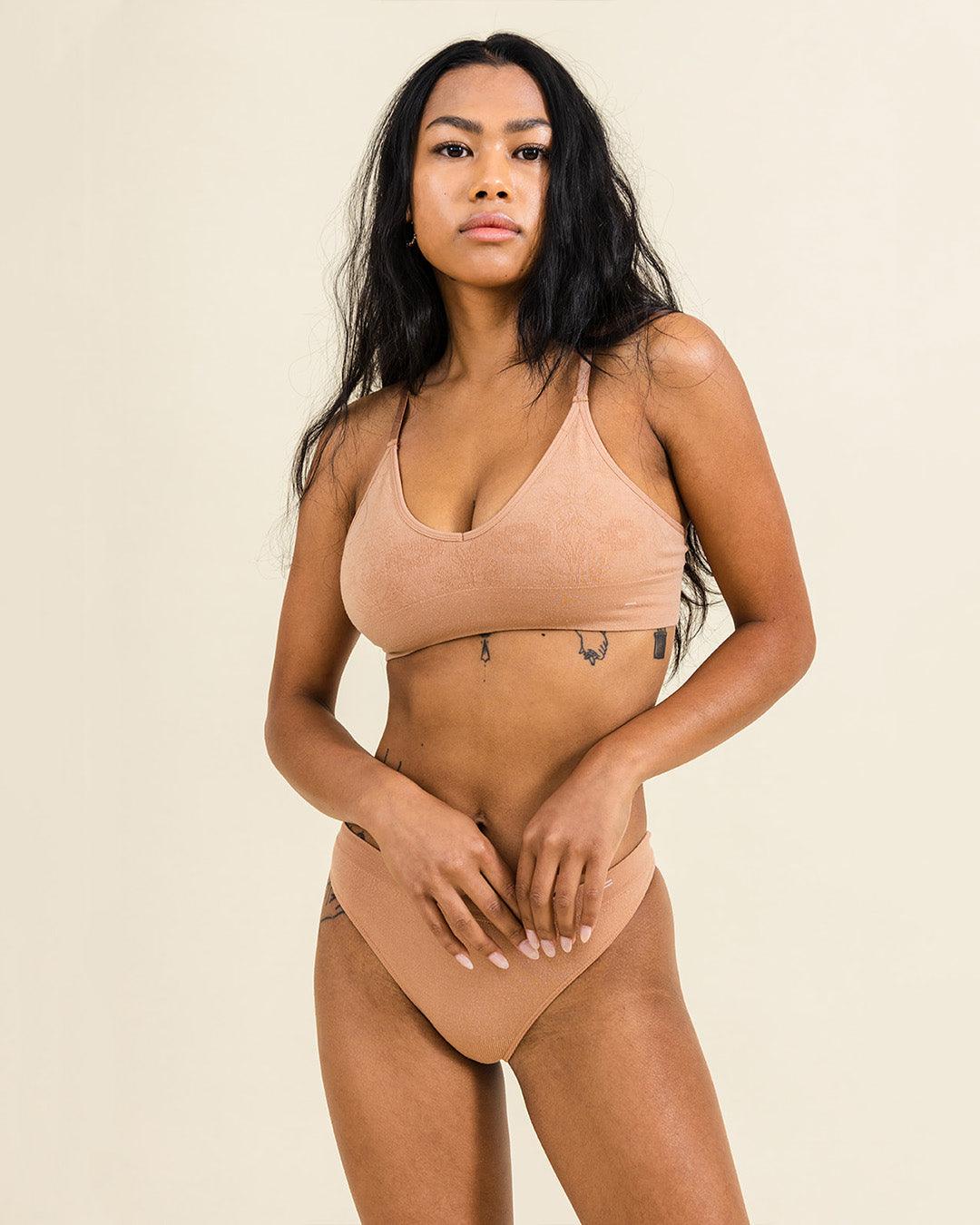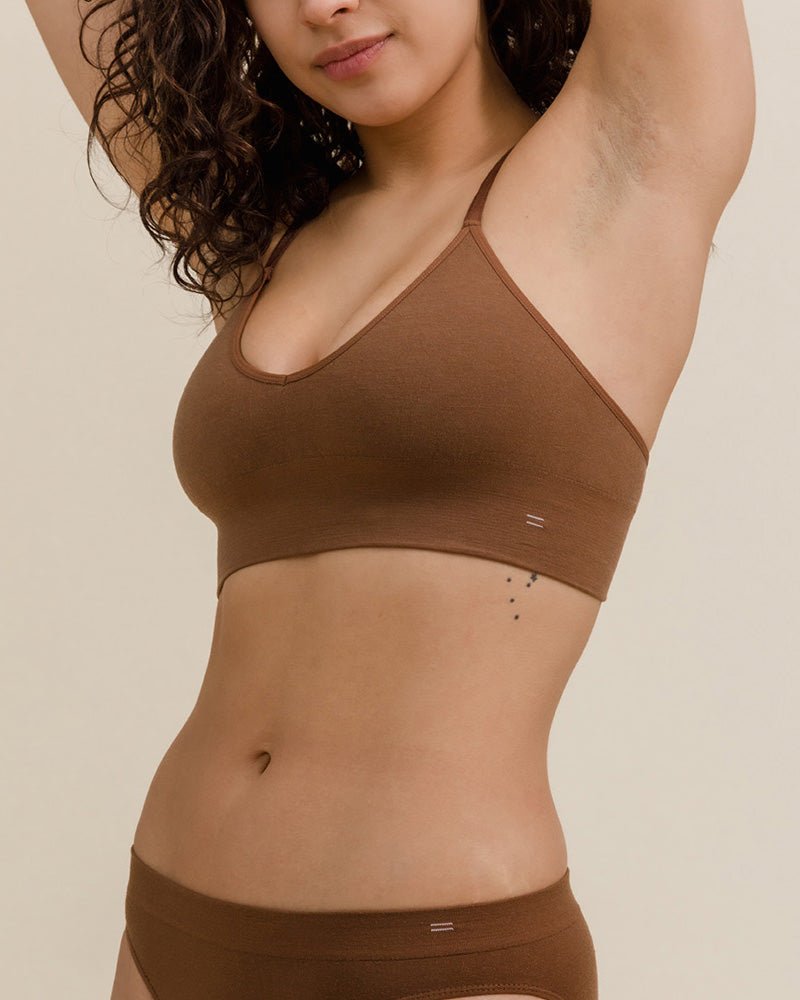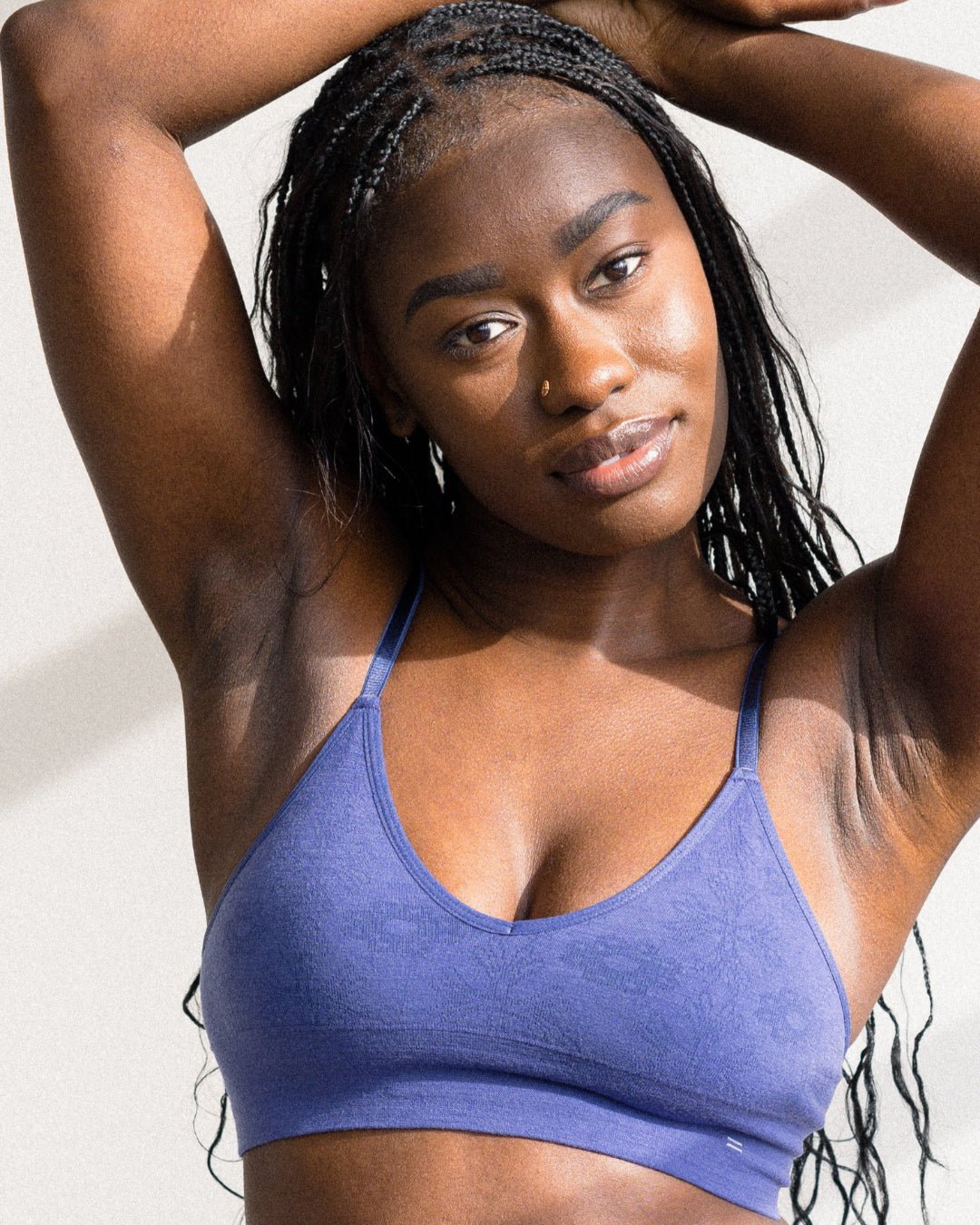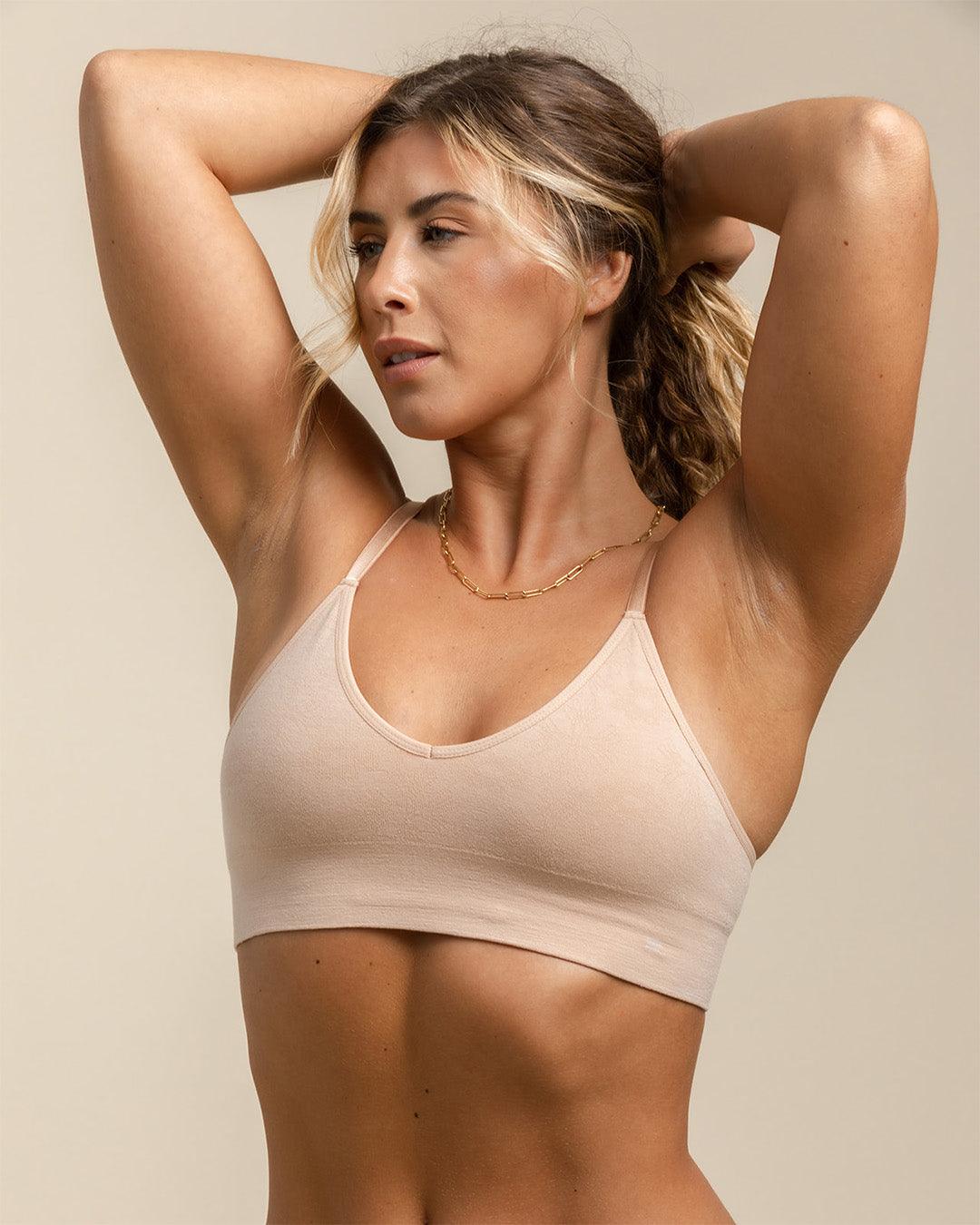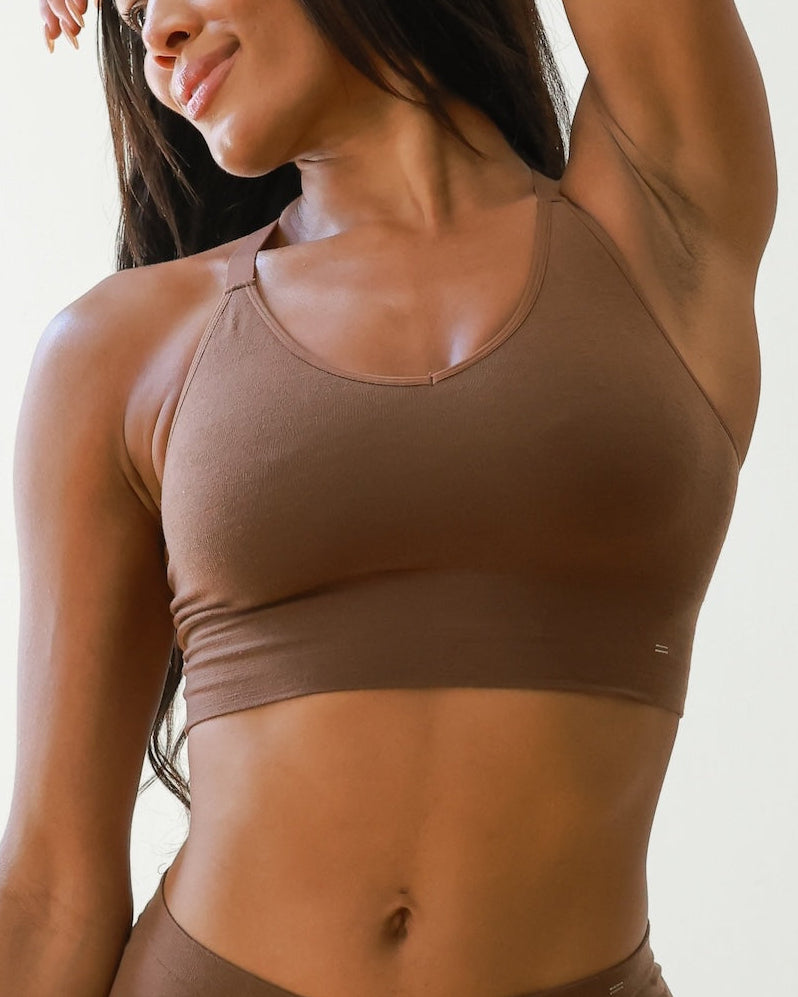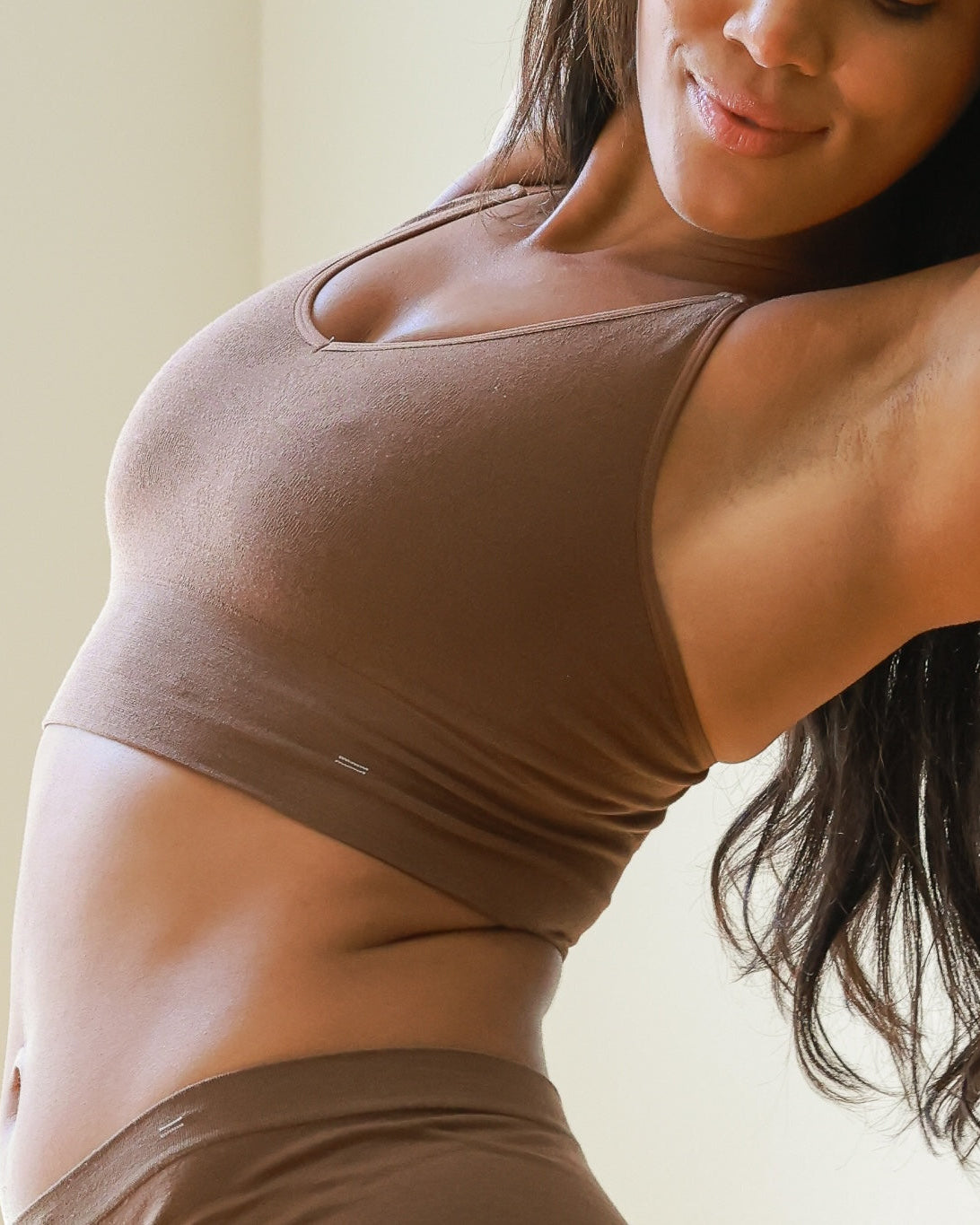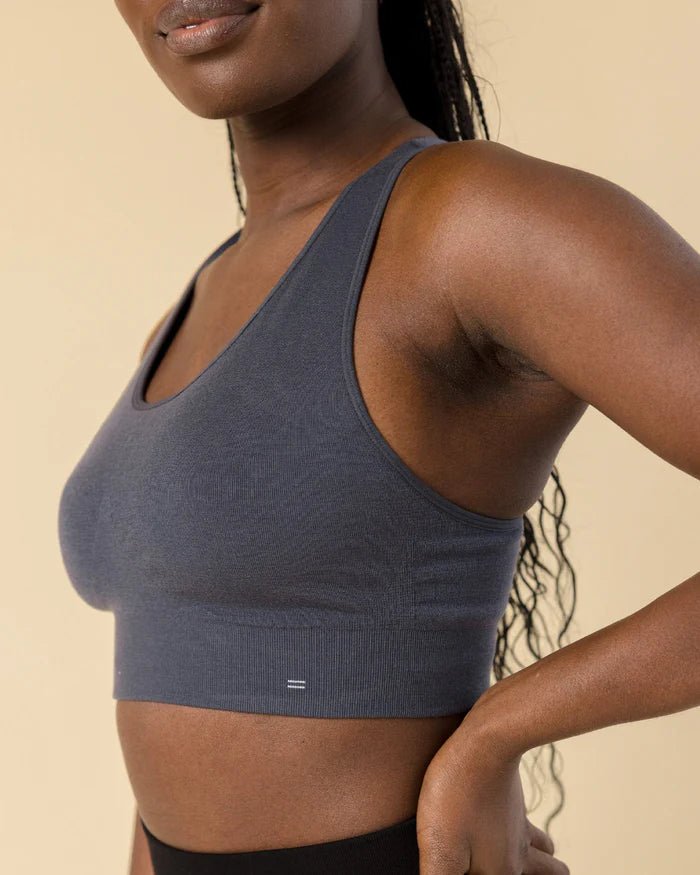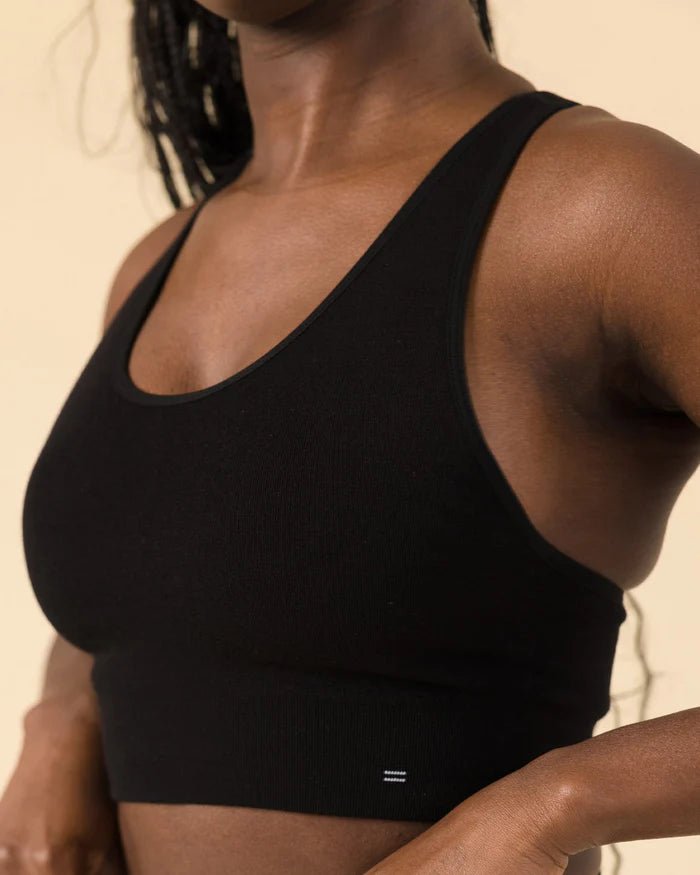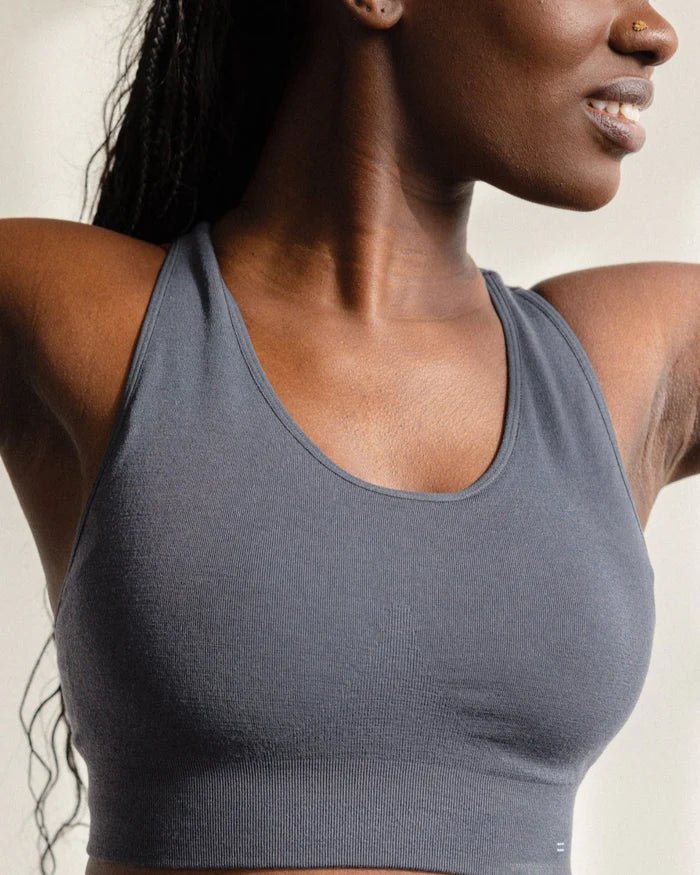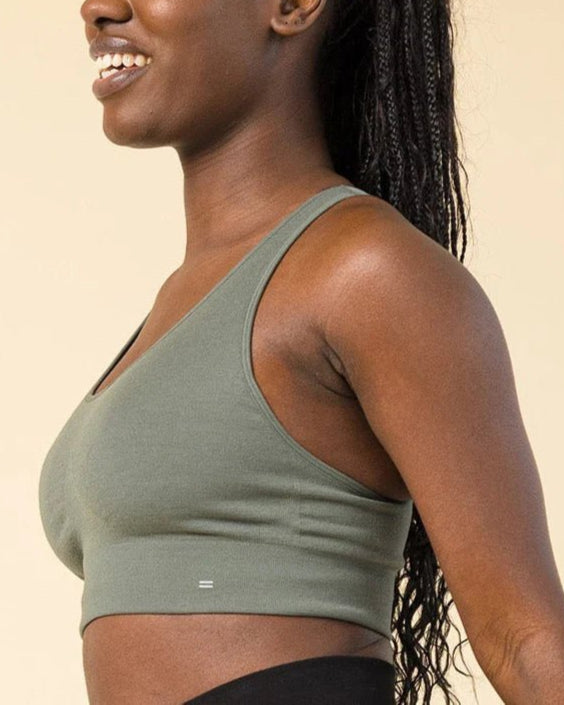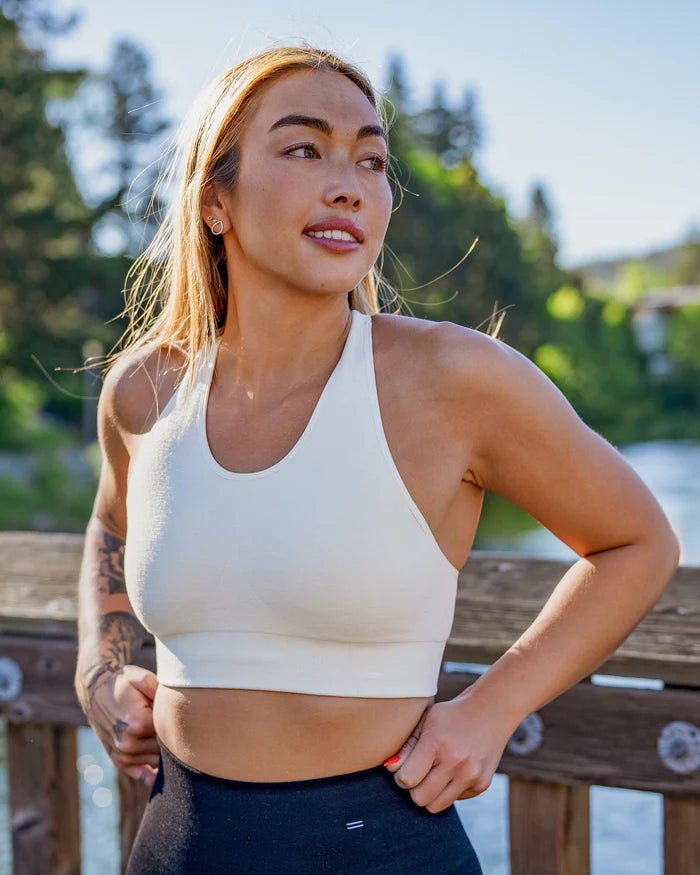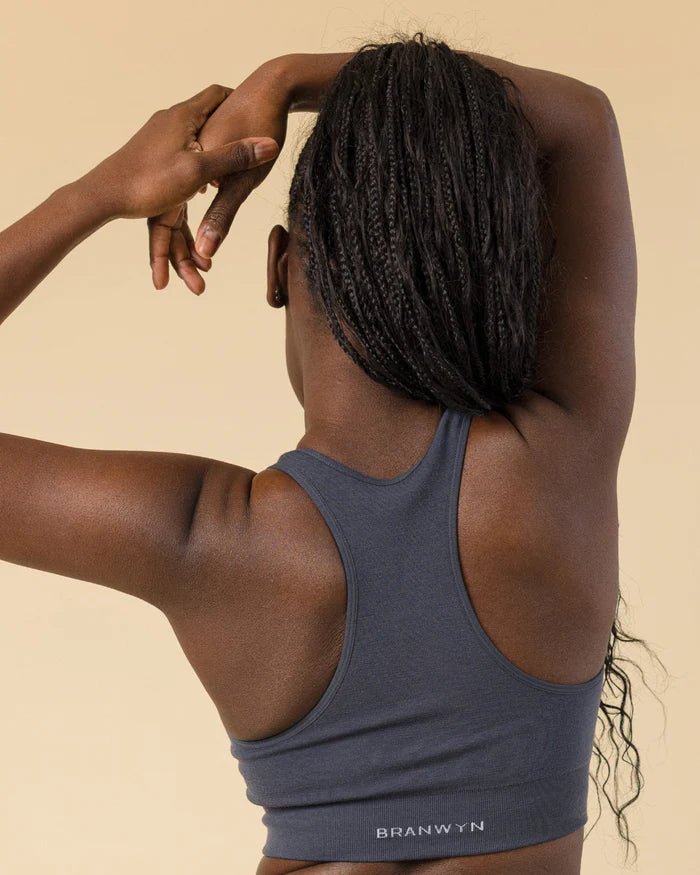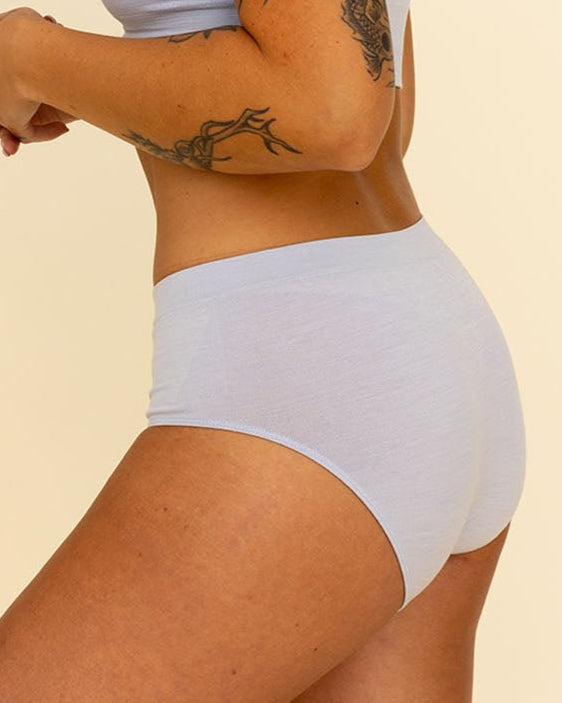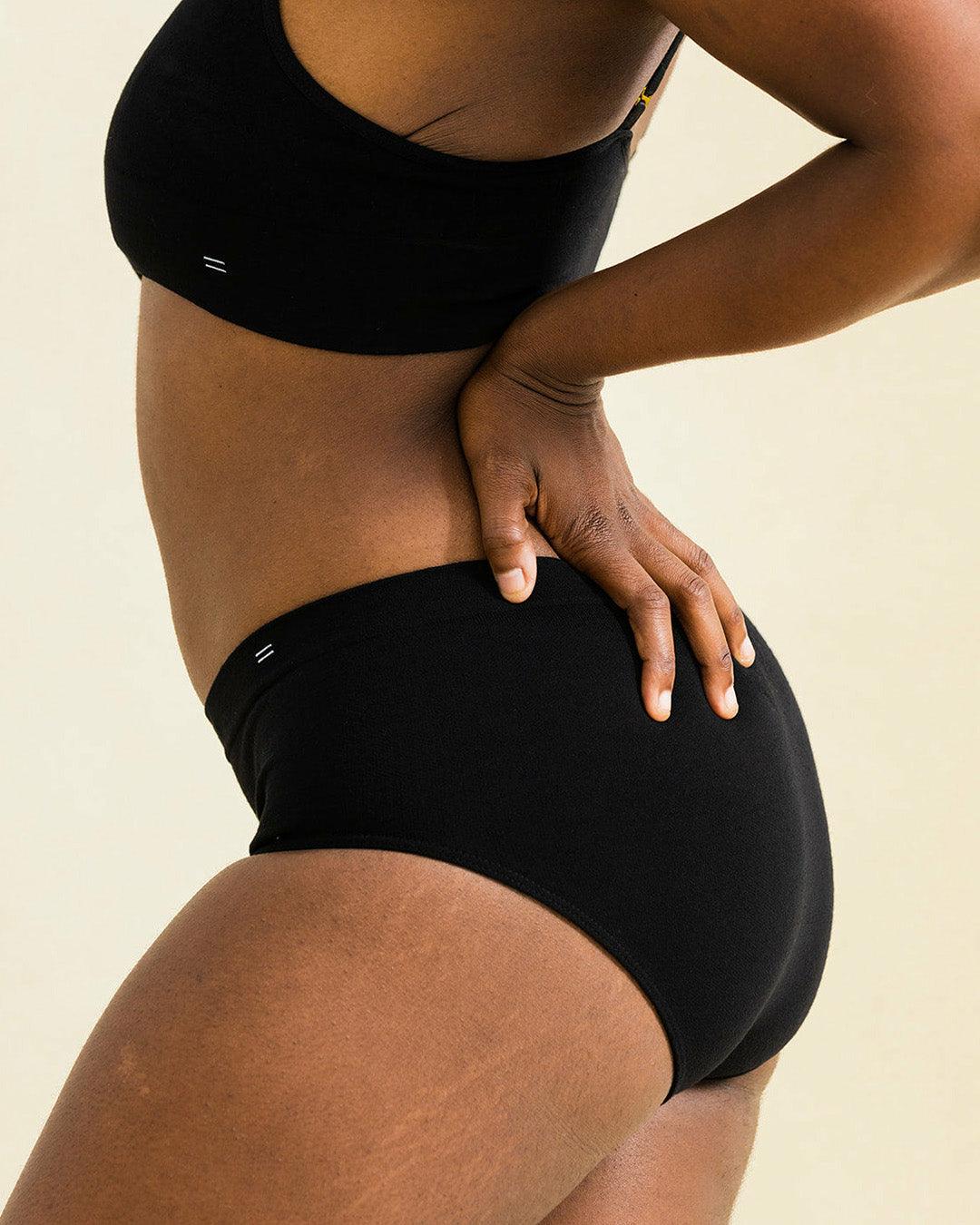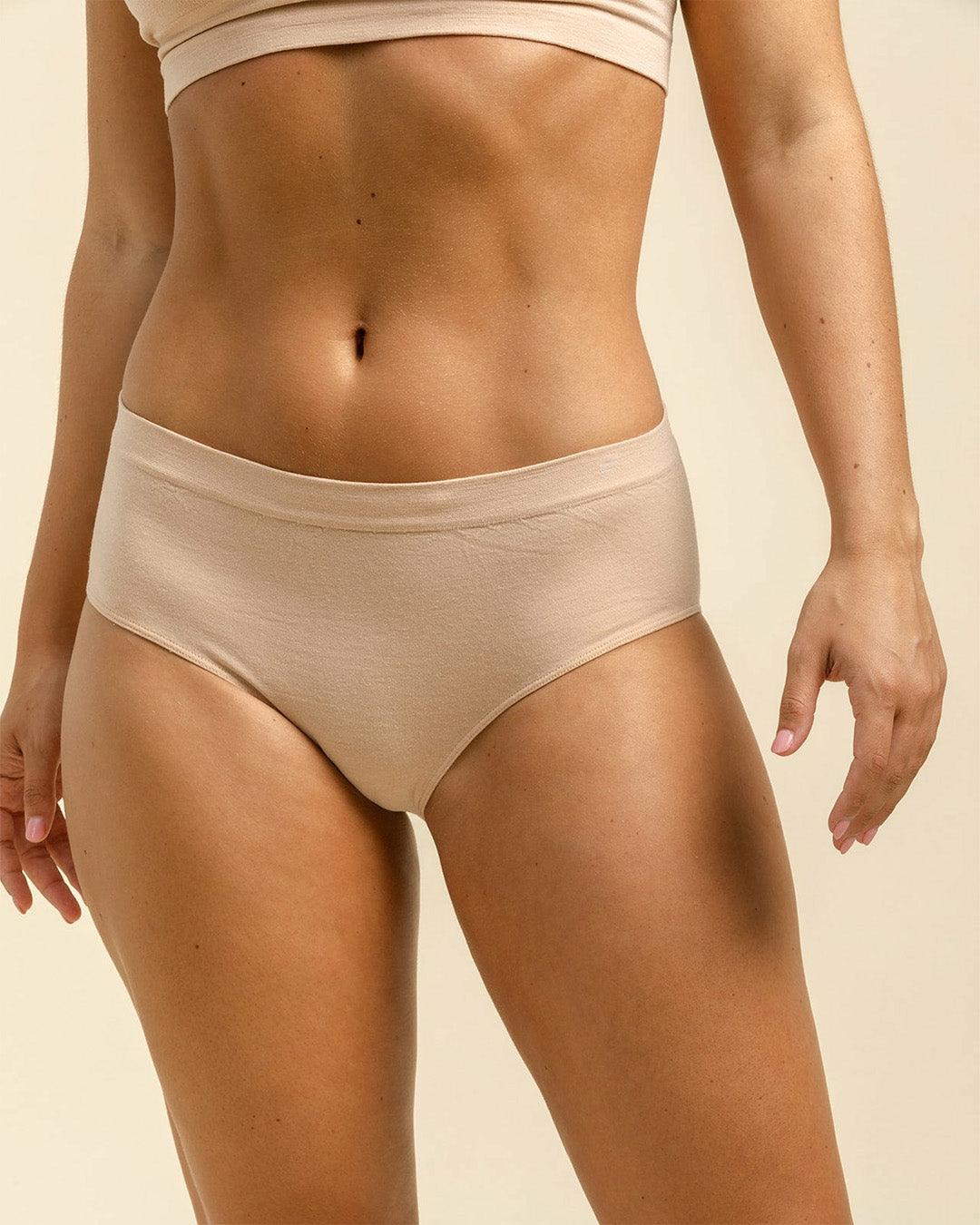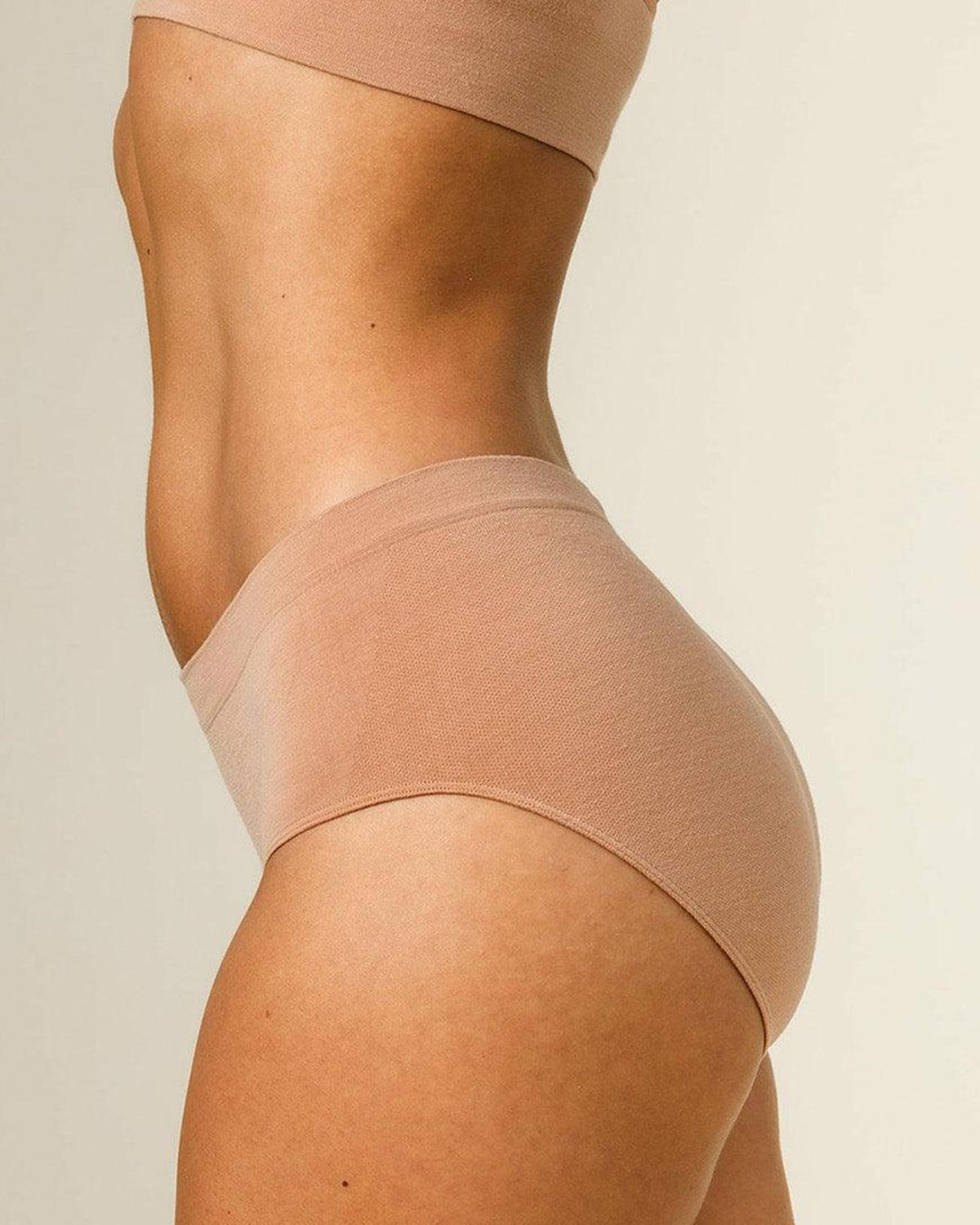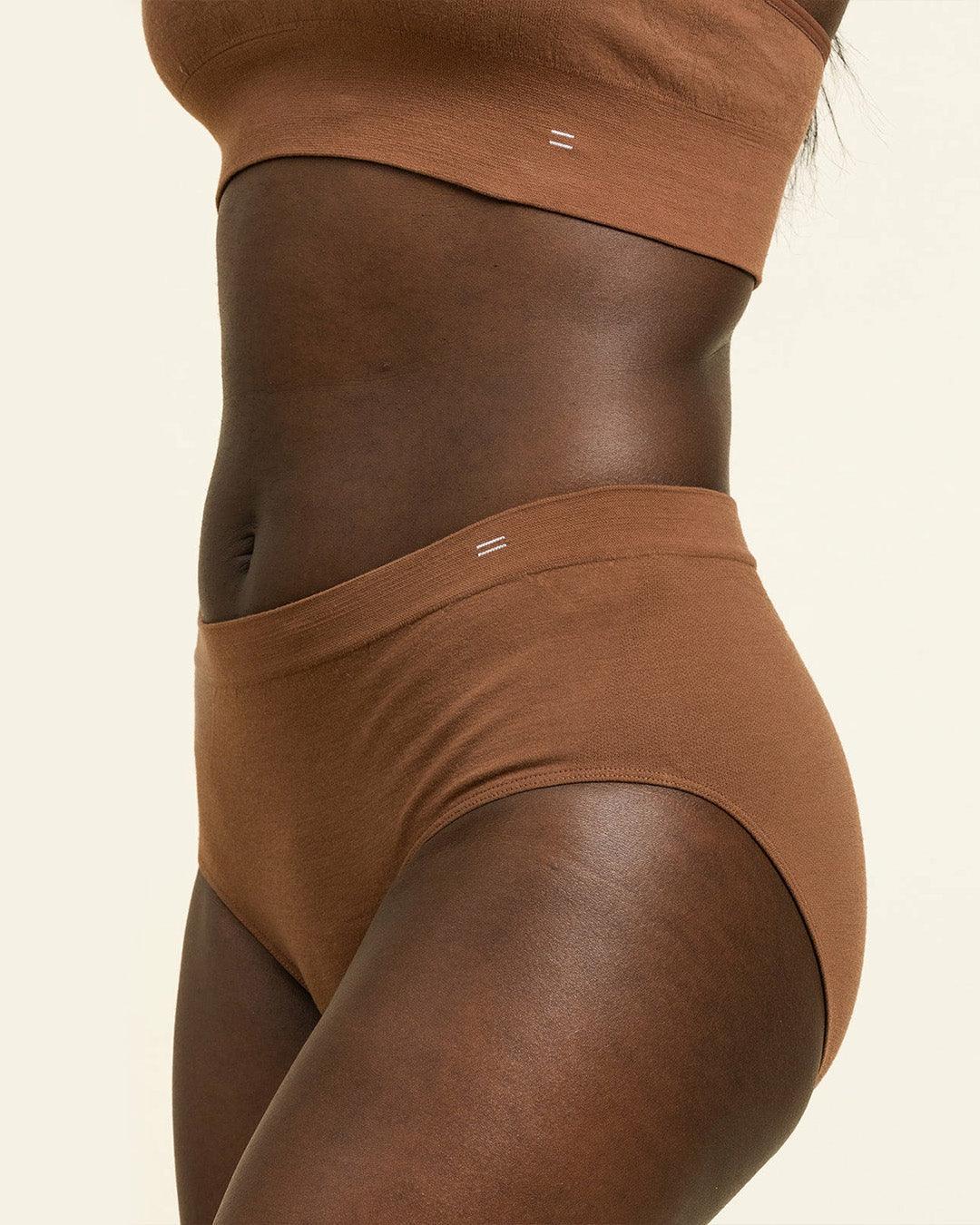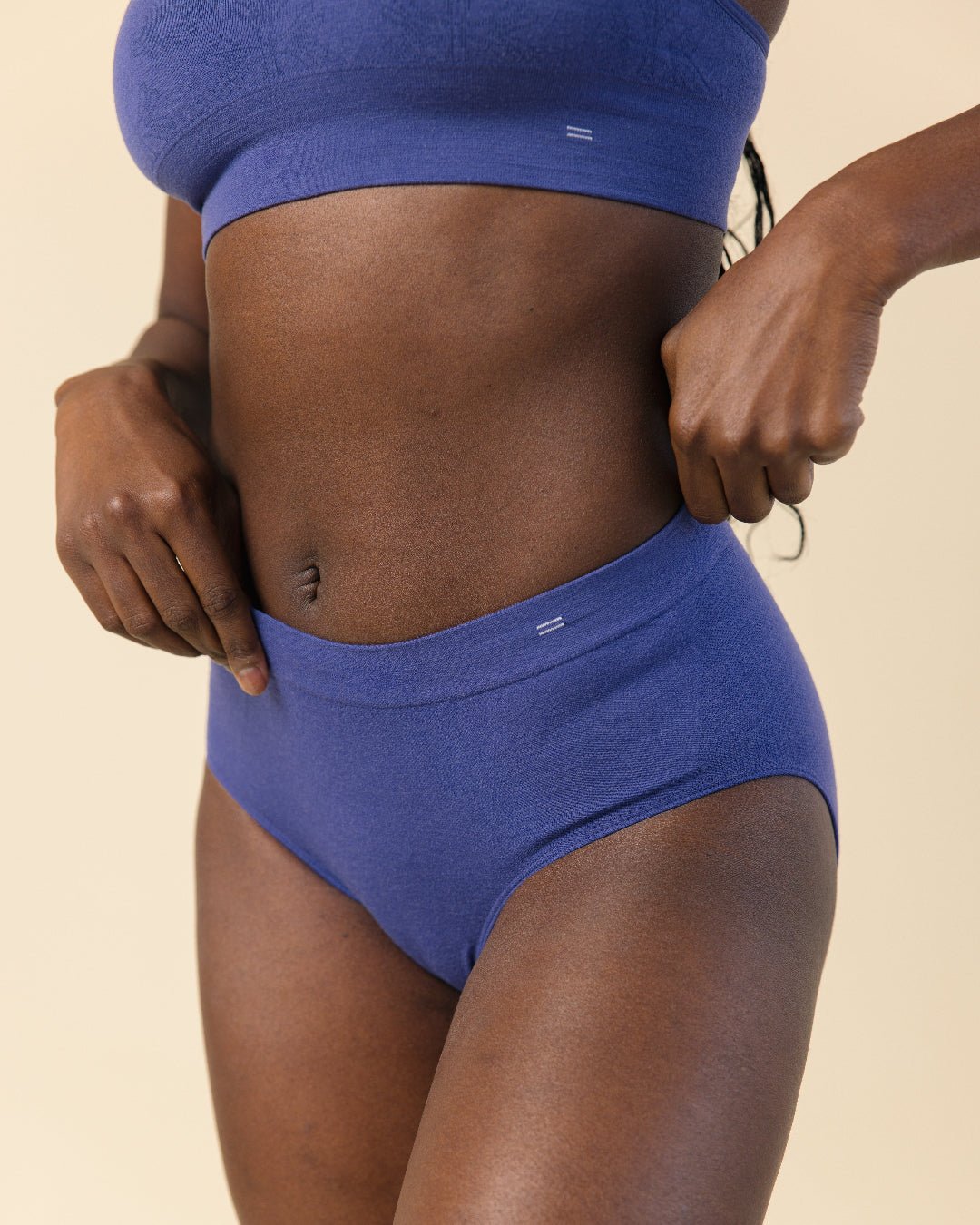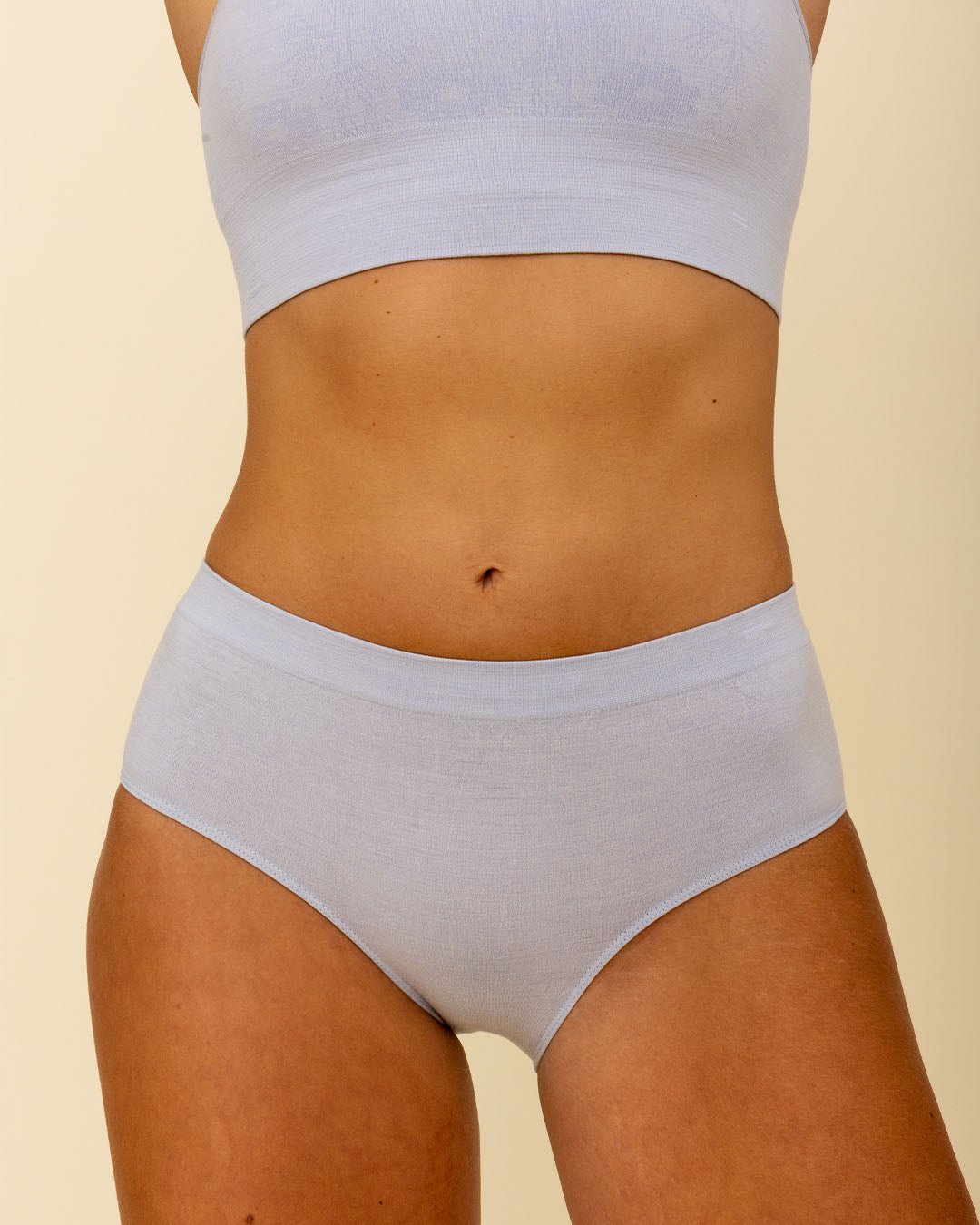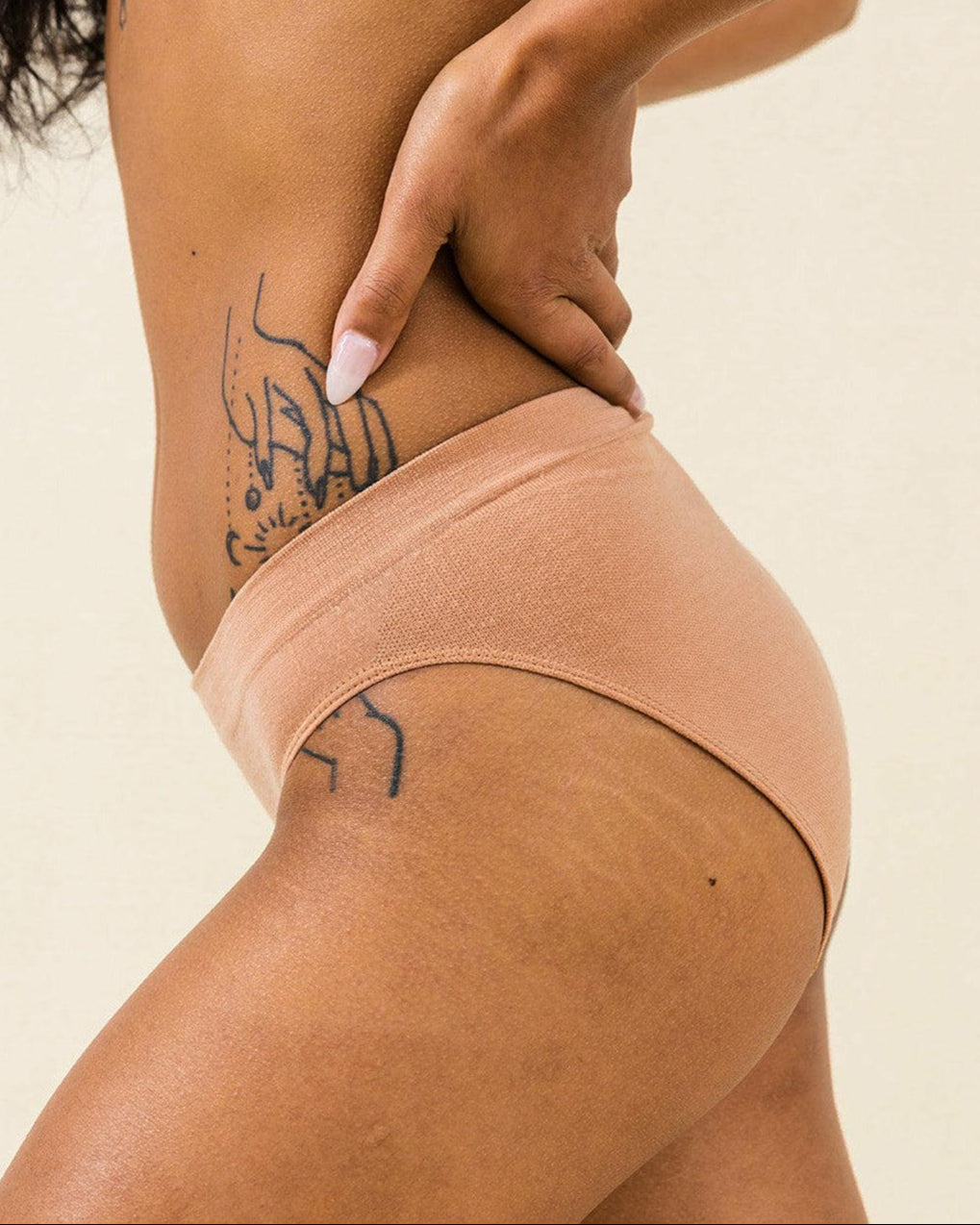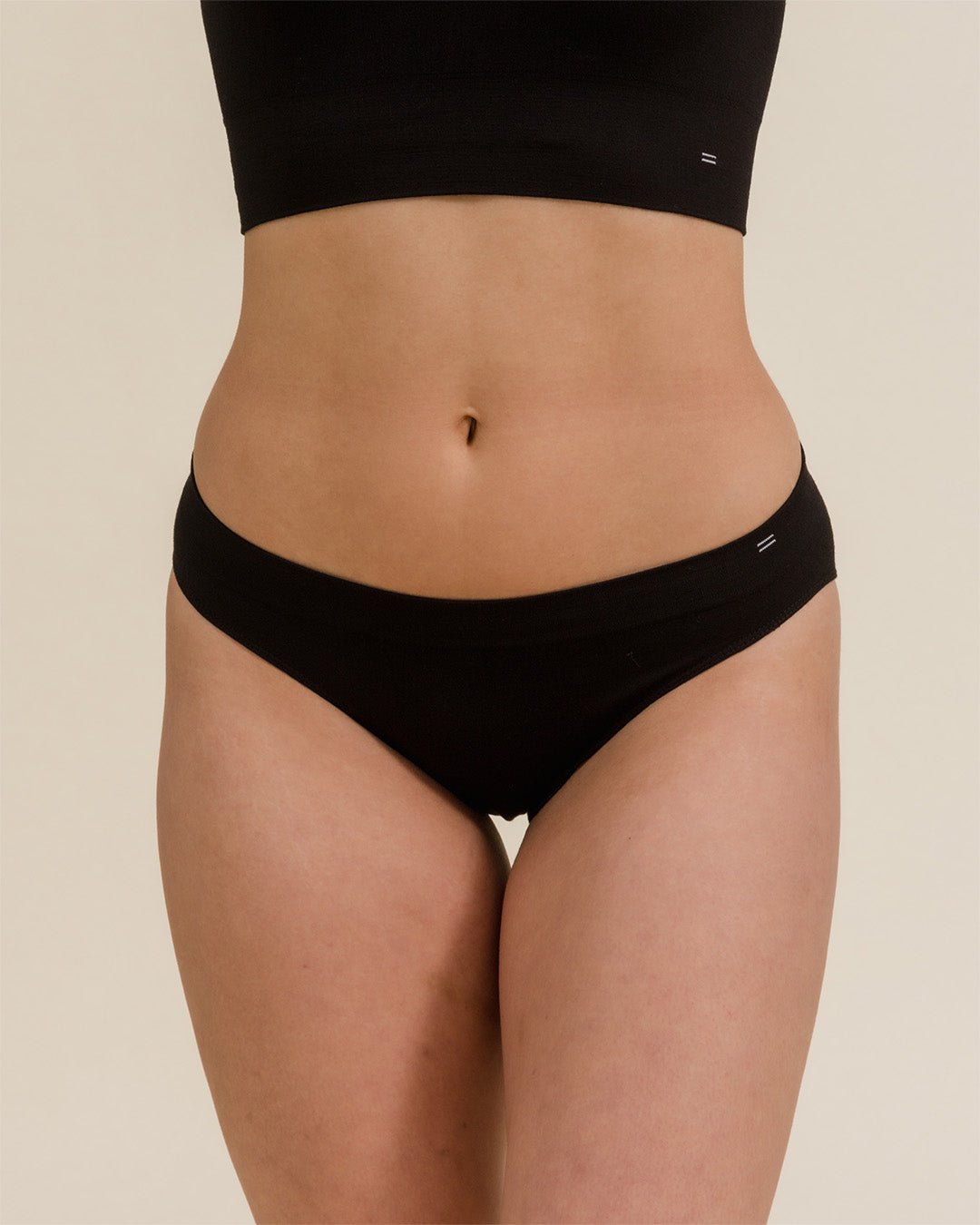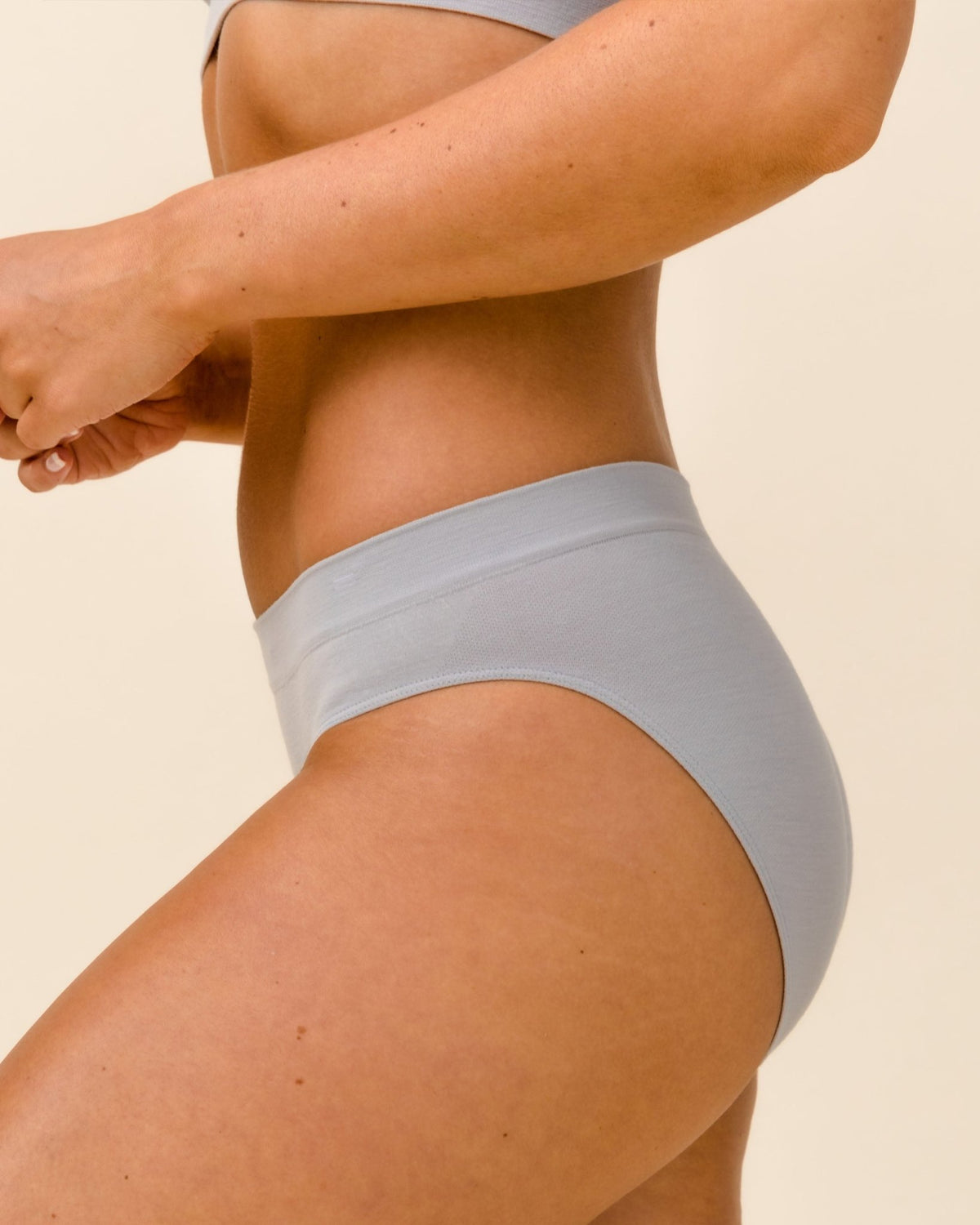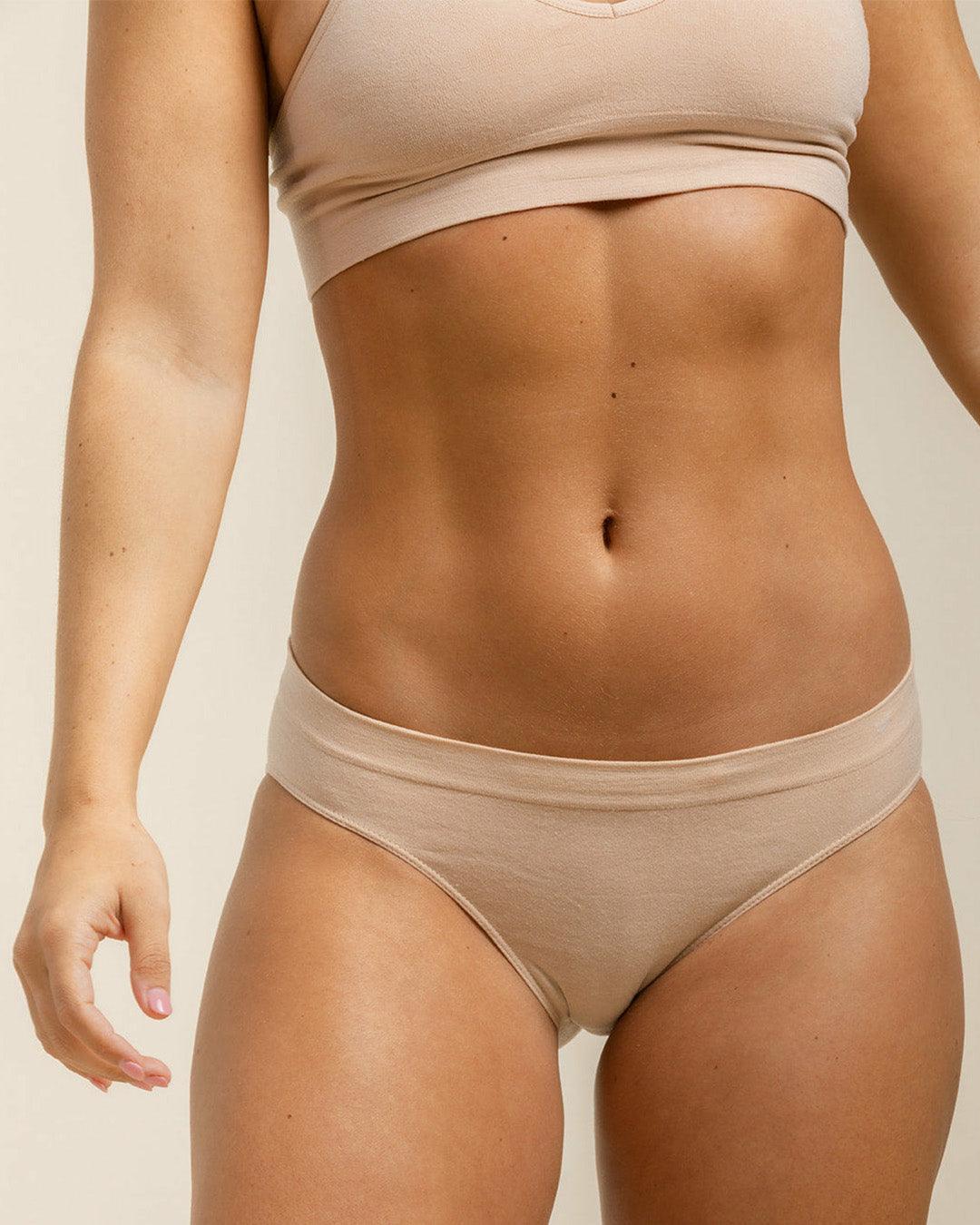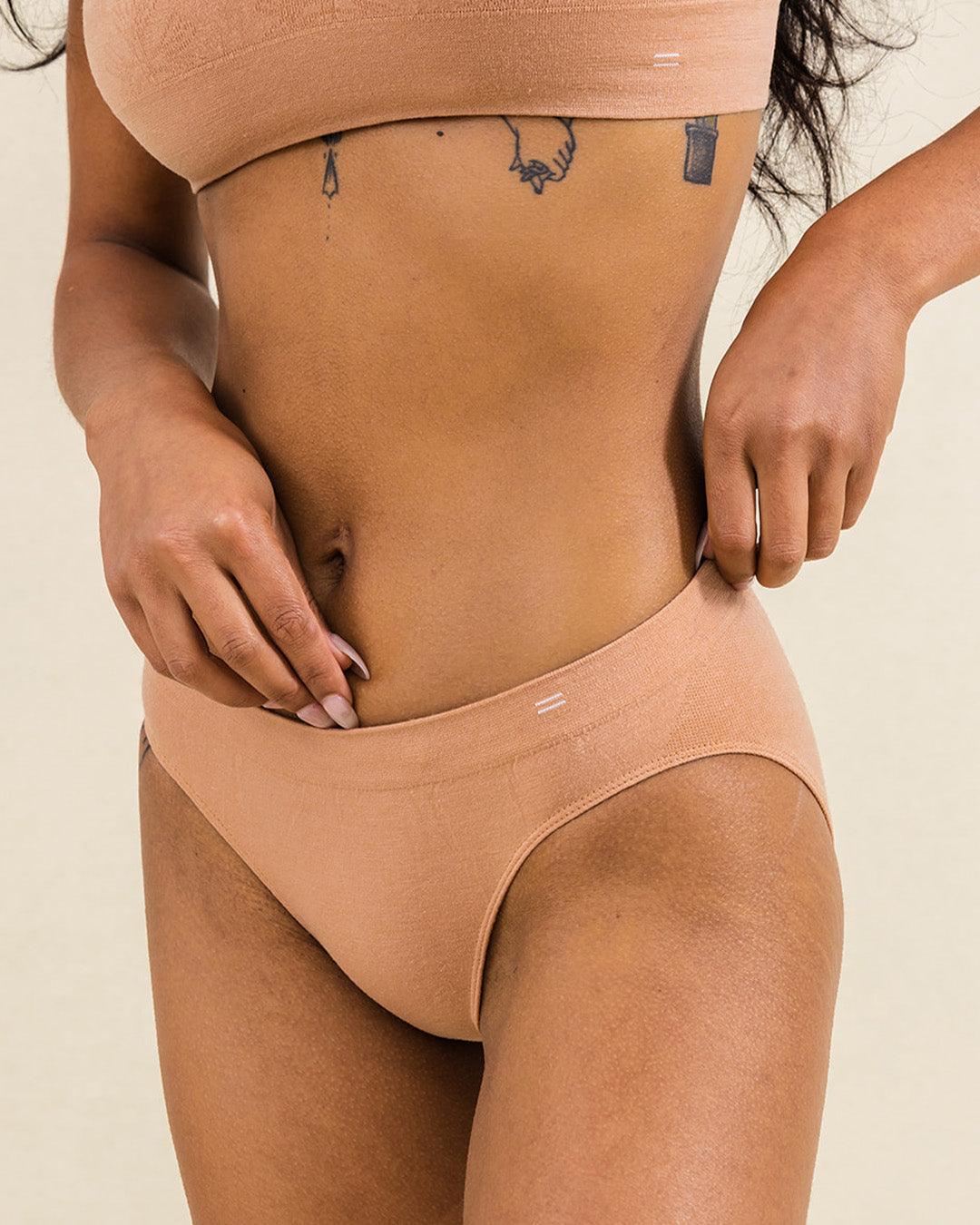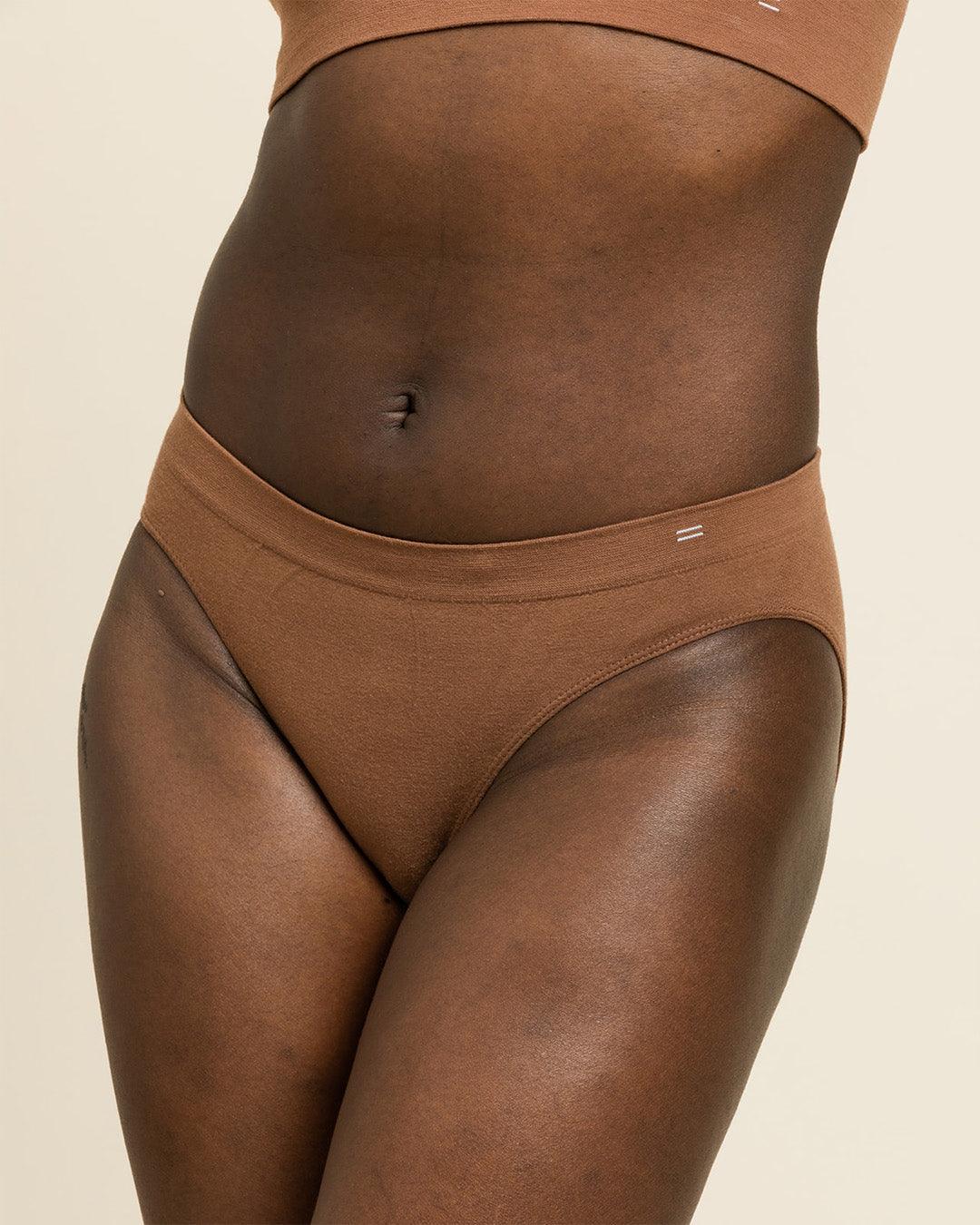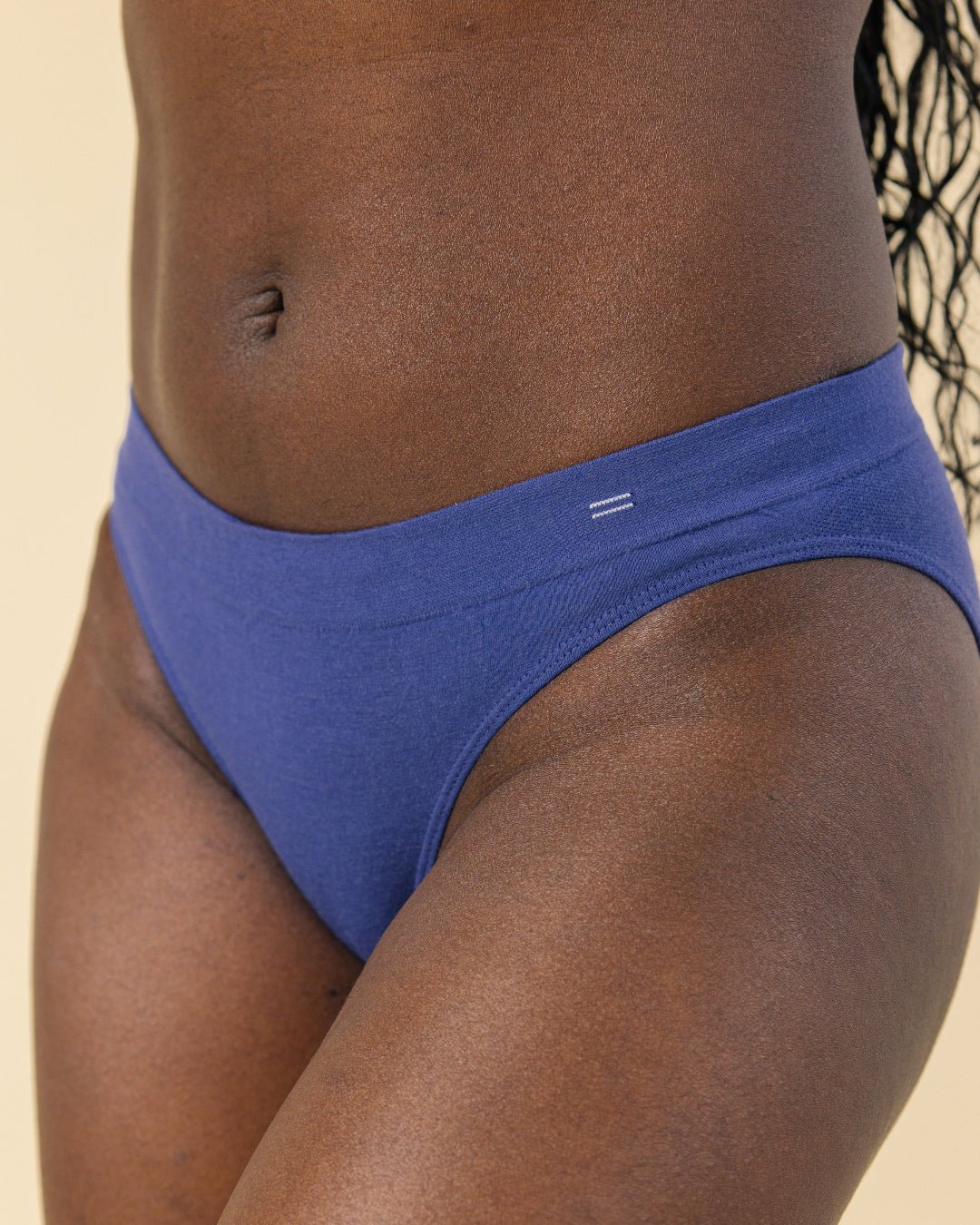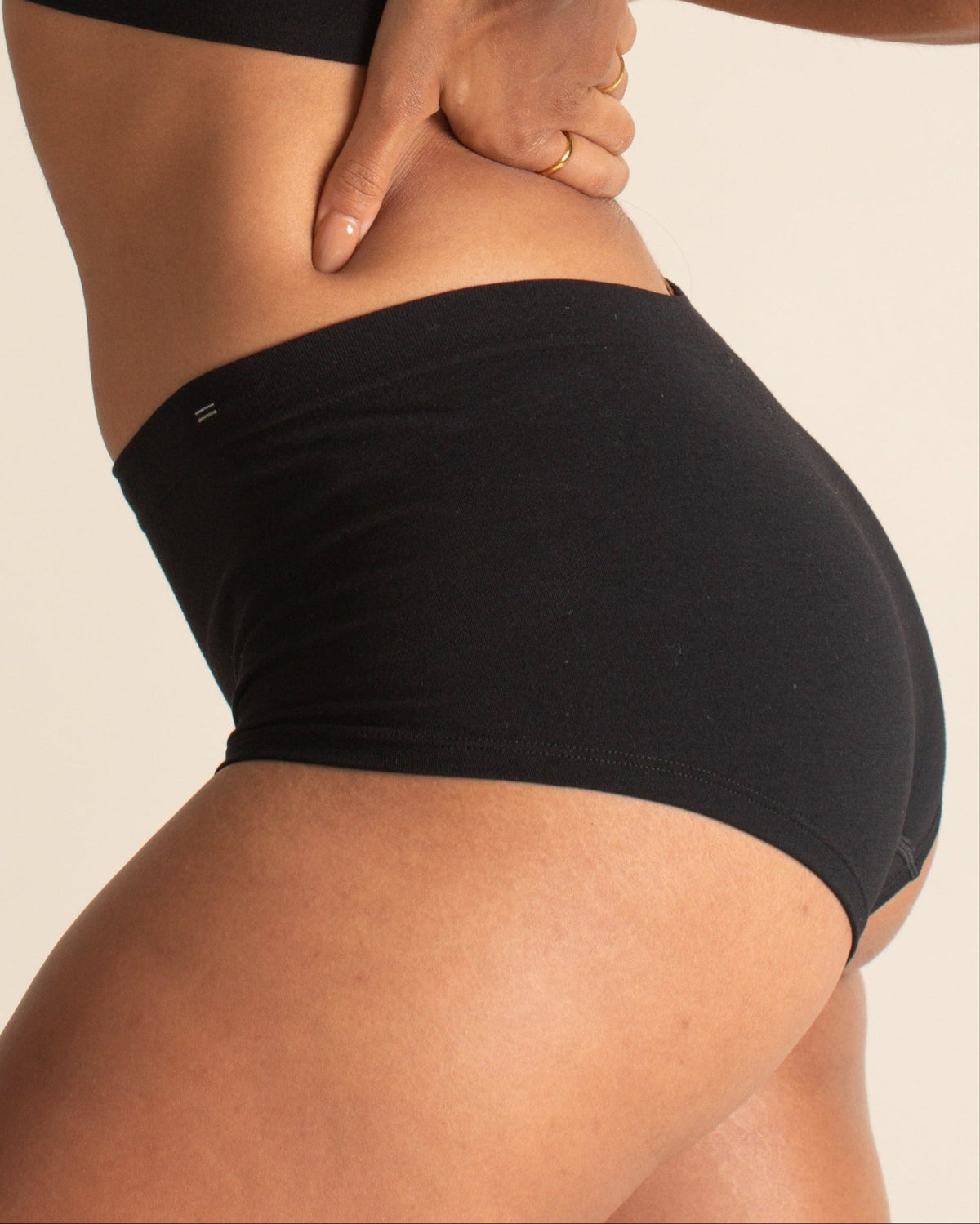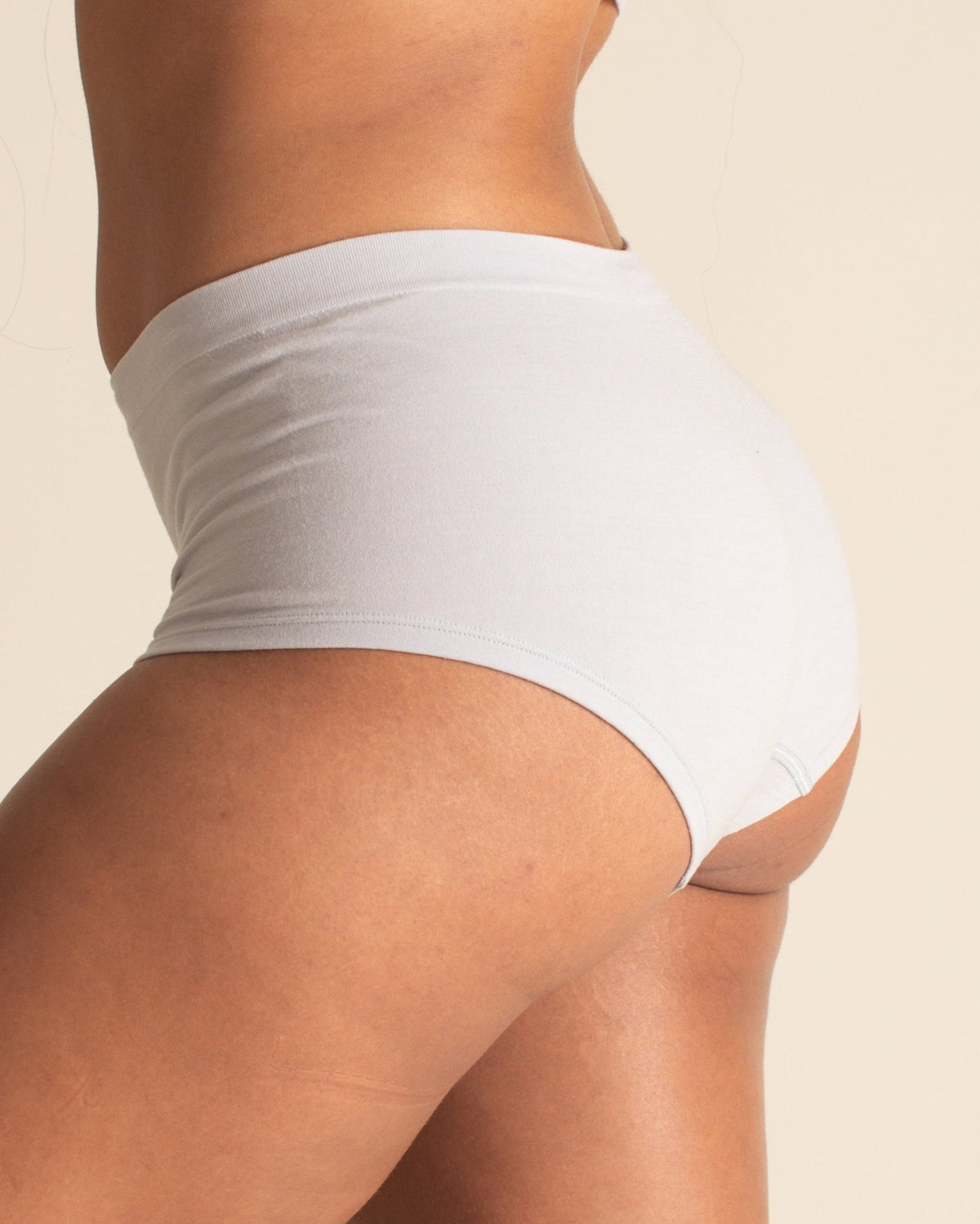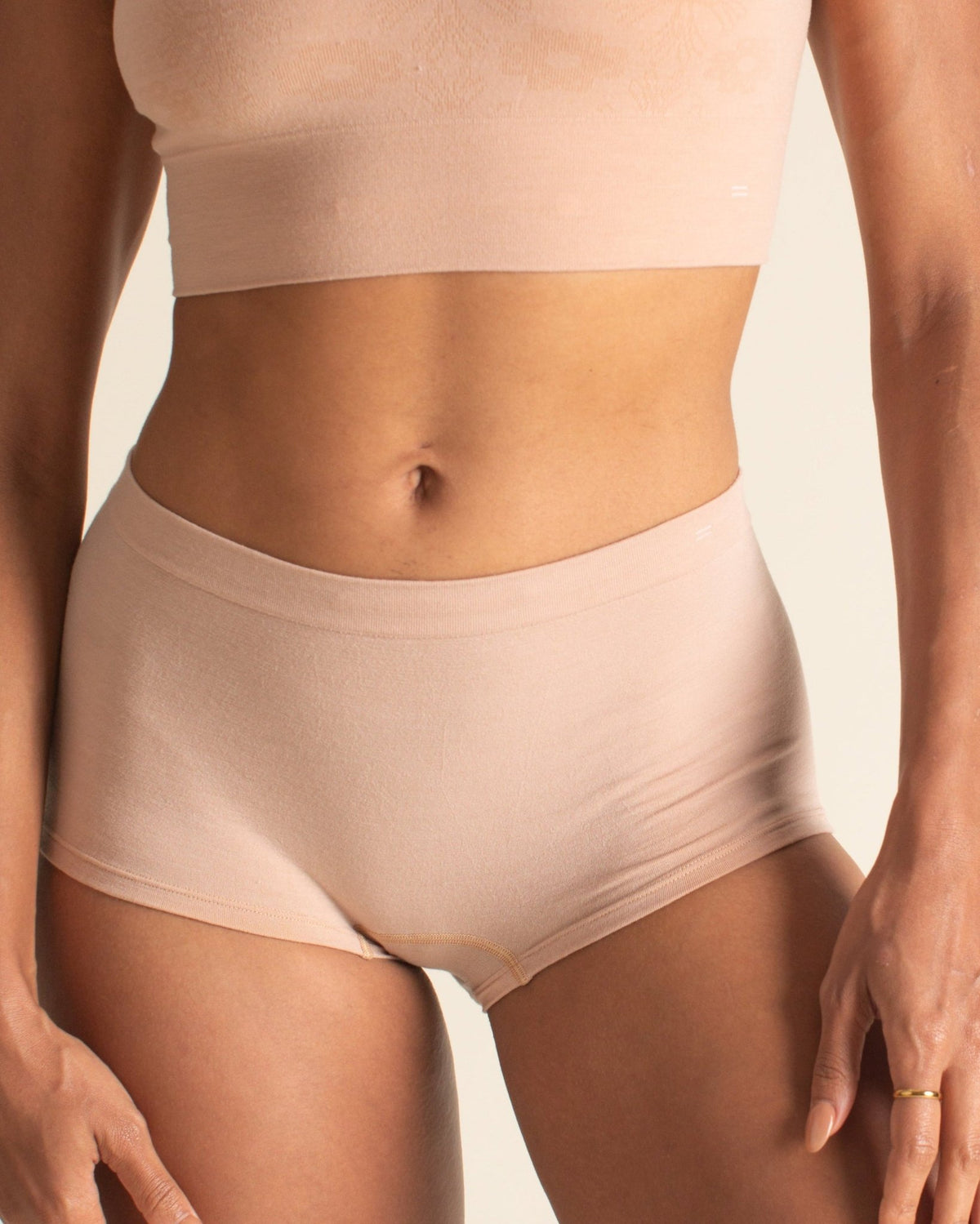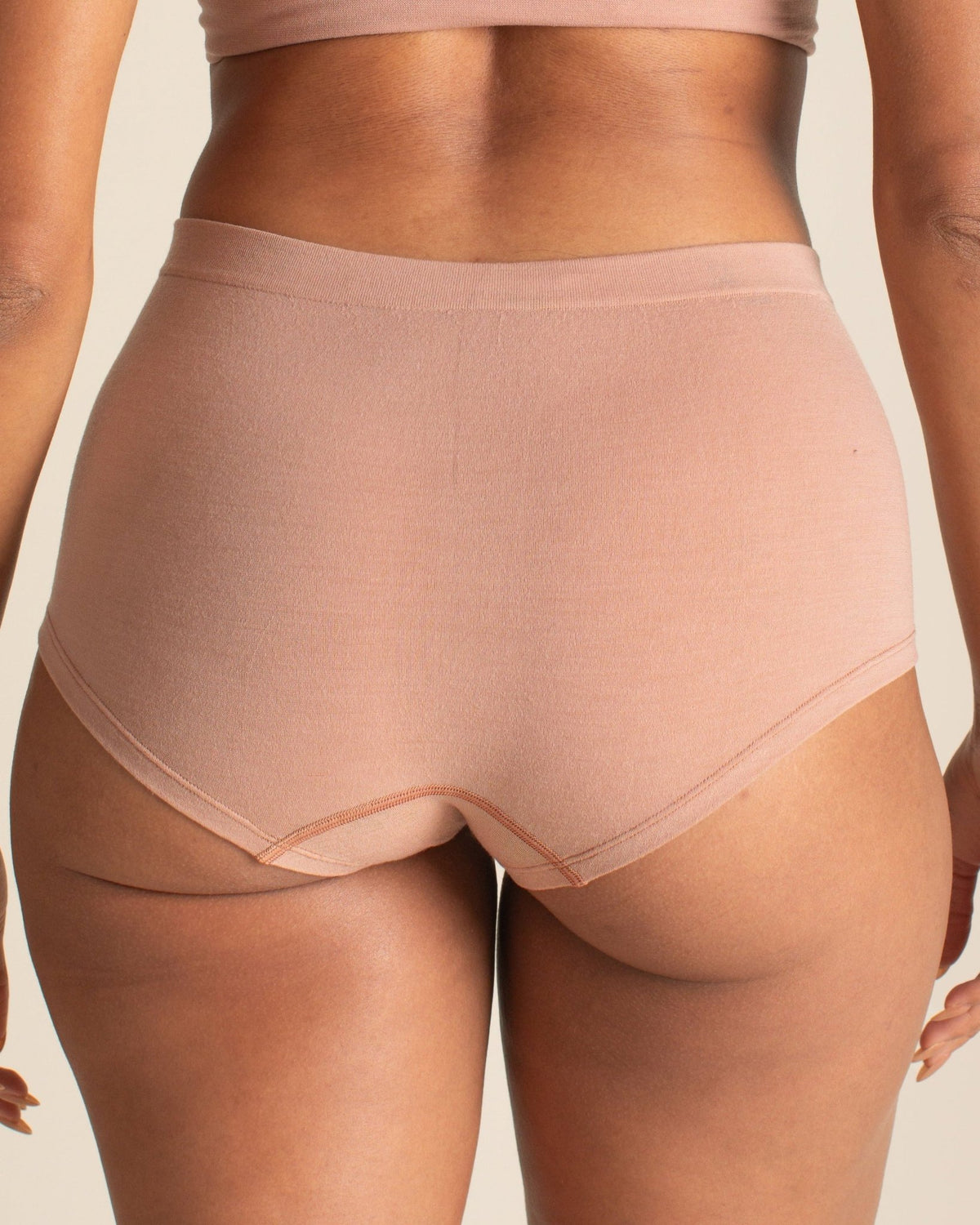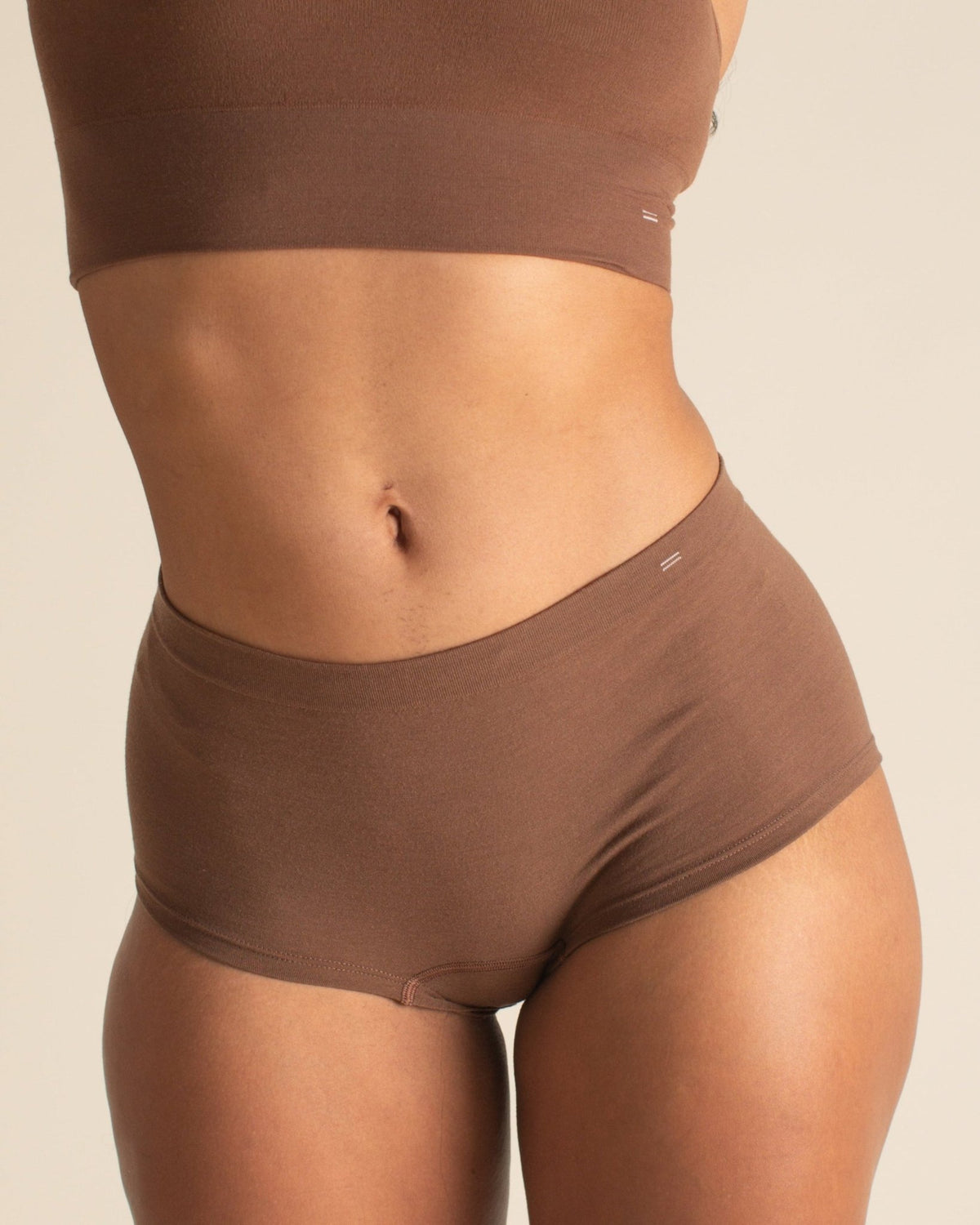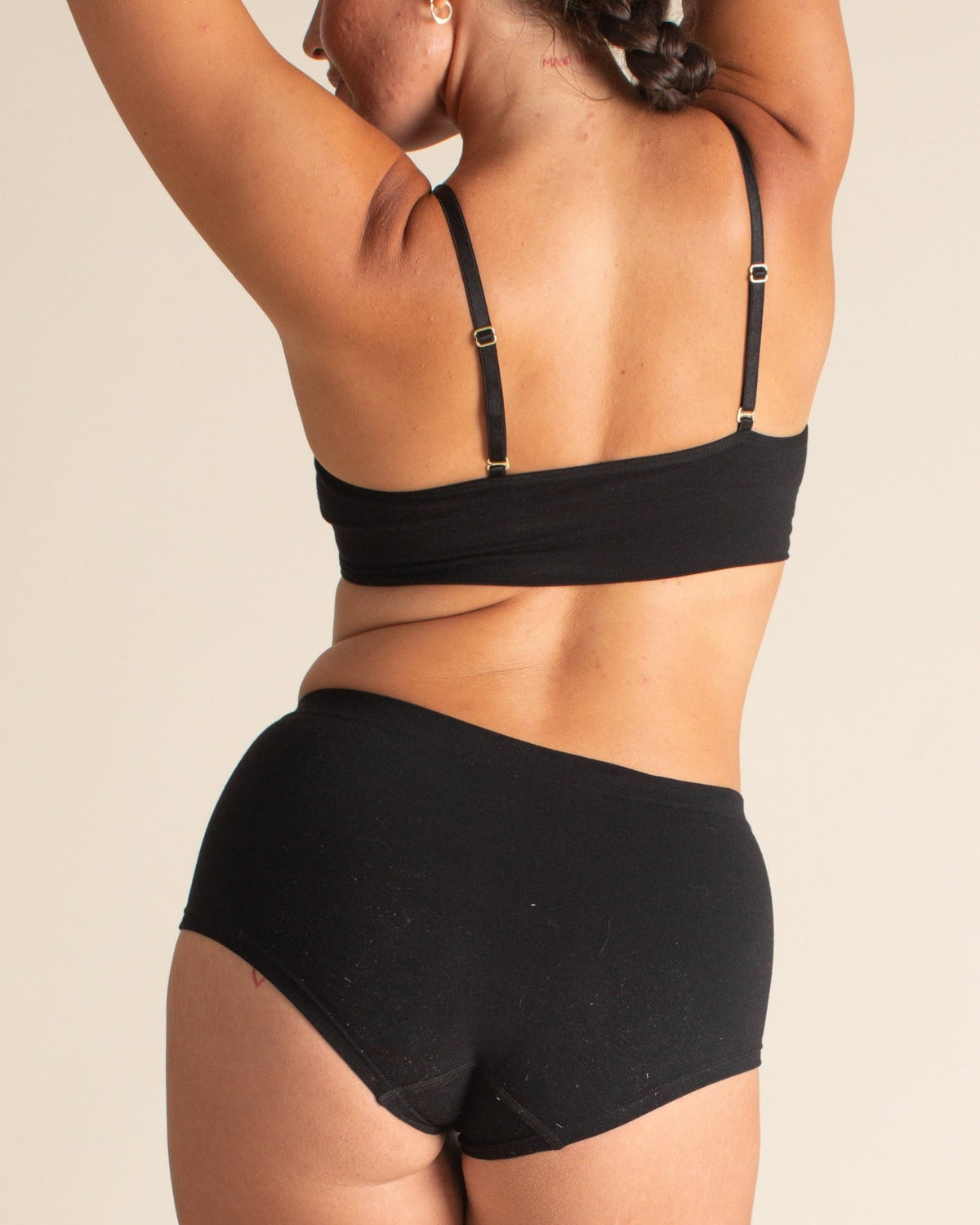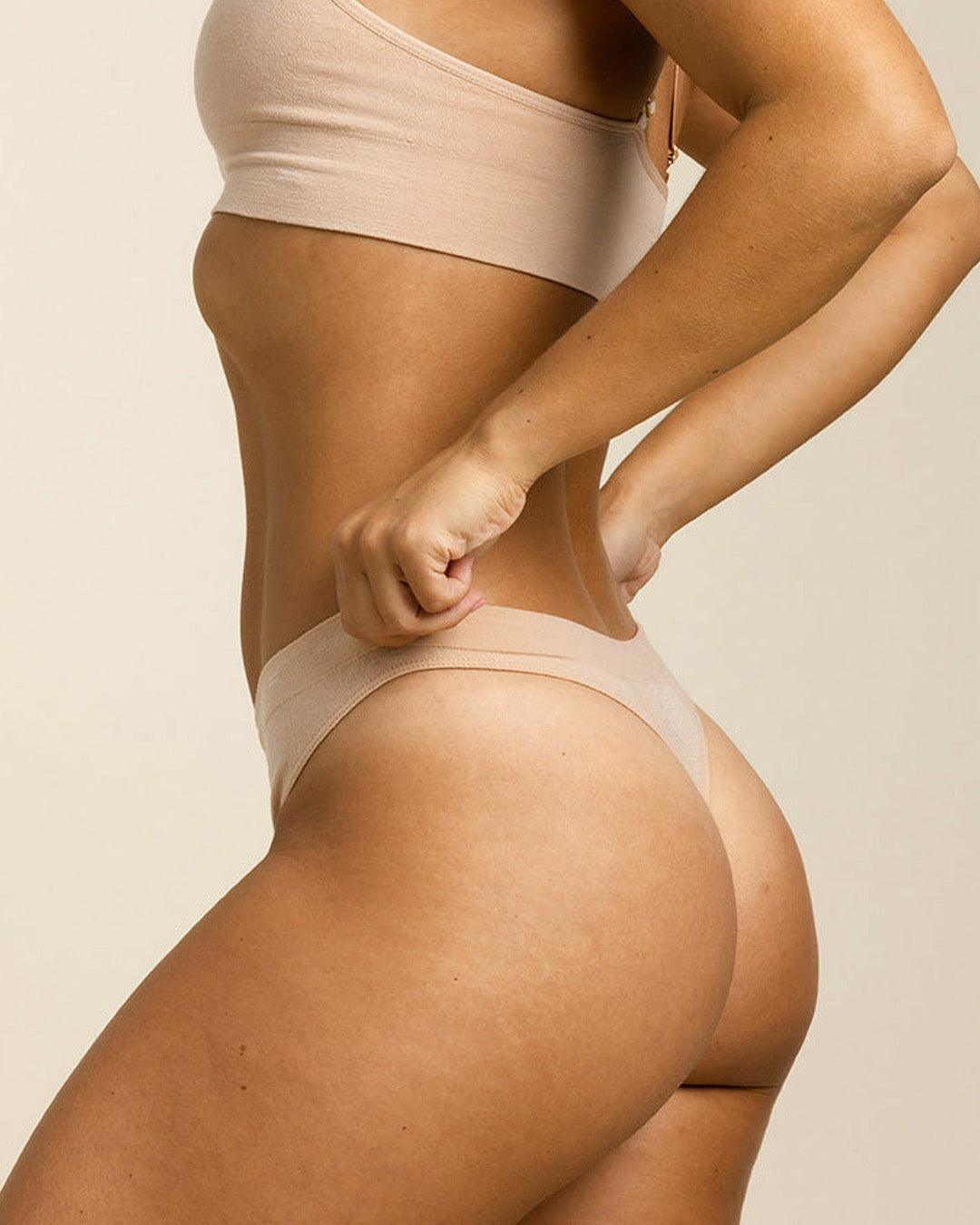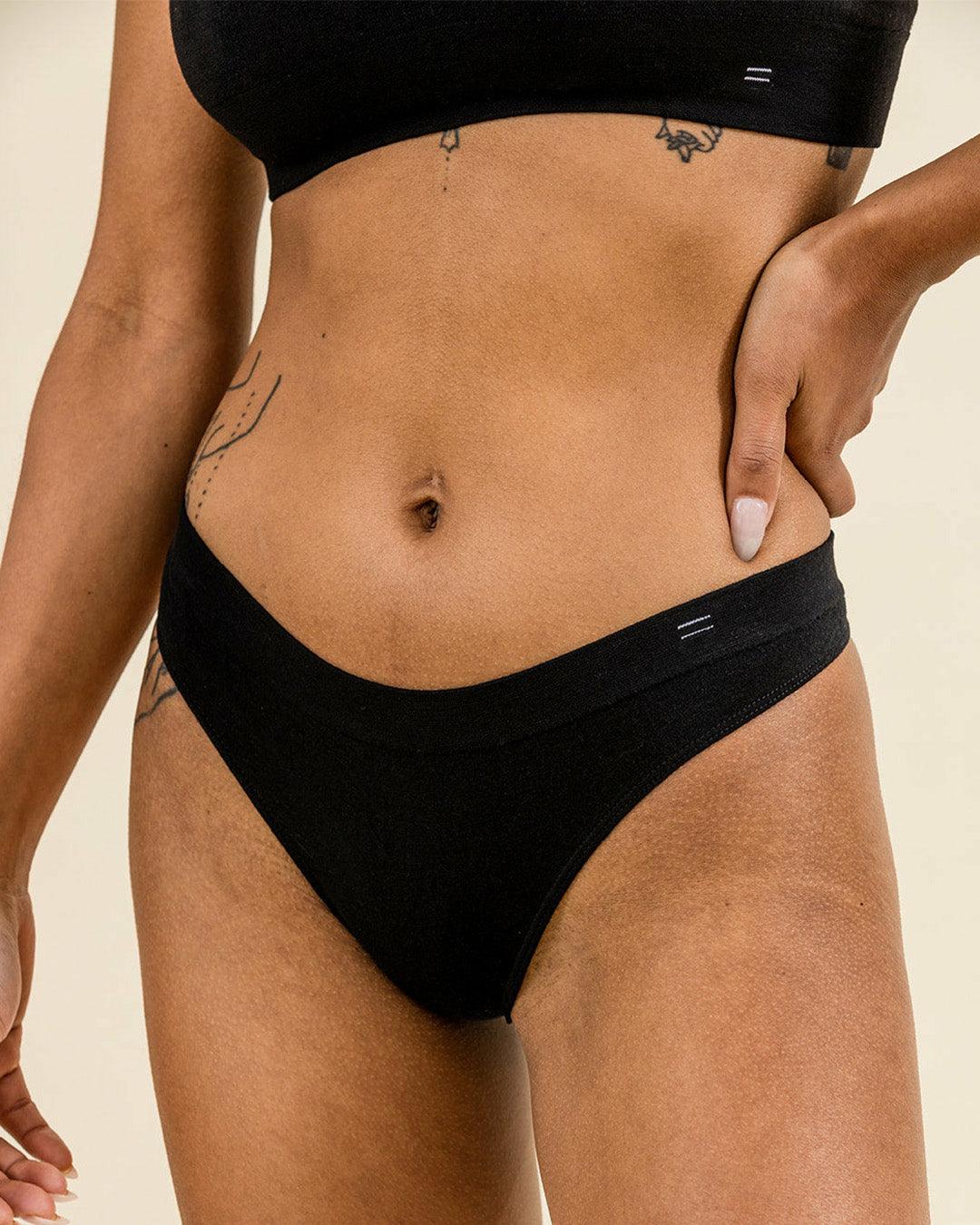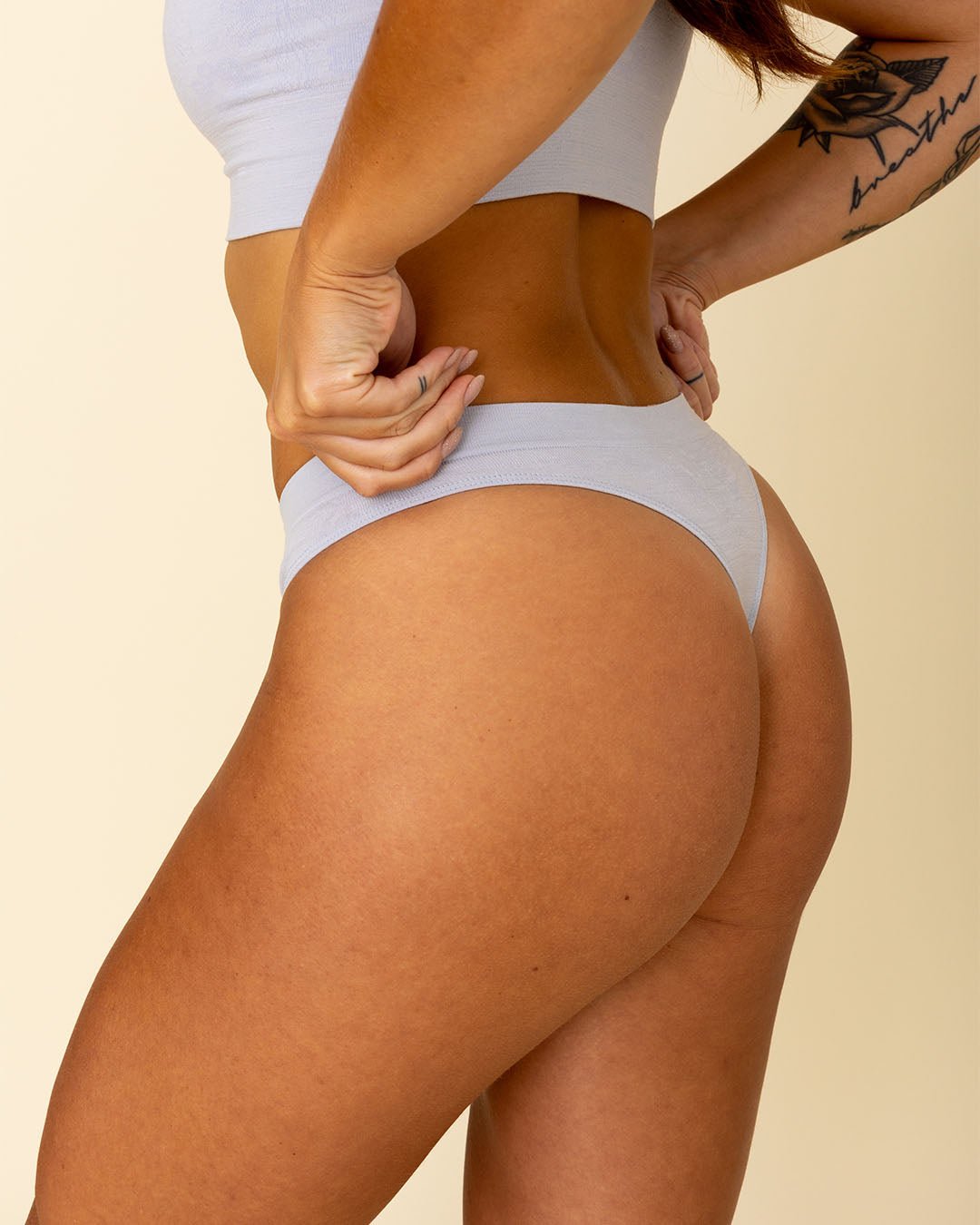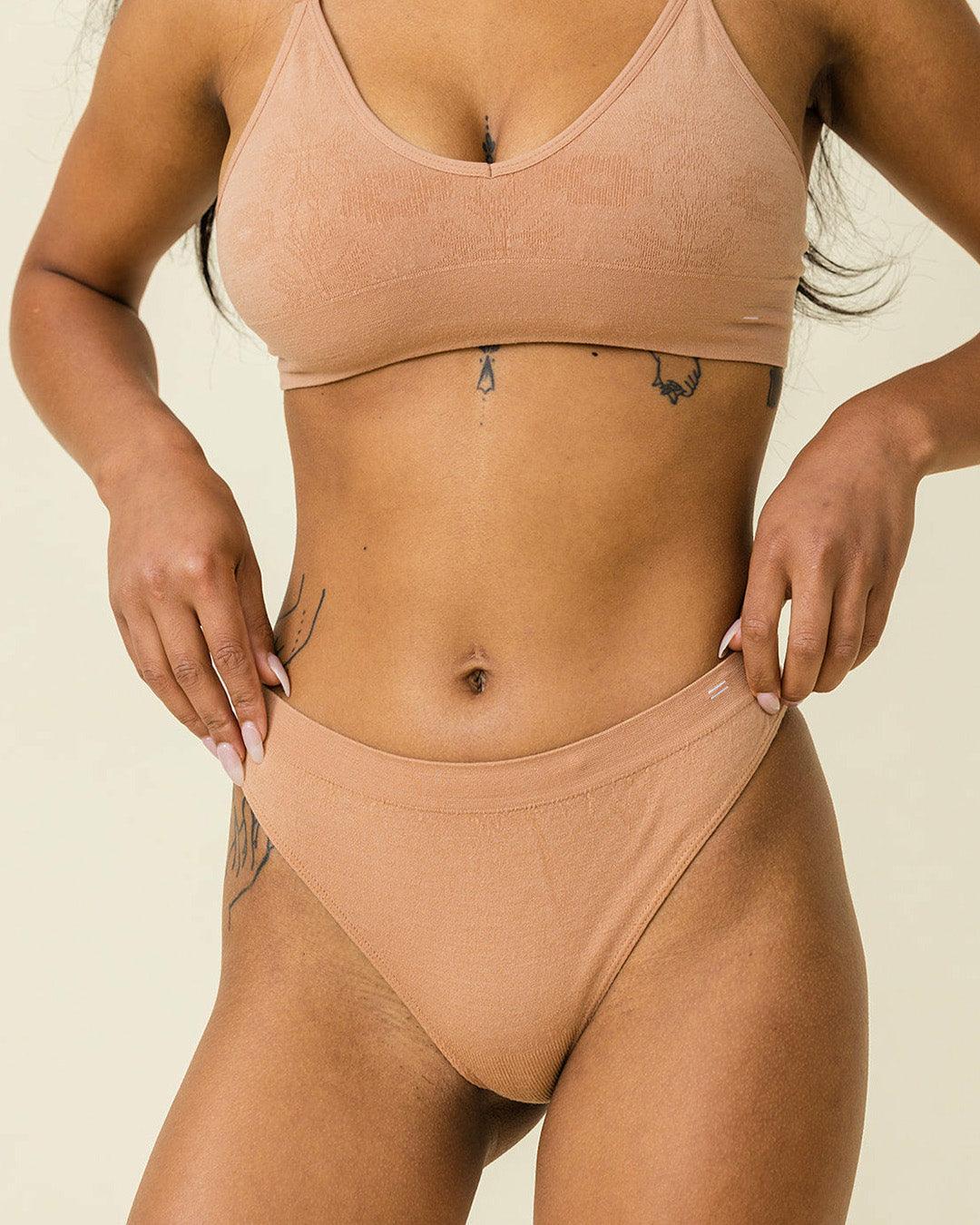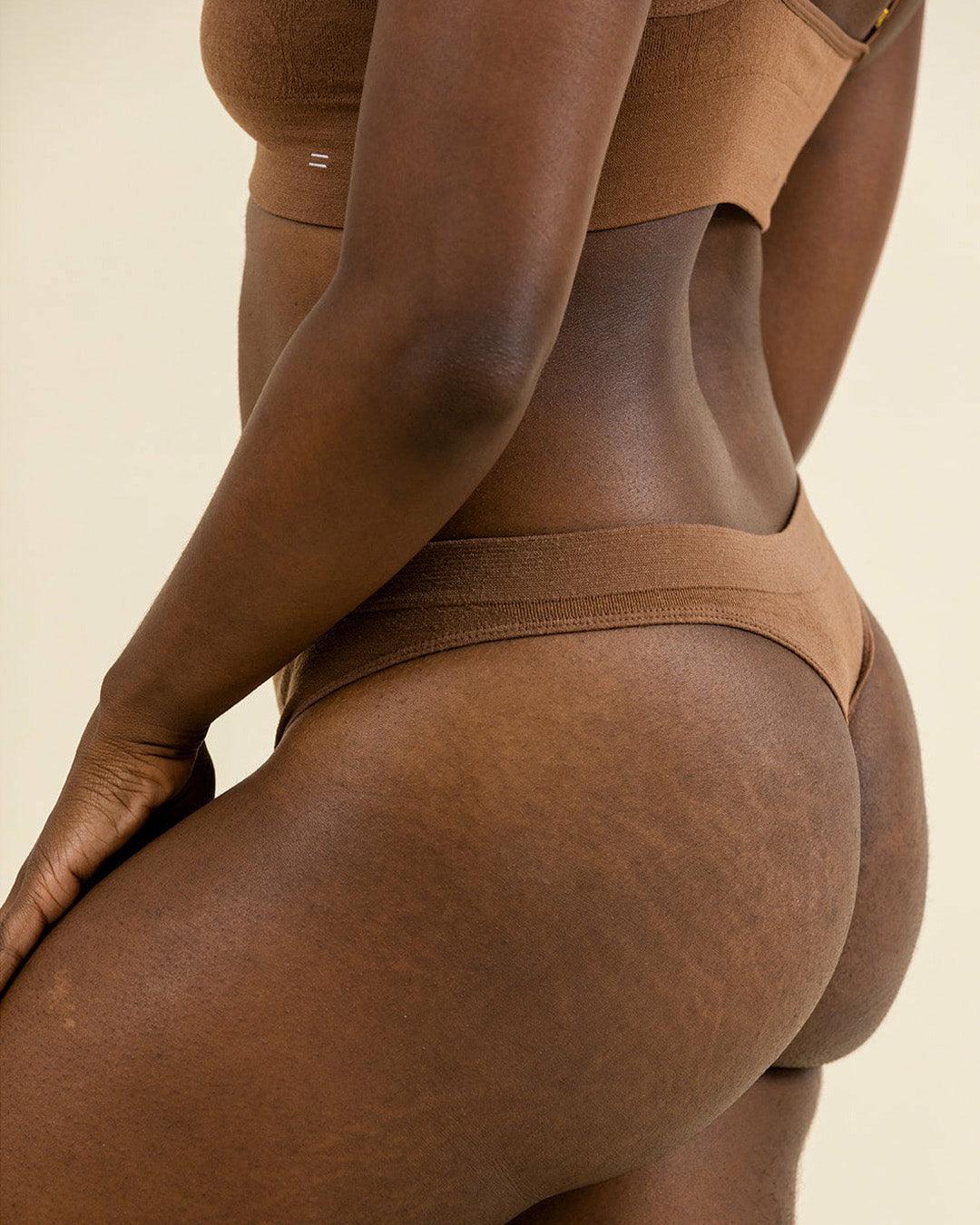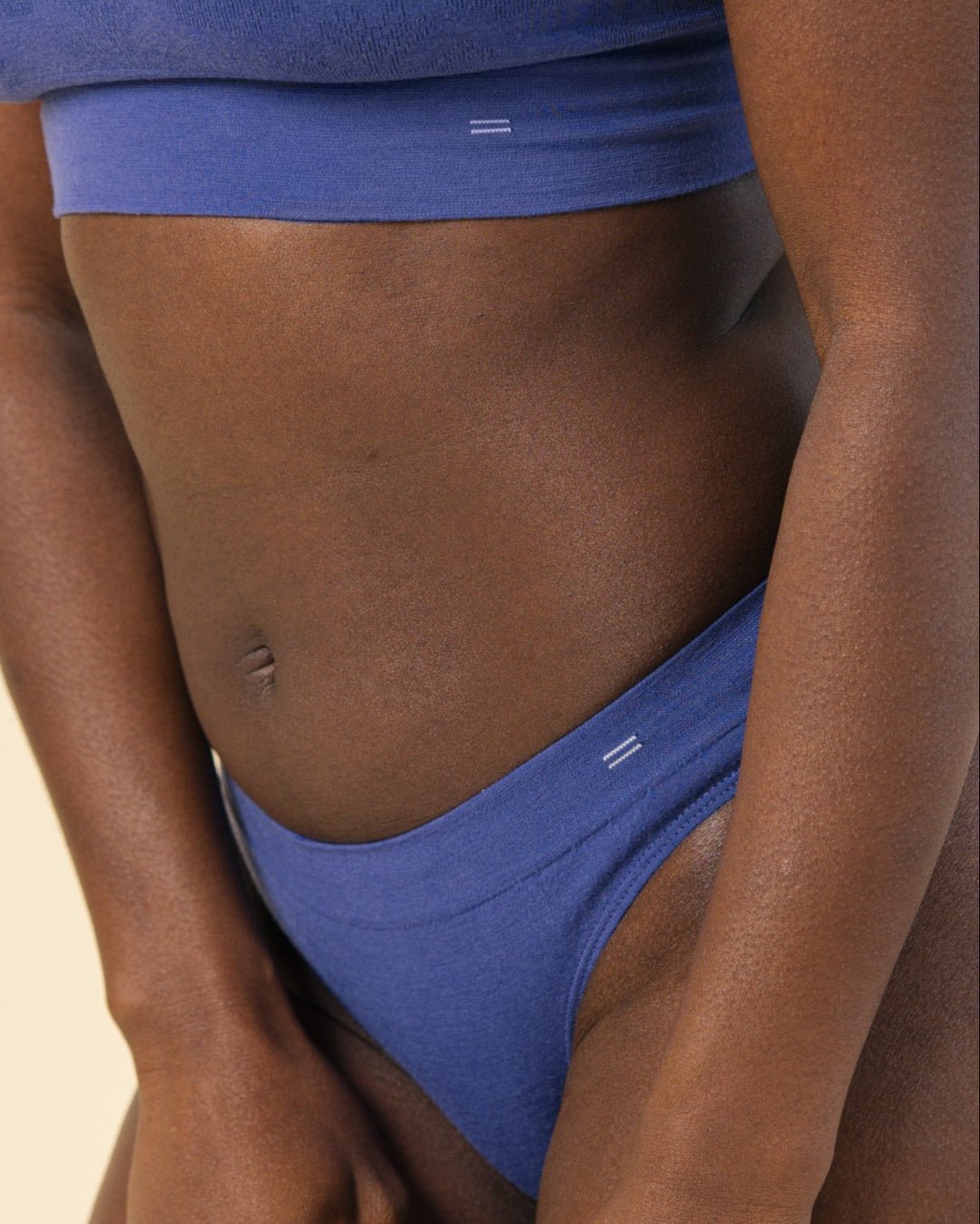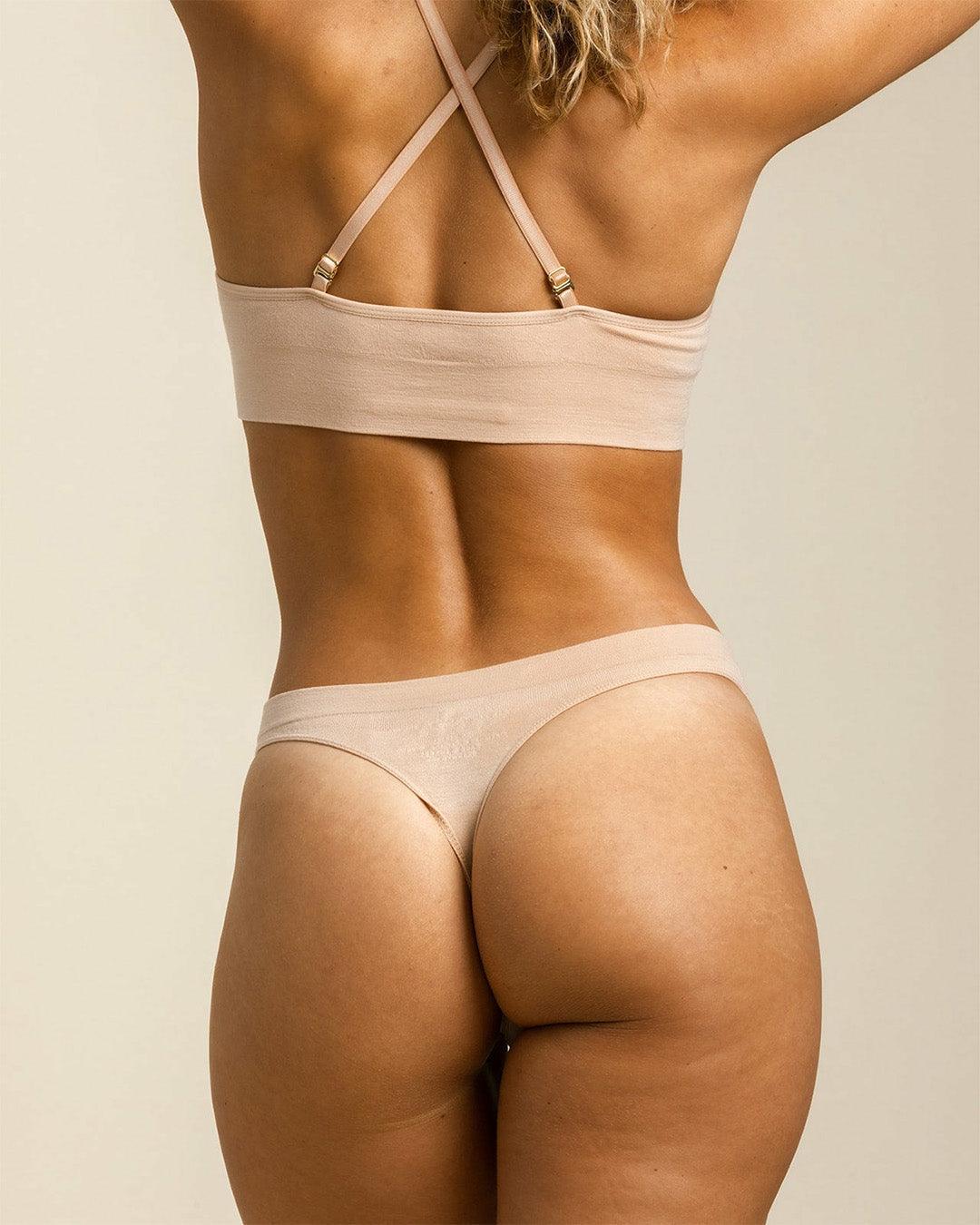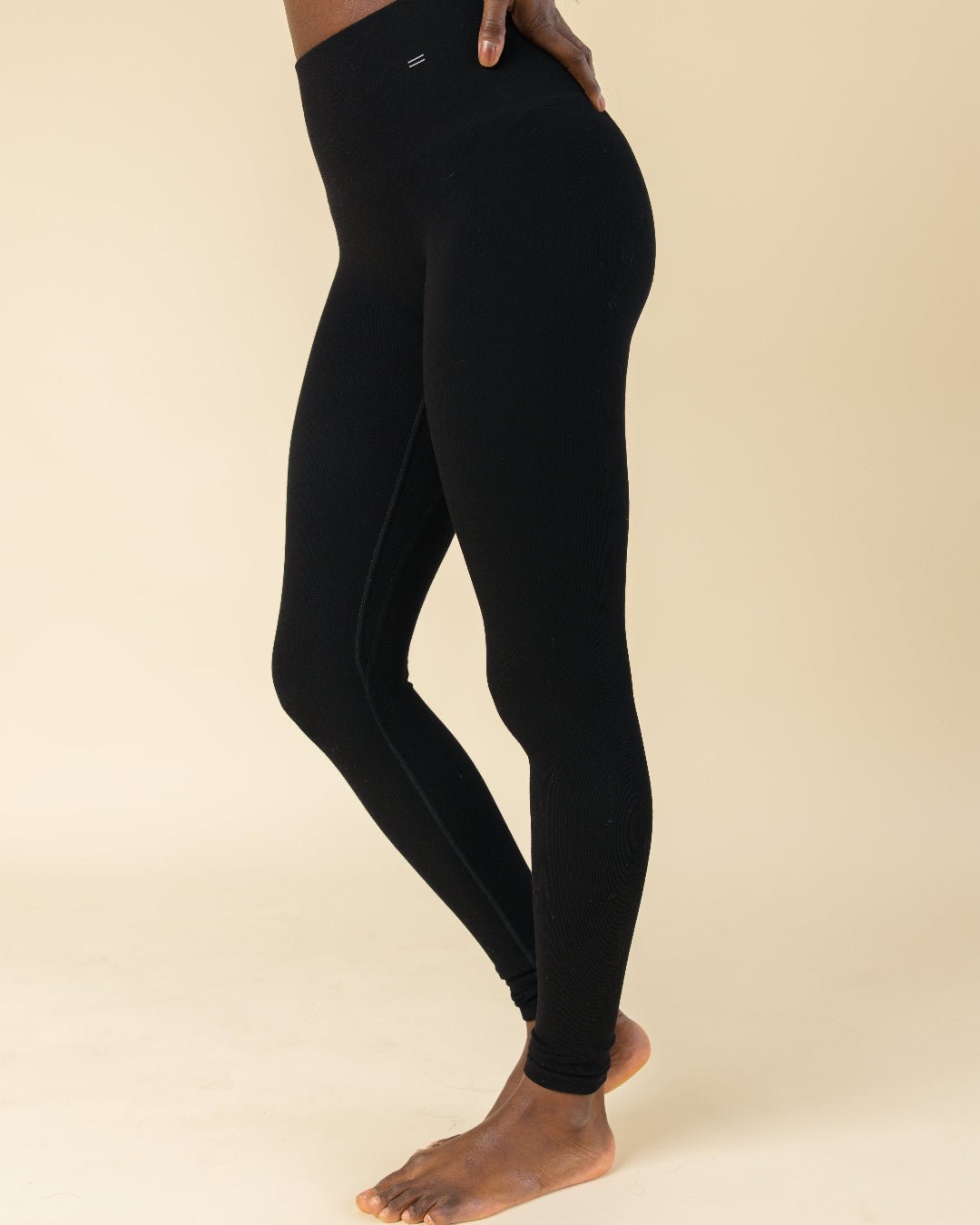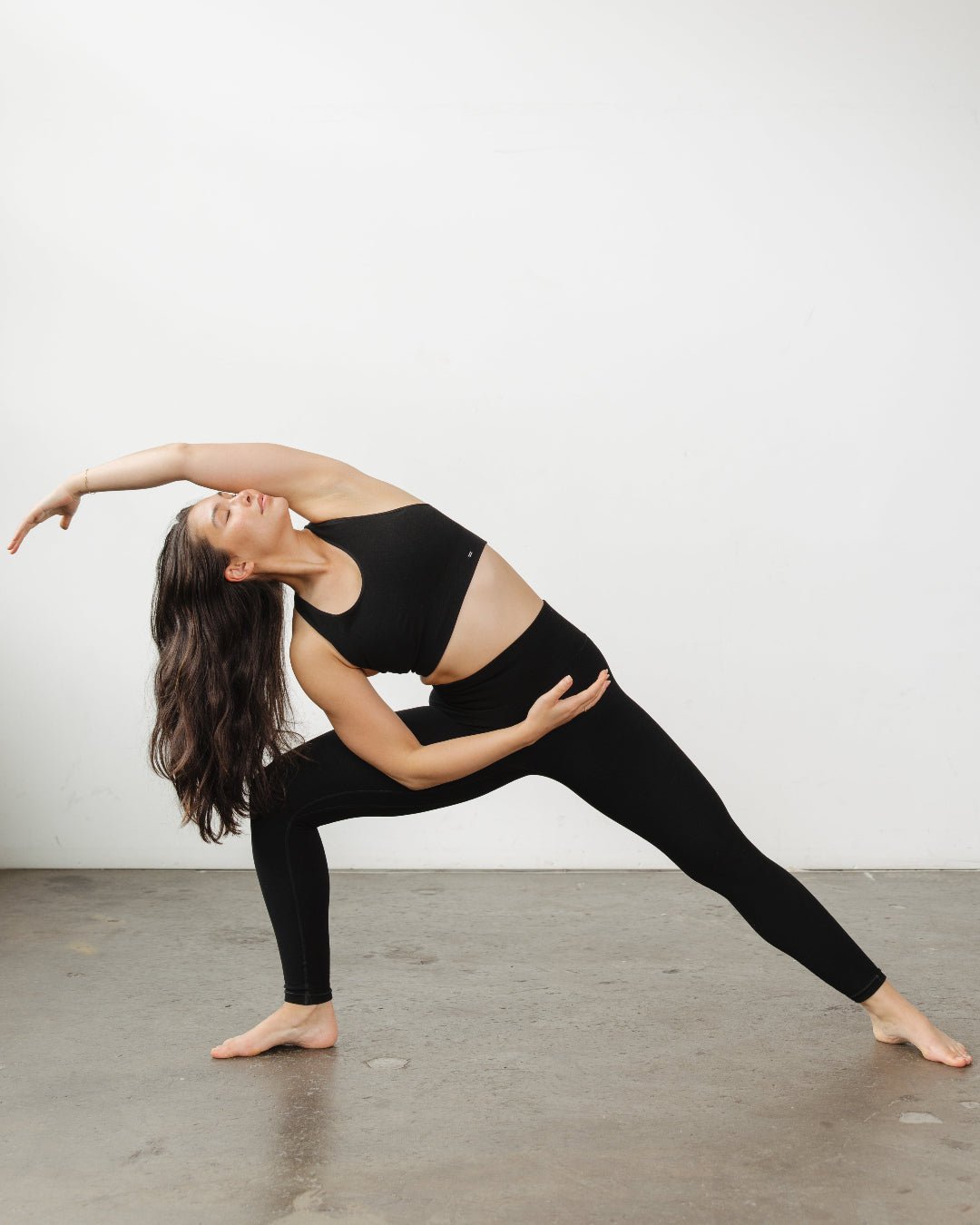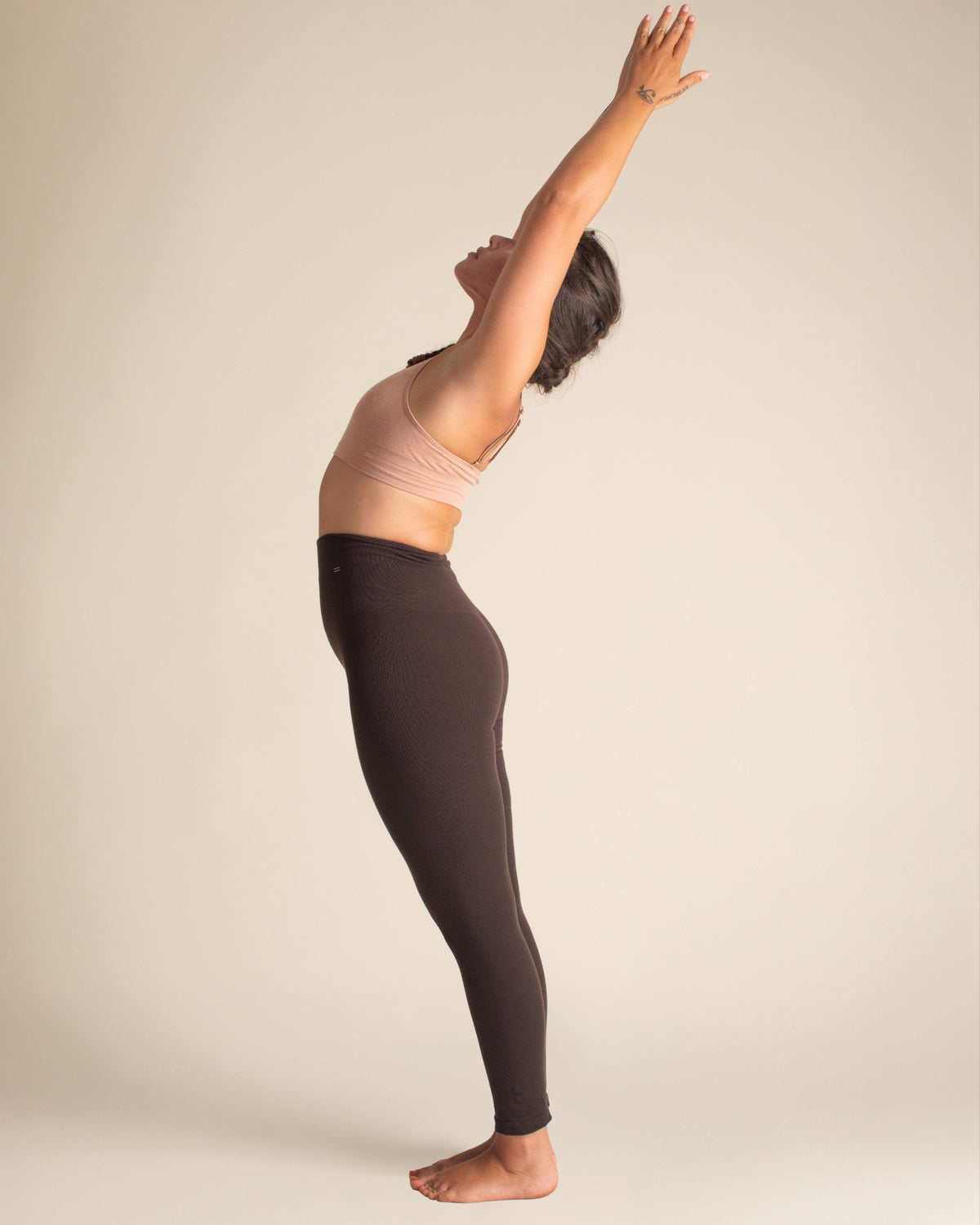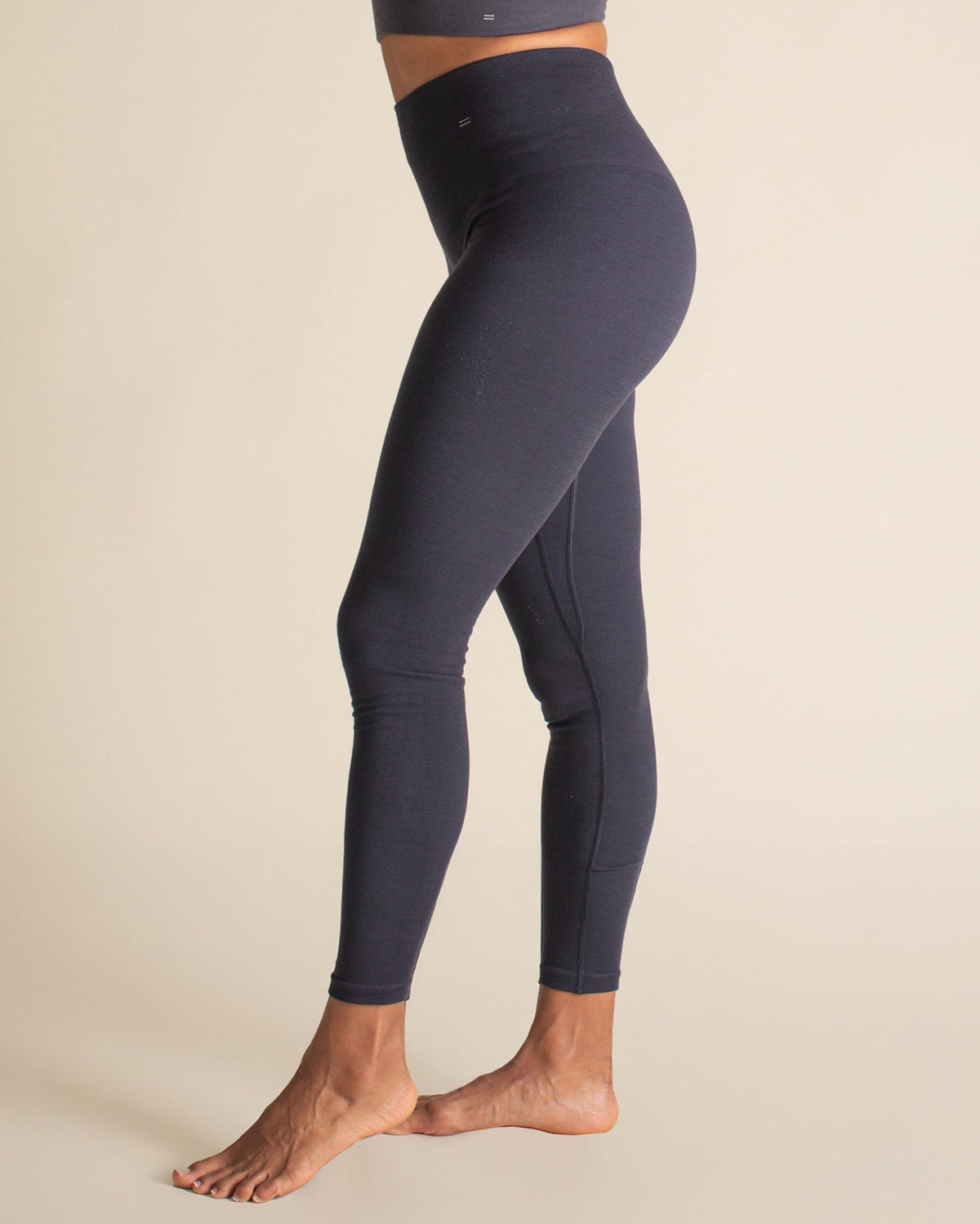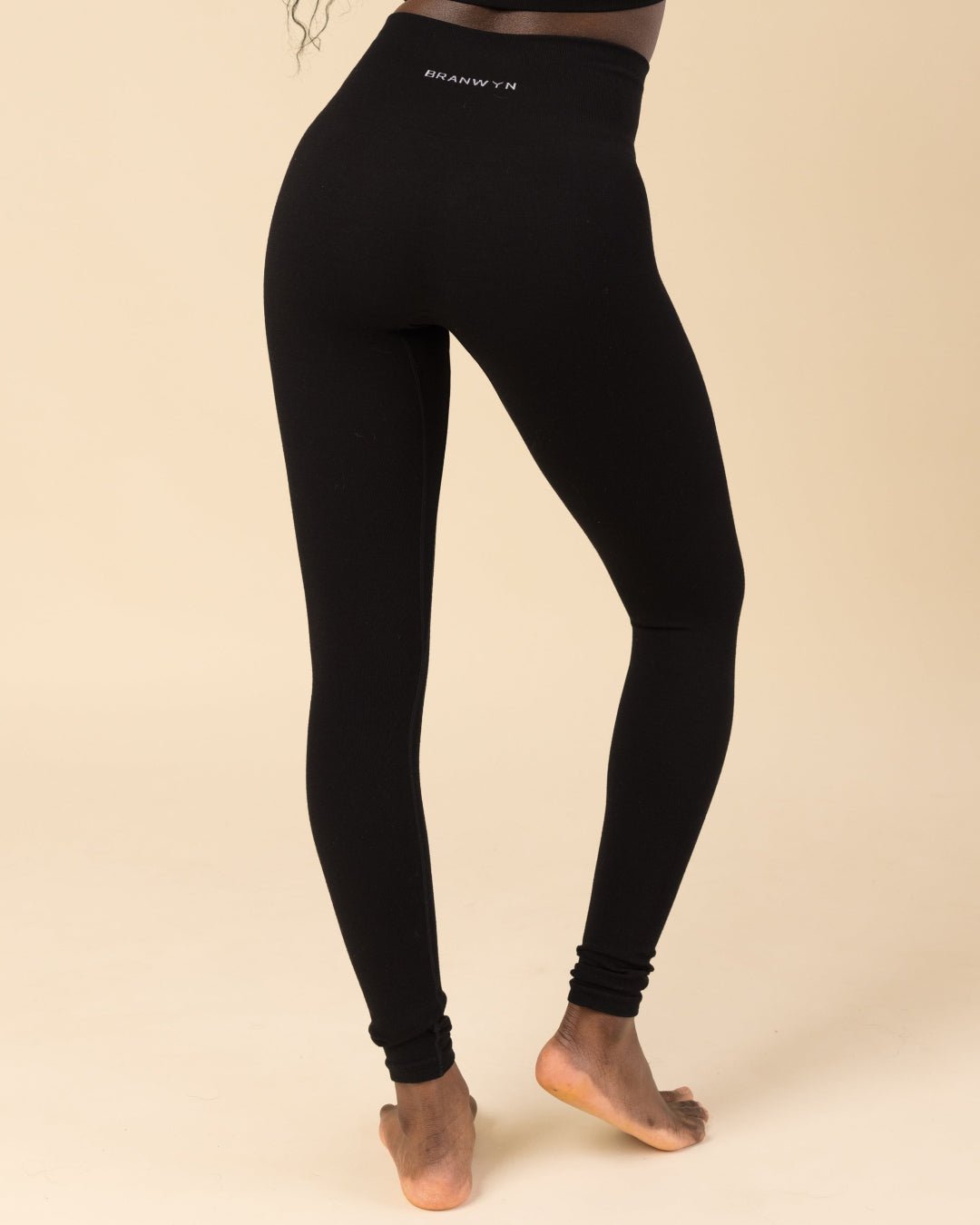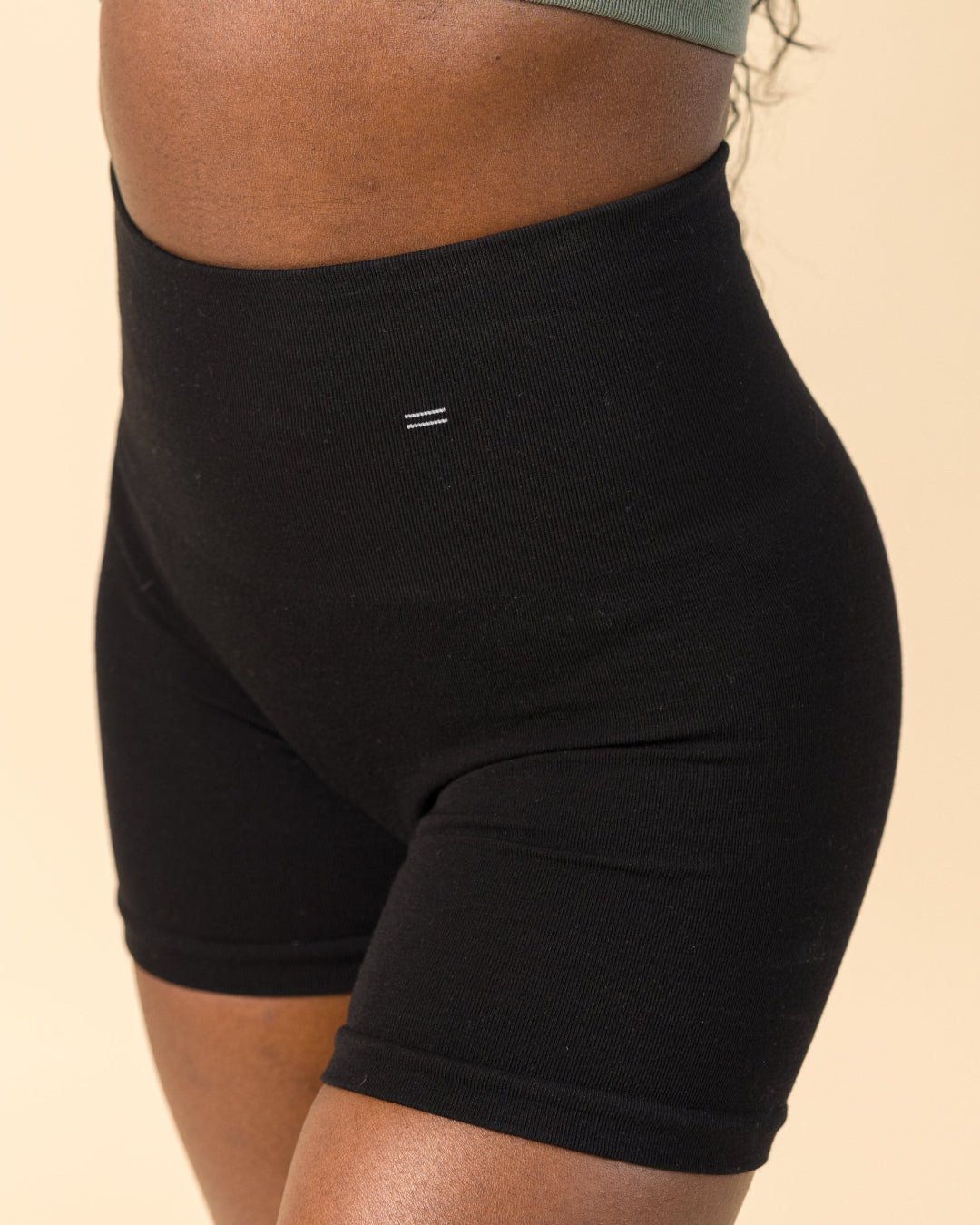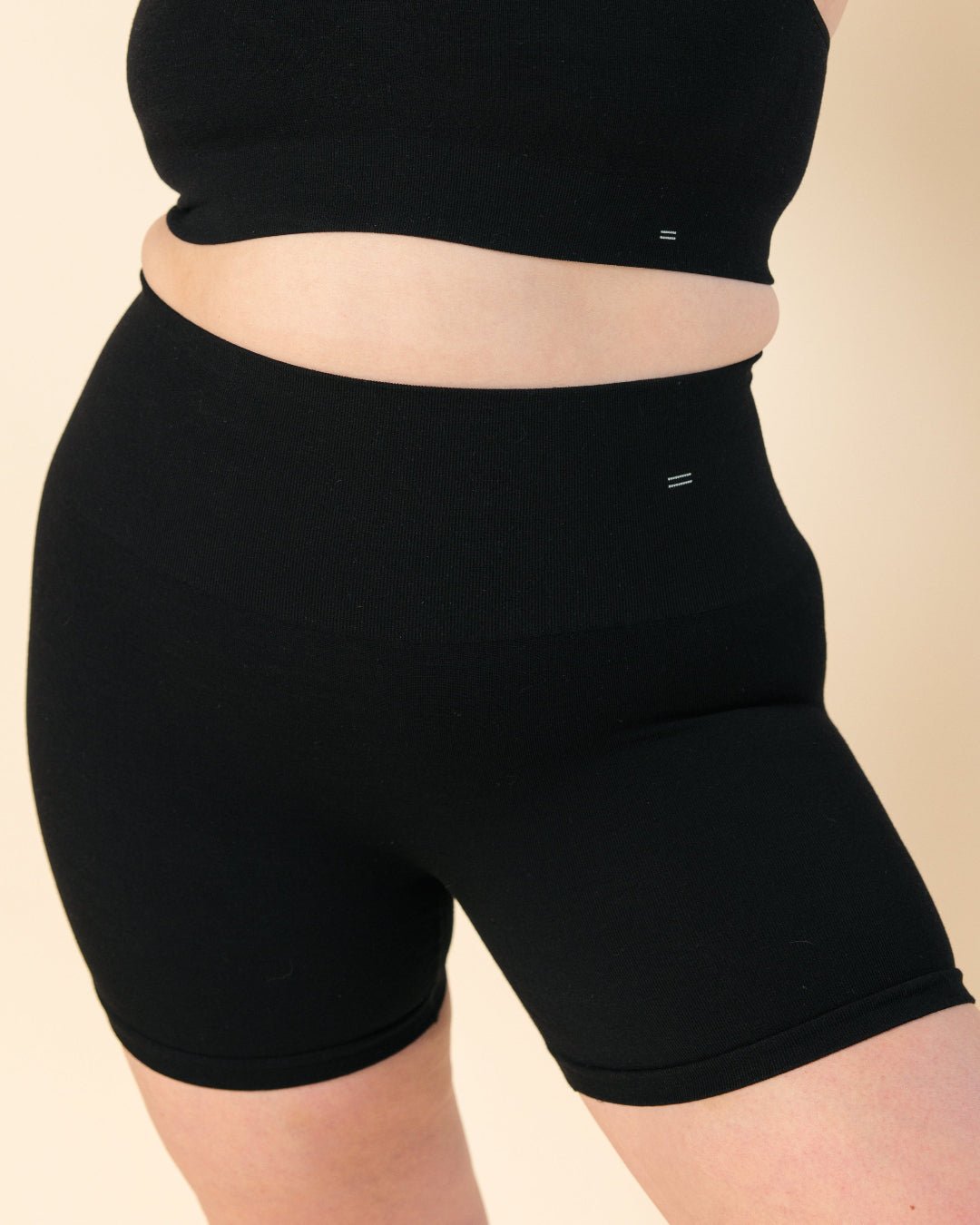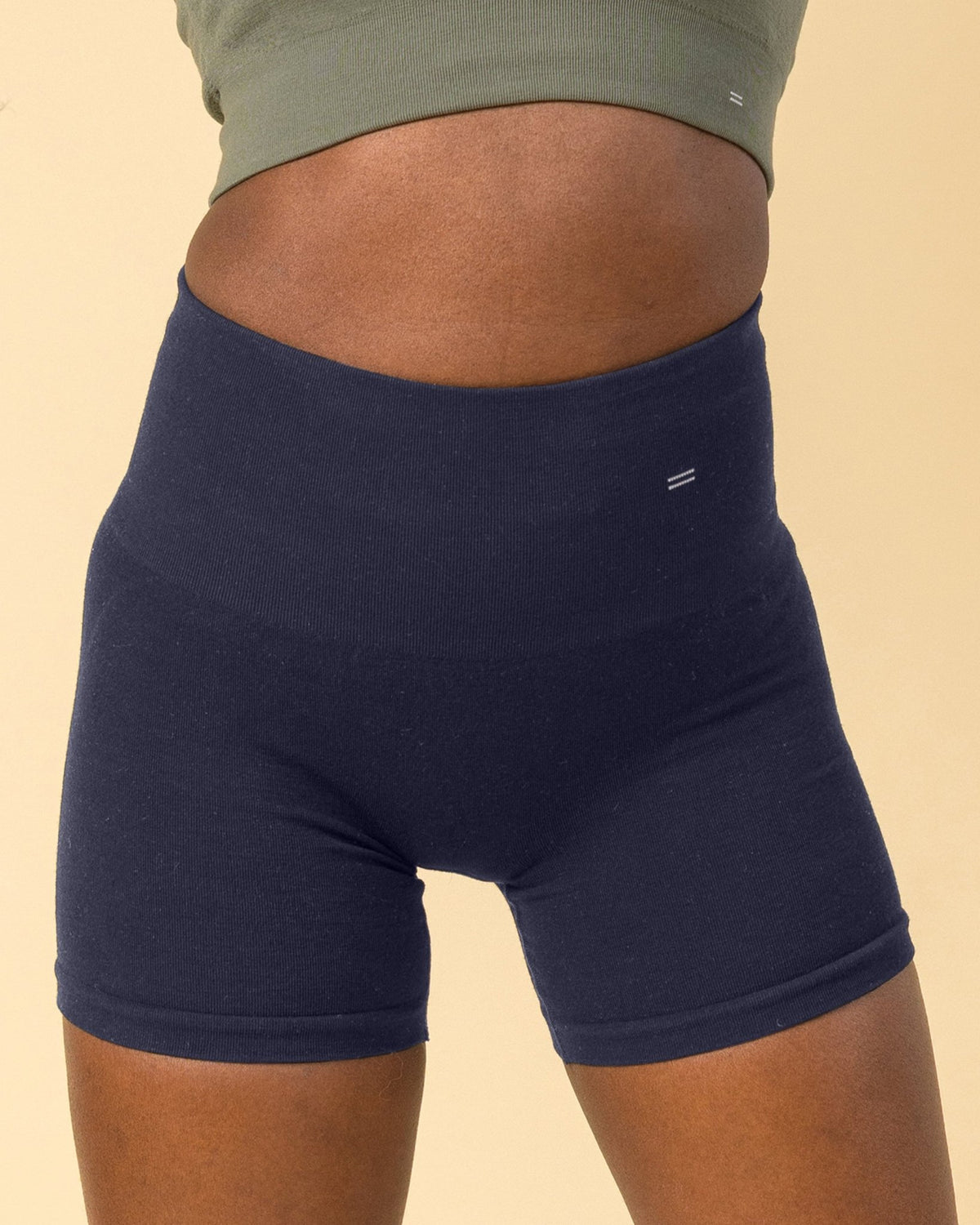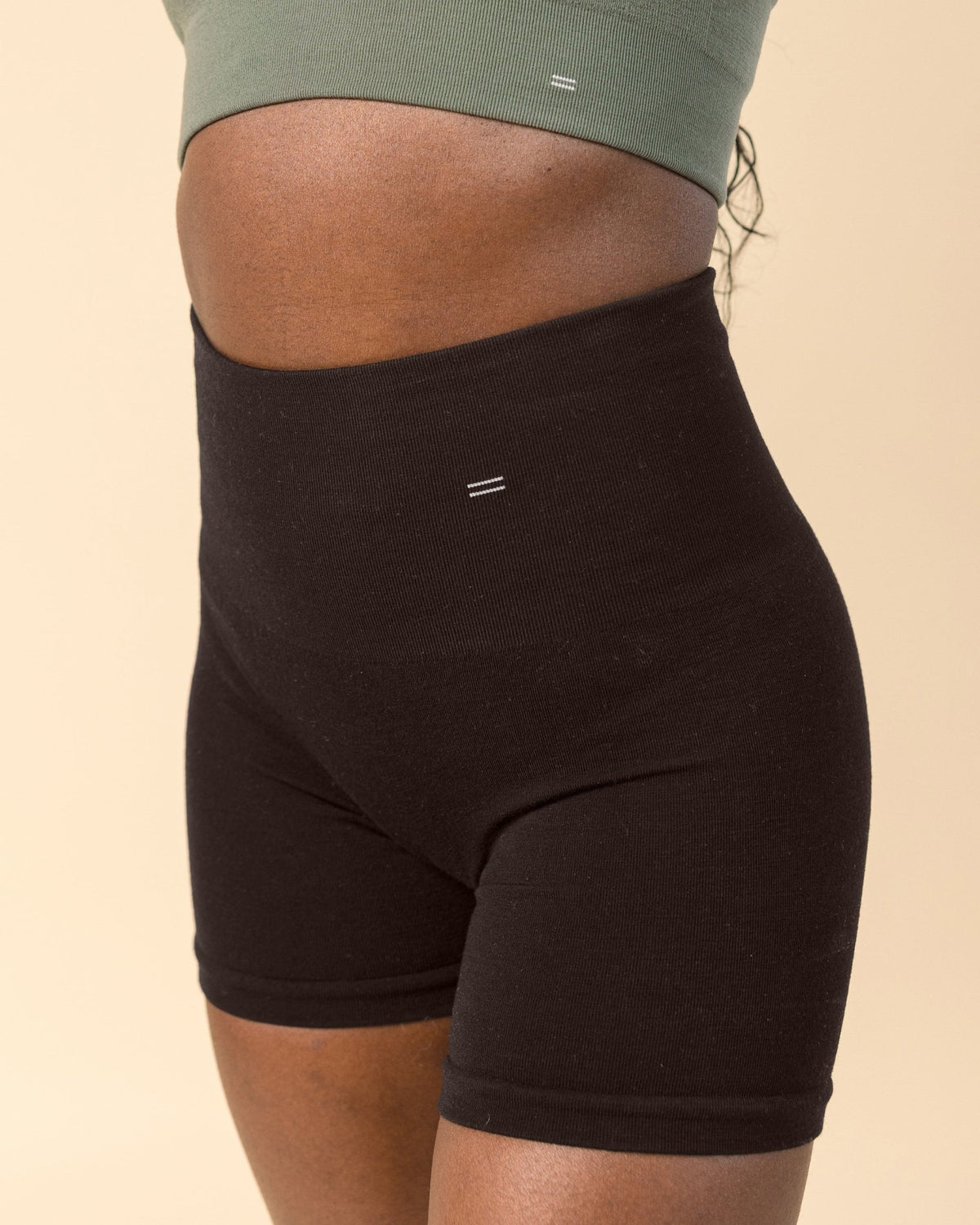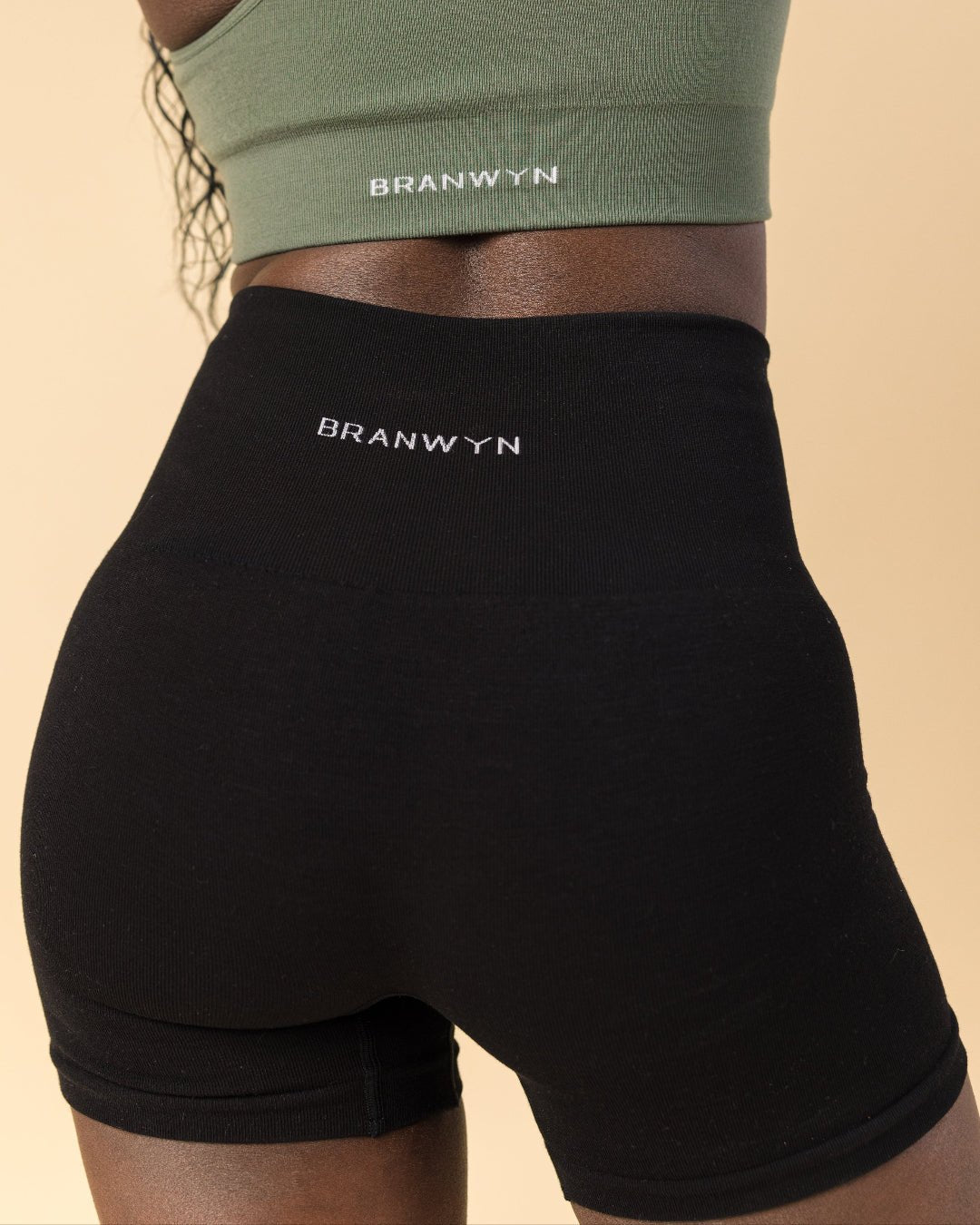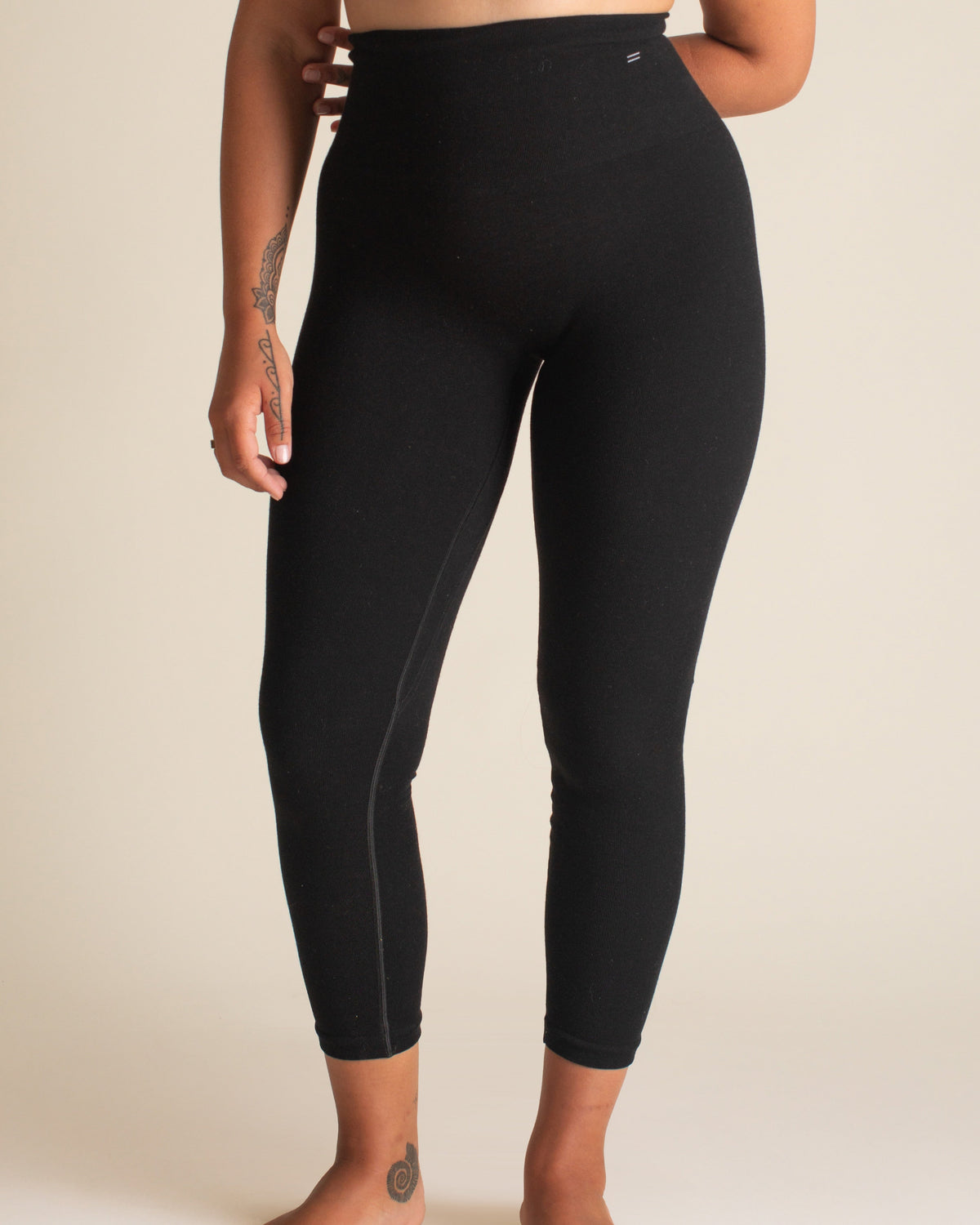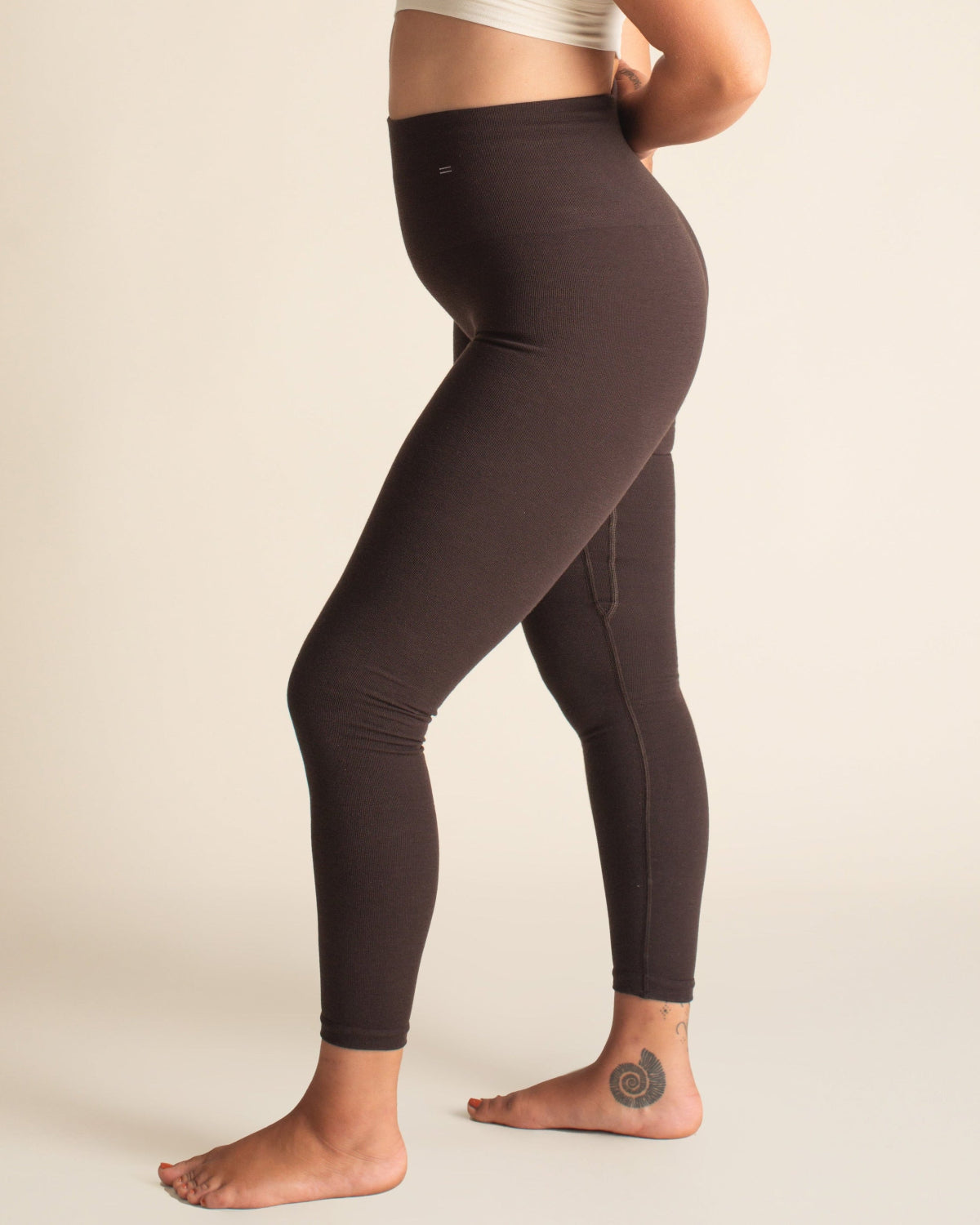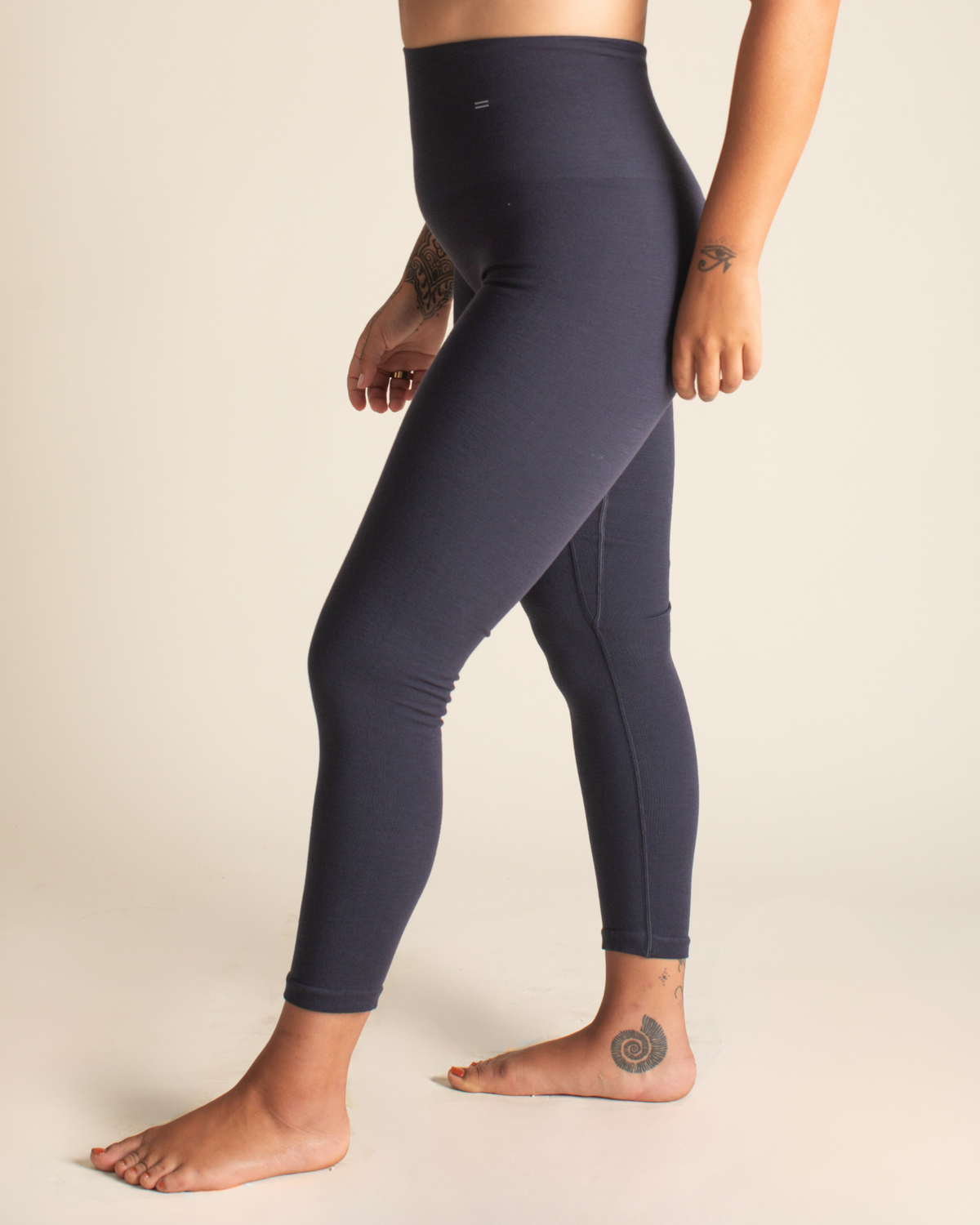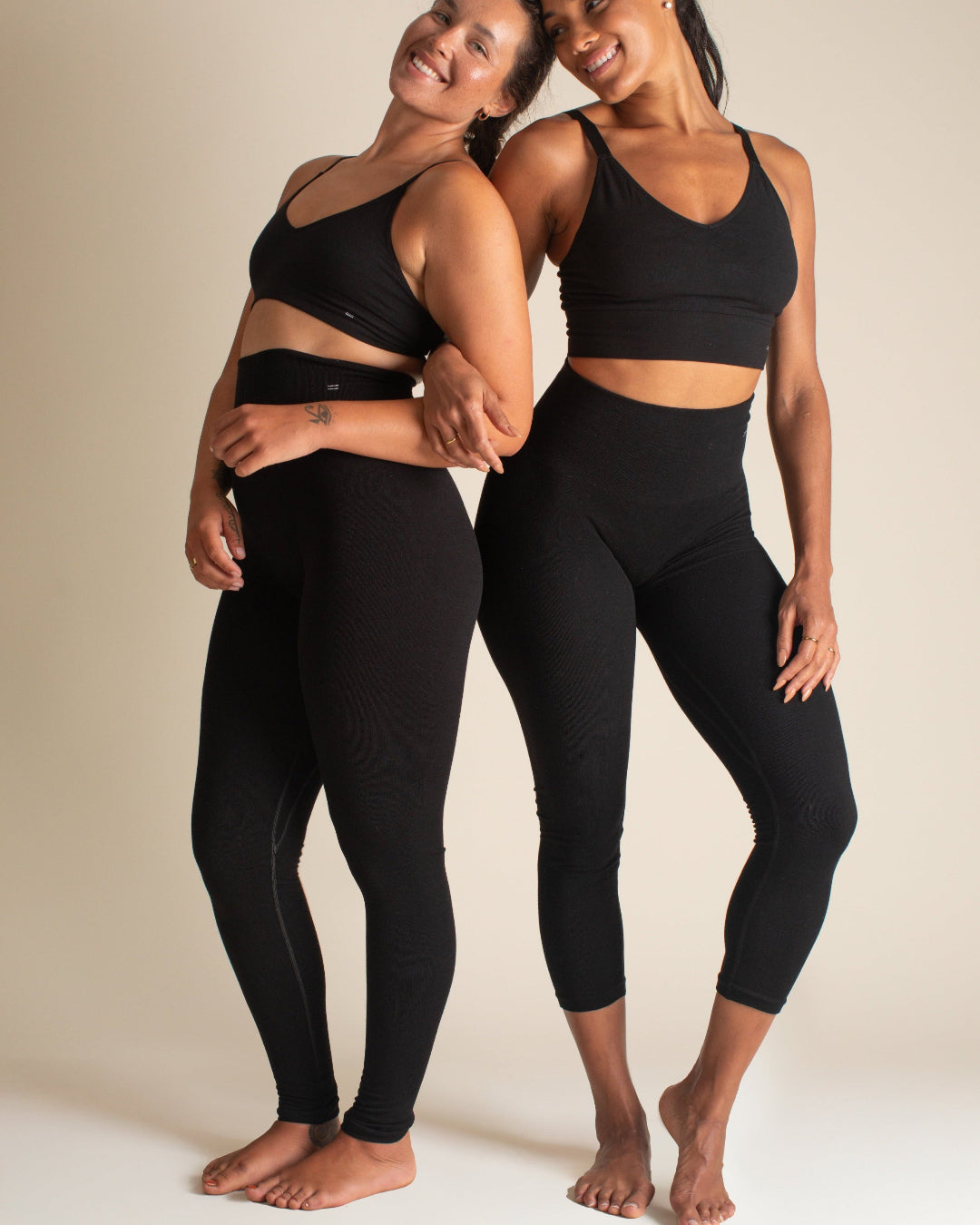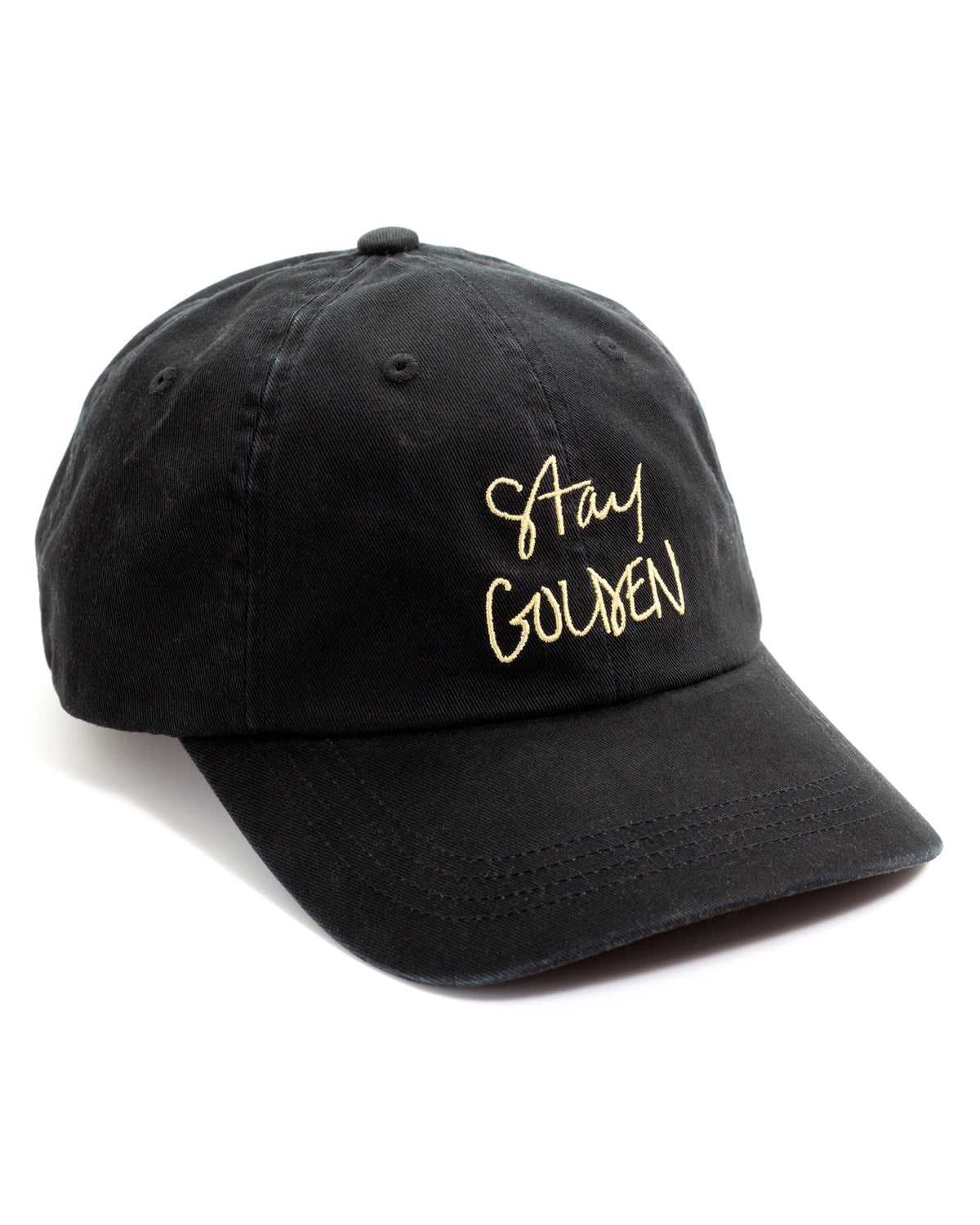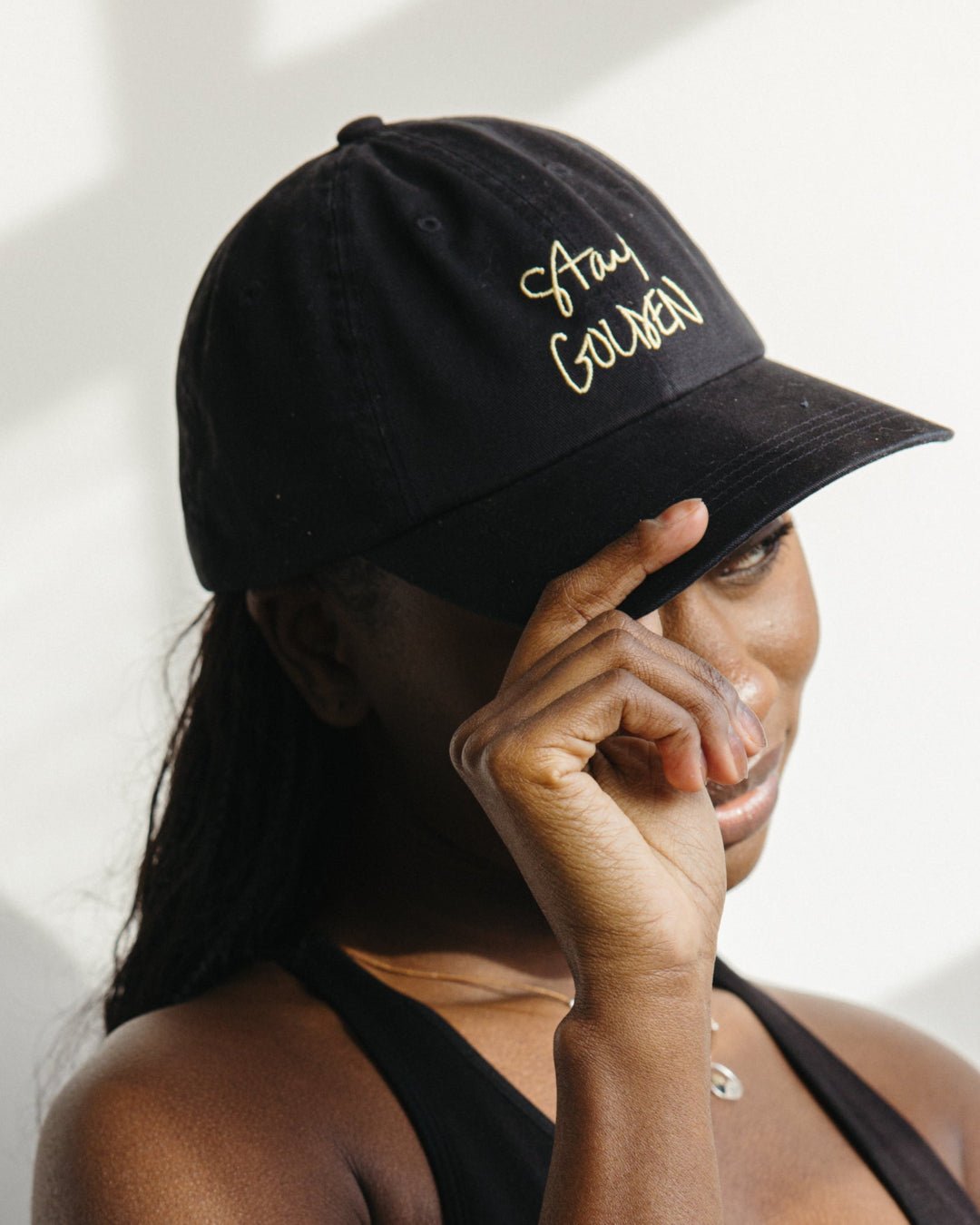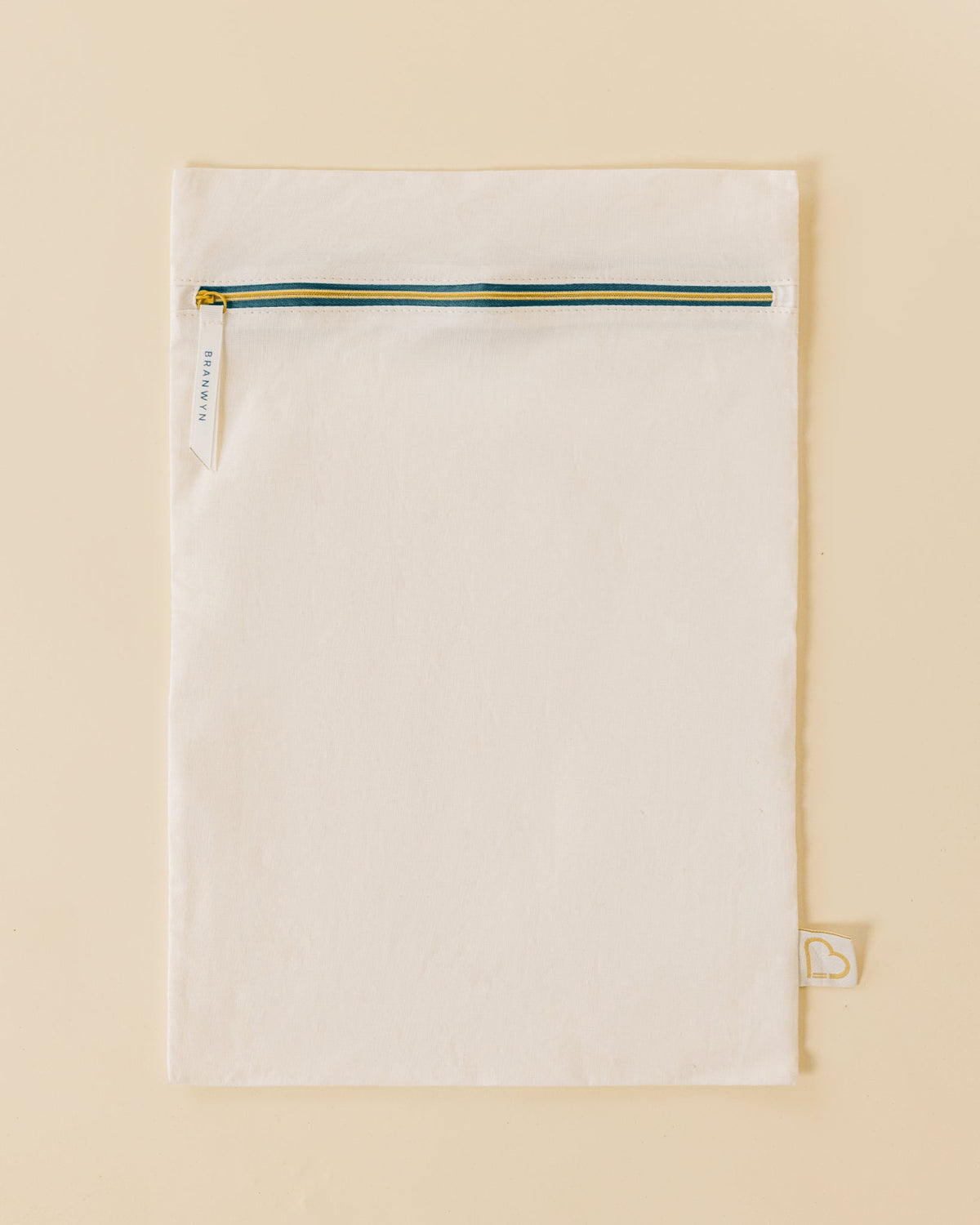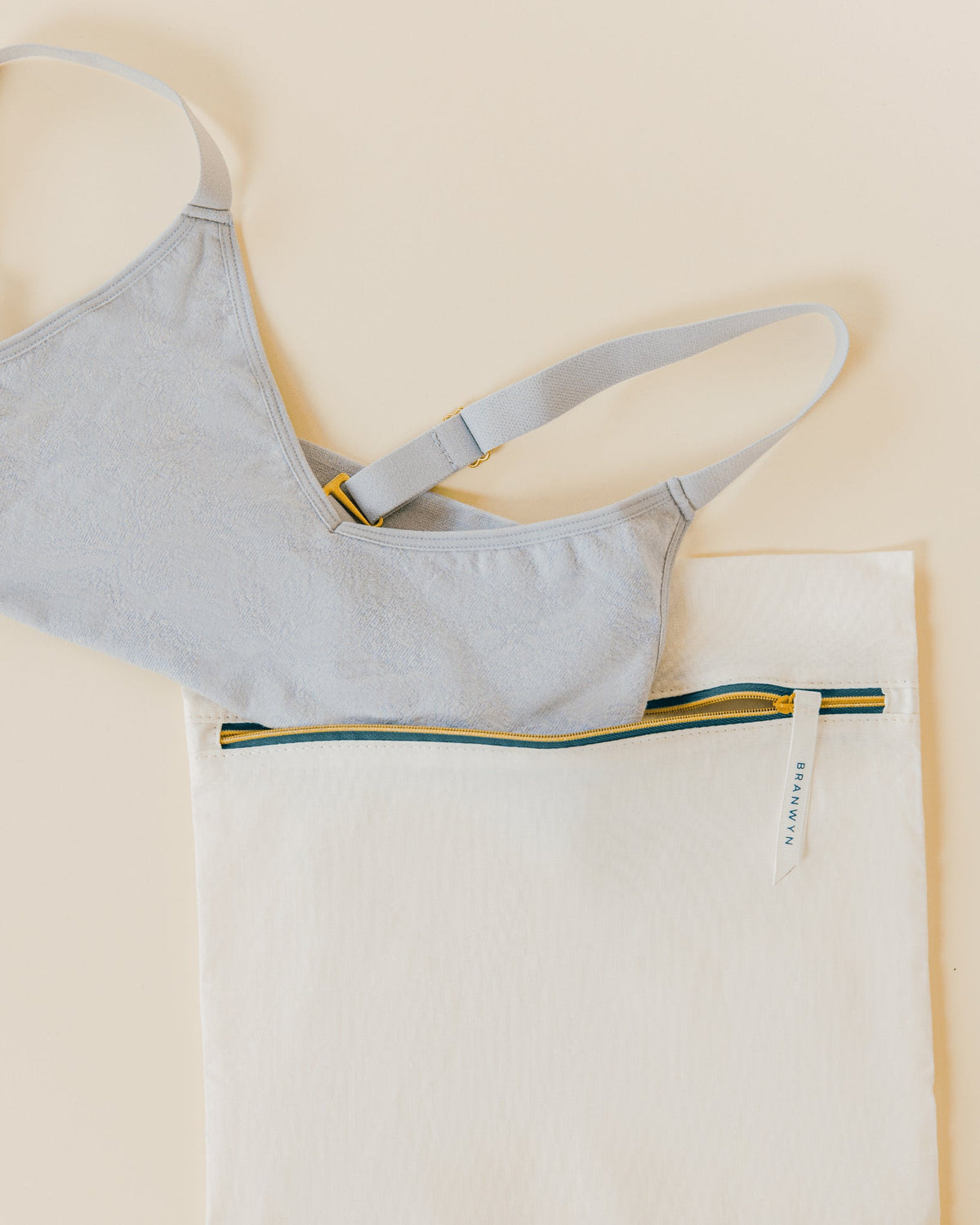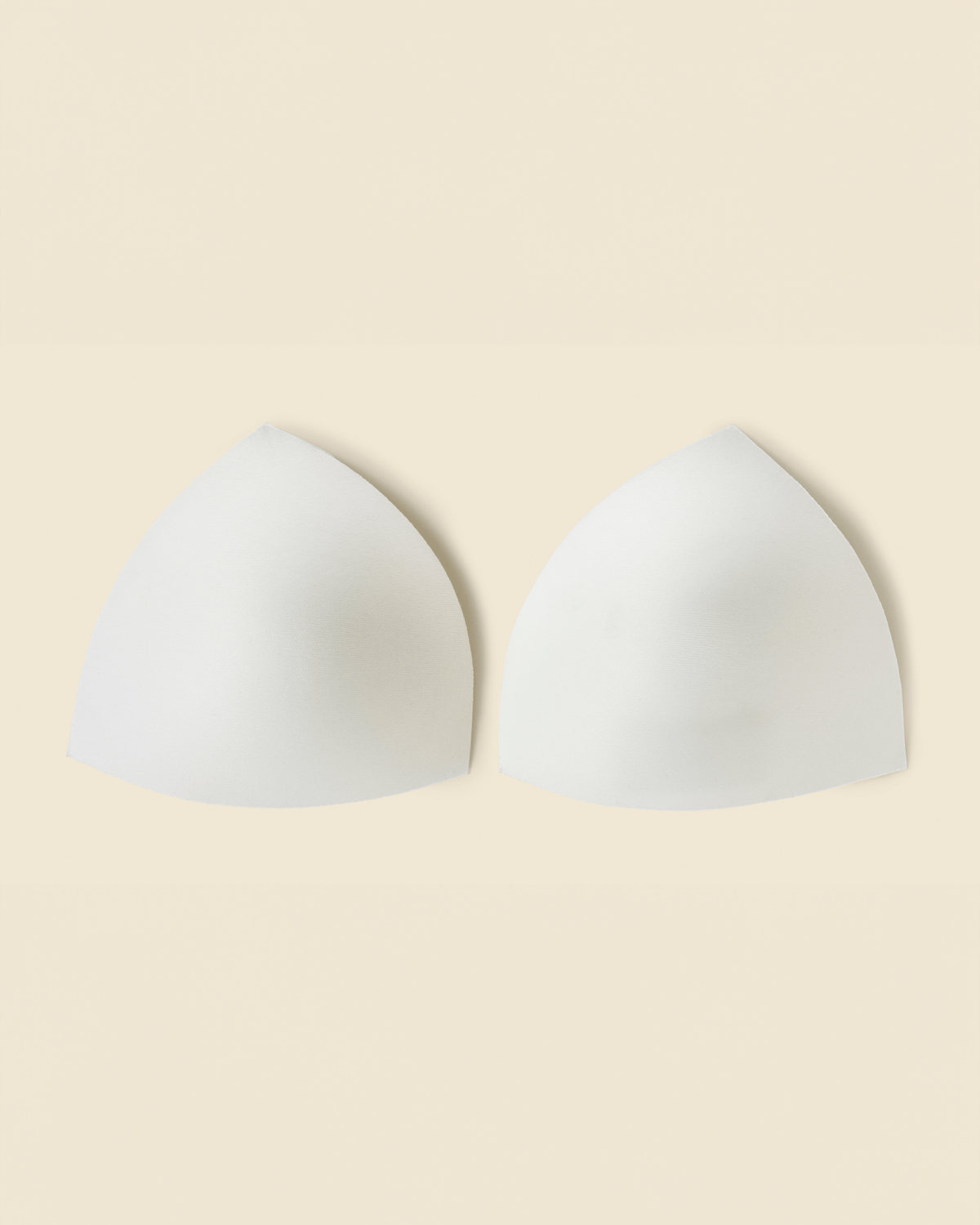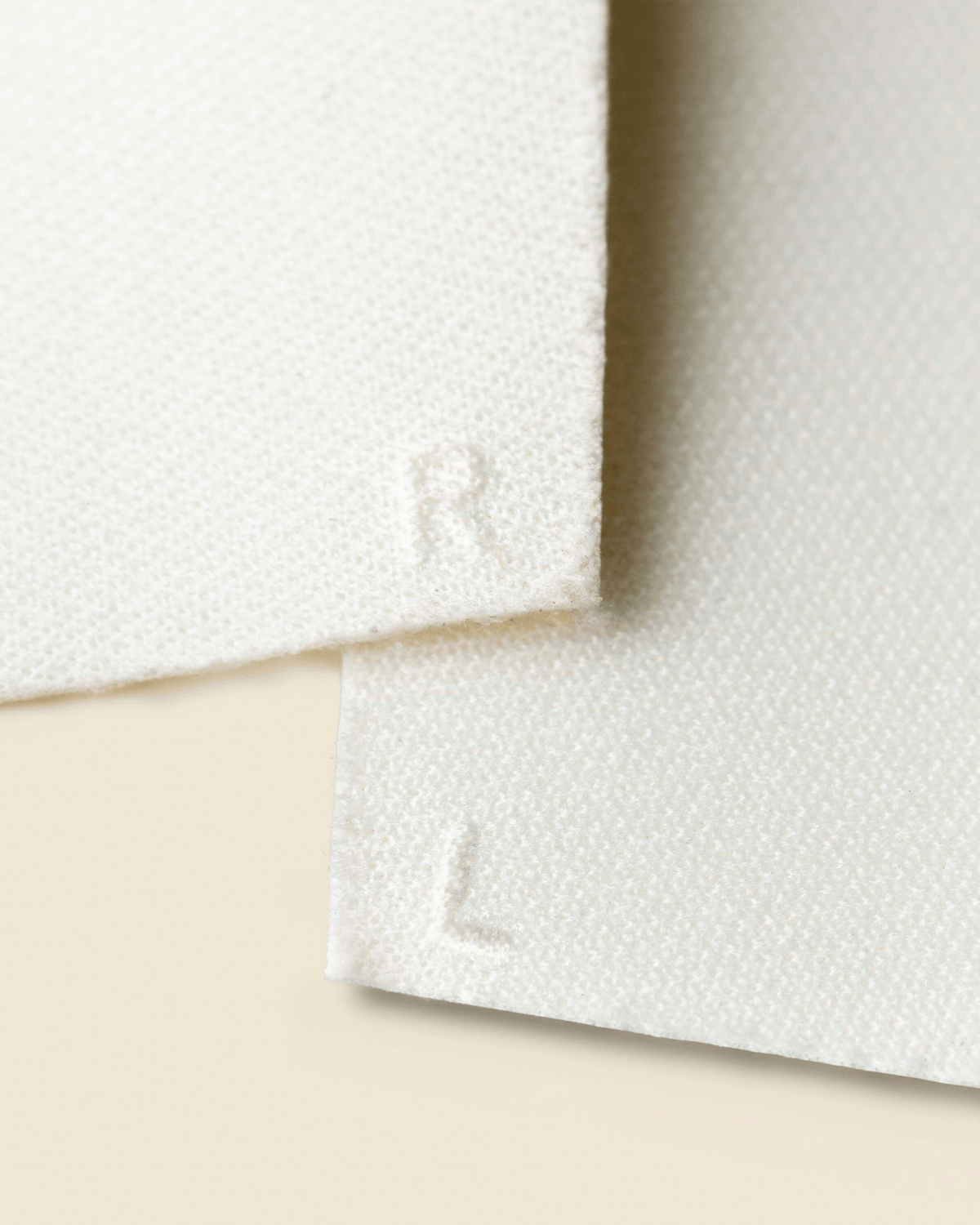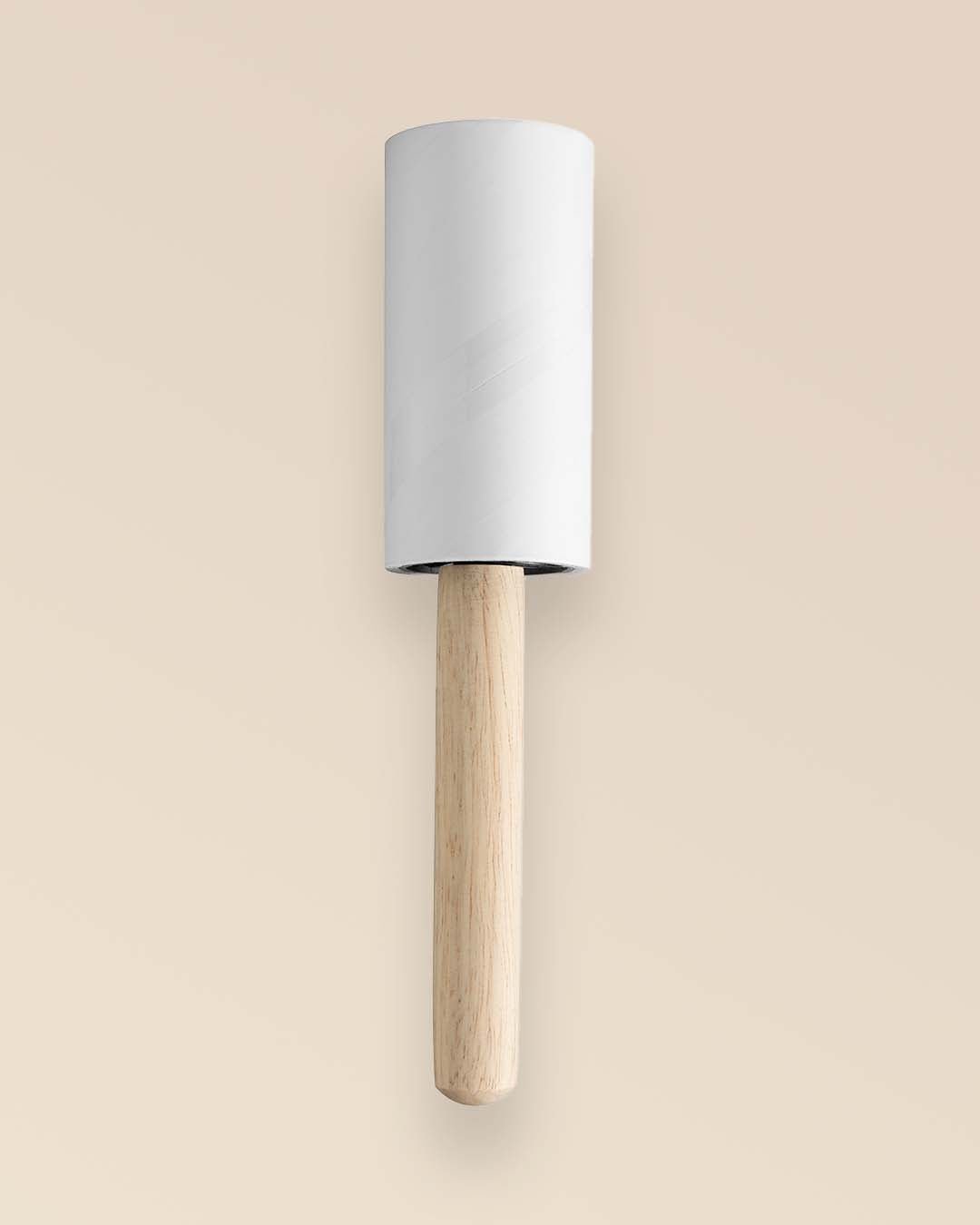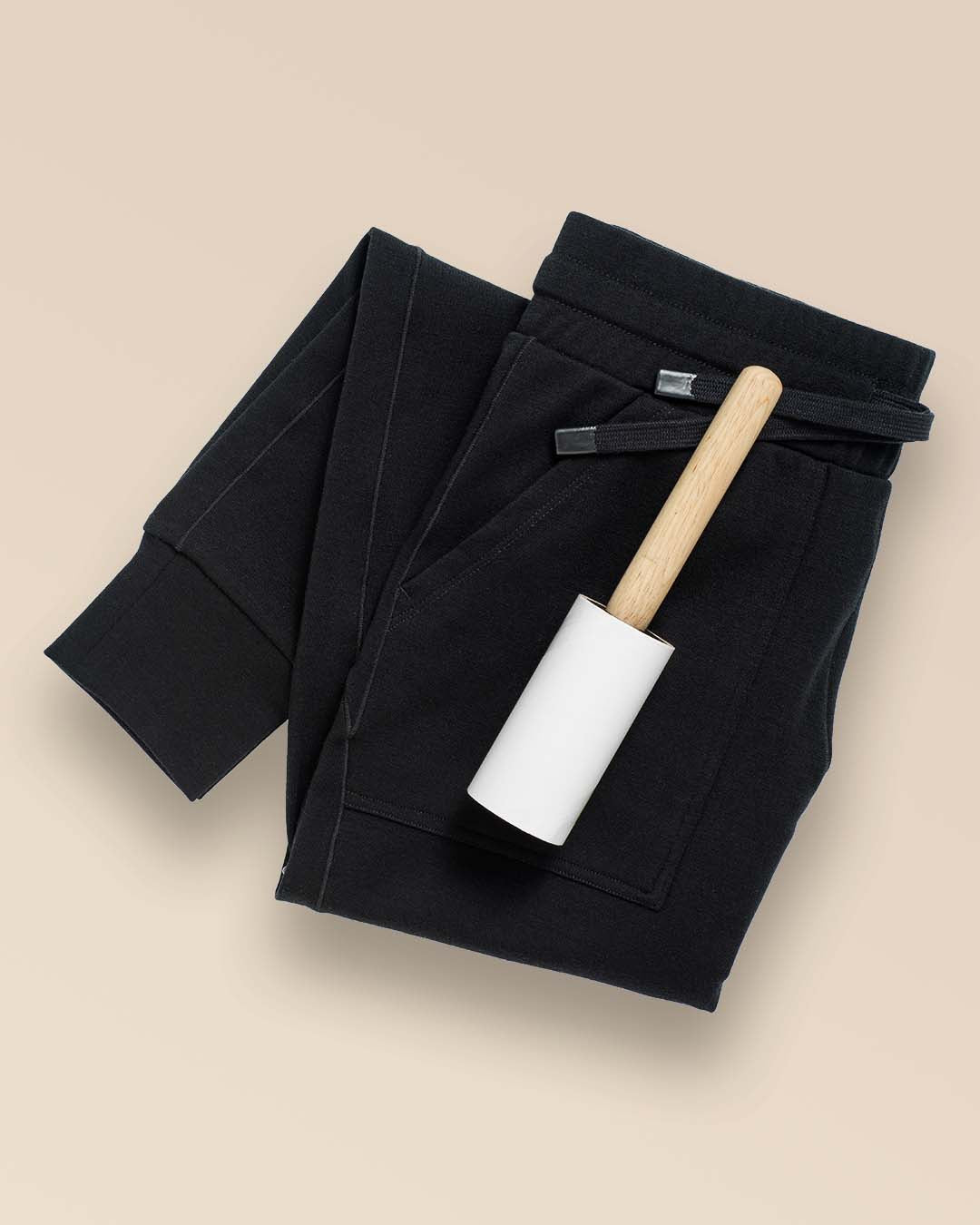When we’re moving our bodies—charging up an incline on an all-day hike, flowing through a sun salutation at the beginning of yoga class—we often think about our muscles, heart, and lungs. However, there’s another body part that’s taking a serious pounding: our breasts.
Run for an hour, and your boobs will bounce about 10,000 times. That puts some serious strain on our Cooper’s ligaments (connective tissue), causing pain and discomfort. Hormonal fluctuations and chafing issues can make this problem worse.
It’s no wonder sports bras that help keep our breasts supported play such a critical role in our athletic lives. The right bra can make or break a workout session, and access to bras can help keep girls' sports careers on track. “We know that girls report body confidence as a number-one reason for drop-out in sports,” says Kimberly Clay, PhD, MPH, MSW, Founder and Chief Executive Officer of Play Like a G!rl, a nonprofit that helps improve access to sports and STEM education to girls and a BRANWYN Empowerment Partner.
Still, for years—centuries in fact—women have had to go without. Here’s a look at some fascinating moments in athletic bra history, and how the new Essential Racerback Sports Bra from BRANWYN is changing the game.

Athletic Bras in Ancient Times
The first known depiction of women wearing supportive undergarments while participating in sport dates back to the 4th century. The mosaic at the Villa Romana del Casale in Sicily shows women running, lifting weights, and throwing a discus while wearing a strophium (a tight linen strip tied around their breasts). In Ancient Rome and Greece, women’s athletics were a central part of the culture. The women’s-only Heraean games, held every four years, focused on foot races, while women also participated in sports like hunting, pyrrhic dance, and wrestling.
The Dark Ages
What follows the creation of the stunning Silician mosaic is what Dr. LaJean Lawson, sports bra research pioneer and industry consultant, calls “the dark ages.” During this long athletic-bra winter, women were largely barred from exercise and sport—and the ones that participated simply made do.
Bobbi Gibb, the first woman to finish the Boston Marathon wore a one-piece swimsuit, tennis star Billie Jean King would wrap an ace bandage around her chest, and Lawson says she would let out the straps of her regular bra and secure it in the back to fashion a DIY racerback style. “I ended up with bleeding abrasions on my shoulders and chest, after my first marathon,” she remembers.

Big Breakthroughs
A watershed moment in women’s sports, the federal civil rights law Title IX passed in 1972. It would open the floodgates for female athletes—and create a pent up demand for proper garments that would help them play.
Shortly after, the first commercially available exercise bra was born. While big companies were ignoring the needs of female athletes, in 1977 three women— Lisa Lindahl, Polly Smith, and Hinda Schreiber—decided to take matters into their own hands. Their Jogbra was first prototyped by sewing two jockstraps together. “All of a sudden, I wasn’t having to pull up my bra straps, and I wasn’t getting horrible comments when I ran down the street,” Lindahl has said. The Jogbra went on to sell 25,000 units in its first year, attracting the attention of big corporations.
Within the next few years, then-PhD student Lawson decided more attention deserved to be paid to the development and construction of this critical piece of apparel. She began studying breast movement using a movie camera, and in 1984 published the first scientific study of sports bras, which showed that different styles of bras worked best for different breasts.

Bras Go Centerstage
In the 90s and early 2000s, sports bras went from something women typically sported under their uniforms to a critical part of the uniform itself. For the 1996 Olympics in Atlanta, Georgia, Champion unveiled the first women’s Olympic uniform that included a sports bra. The incredible sprinter Gail Devers went on to win gold while staying supported with red-white-and-blue bras.
At the World Cup in 1999, soccer star Brandi Chastain kicked the winning goal and tore off her shirt in an act of celebration in a moment that would be dubbed the sports bra seen round the world.” The act of unbridled celebration created one of the most famous moments in women’s sports. “I had no idea that would be my reaction,” Chastain has said. “It was truly genuine… it was joy and it was gratitude all wrapped into one.”
A Call for Better Solutions
While some sports bras were certainly better than none, with more women getting after it on the trails, court, and slopes, the call for additional undergarment options grew. Physiotherapist Dr. Deidre McGee noticed that the athletes she worked with struggled with “nipples and breasts flying everywhere.” In an effort to move the industry forward, she founded Breast Research Australia (BRA) in 2007, the first organization dedicated to the study of breast movement. A decade later, in 2019, Outside magazine published a report that 61 percent of women still were unhappy with the sports bras available to them.
Women not only wanted more comfortable options, but more healthy and sustainable styles, too. A report released by the Center for Environmental Health (CEH), found that BPA was present in sports bras from some of the most widely worn brands, exposing the wearer to up to 22 times the legal limit of the dangerous hormone-disrupting chemical.
The World’s First Naturally Sustainable Compressive Seamless Merino Racerback Bra
In a bra breakthrough, BRANWYN launched the Essential Racerback Sports Bra. Seeking to answer the call for a completely new concept, we developed the first naturally sustainable racerback sports bra created from ethically sourced, naturally sustainable ZQ-certified Merino wool. This racerback style helps answer a desire from so many active women who wanted an athletic bra that was BPA- and PFAS-free, while delivering the breathability and temperature-regulation only Merino wool can.
“I think it’s beautiful what BRANWYN is doing in terms of sustainability,” says Clay of Play Like a G!rl. “Young women especially are more interested than ever in how products they use work in the environment around them, and even more importantly there’s a security in knowing this product is built for me by women who have experienced the same things I’ve experienced as a girl.”
Looking Forward
The future of athletic bras and the growth of women in athletics are inextricably linked. “The parallels in the development and adaptation of the sports bra and the growth of women’s sports are essential to one another,” says Lawson. As a researcher and developer, she is most excited about the potential of more solutions that cater to a wide variety of women’s needs, desires, body types, breast shapes, and activities. From Clay’s perspective, a focus on access to athletic undergarments and awareness from coaches about how to educate girls on their needs are critical next steps.
At BRANWYN, we’re excited to continue to push the envelope in creating solutions that are as environmentally friendly and bio-safe as possible, while supporting women in whatever they wish to do.
What would you love to see from the future of athletic bras? Let us know any time by sending a DM to @branwynofficial. We can’t wait to hear from you!

